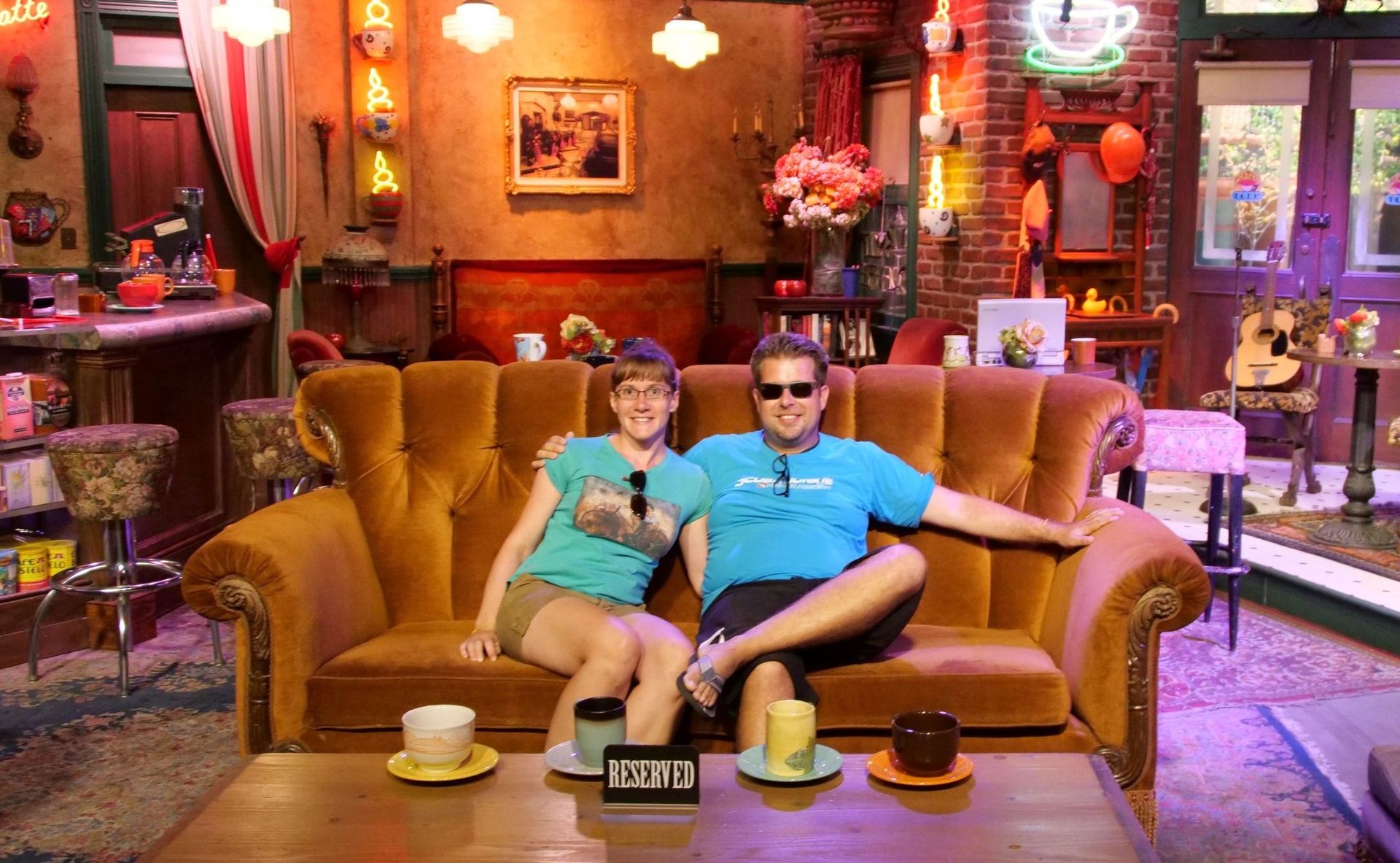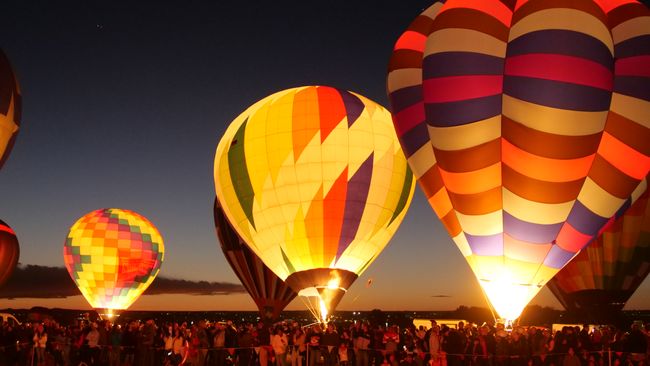
anne & ben um die welt
vakantio.de/anne_und_ben_um_die_welt
27/03/2023 to 29/03/2023 - Chiloé / Chile
Ku kandziyisiwile: 05.04.2023
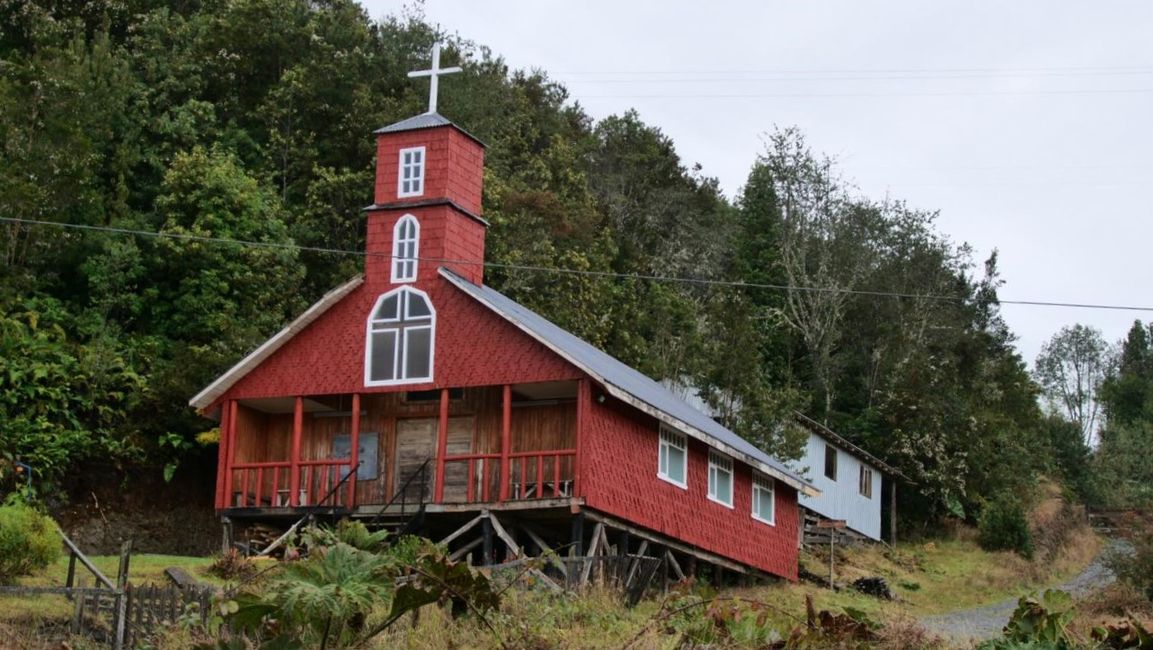
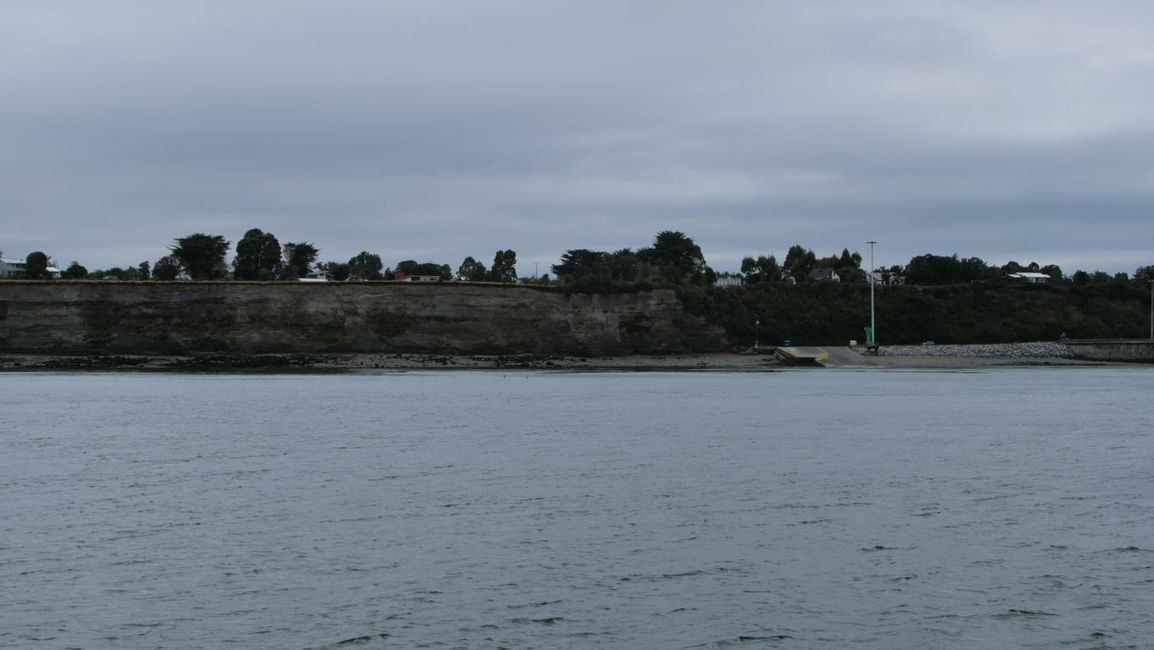
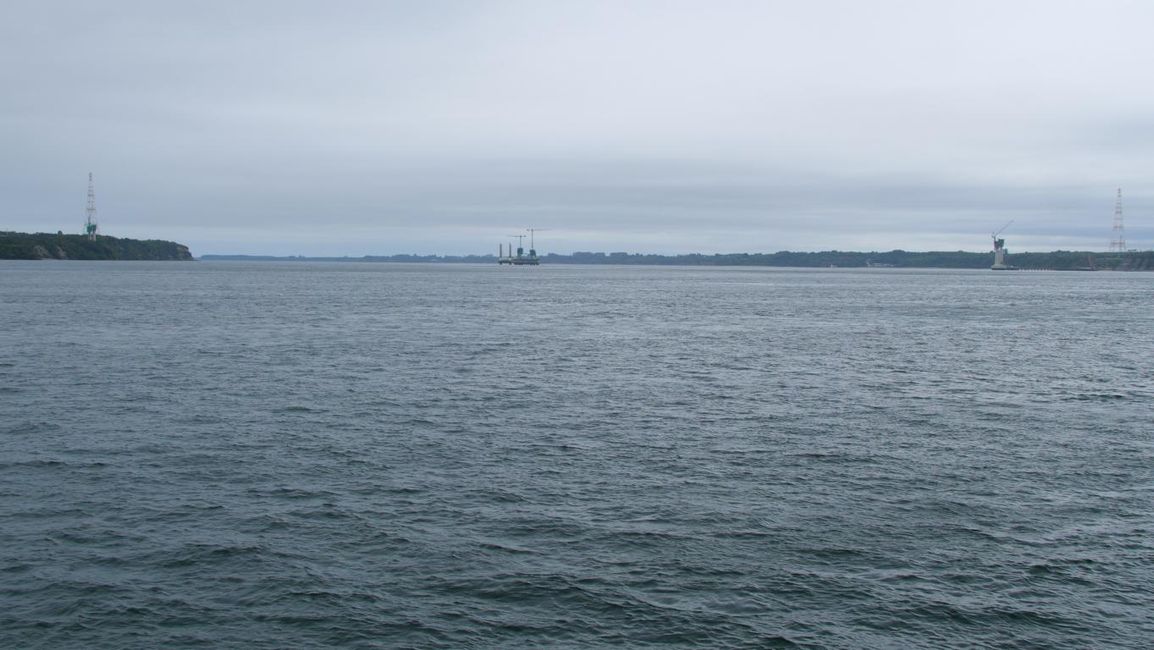
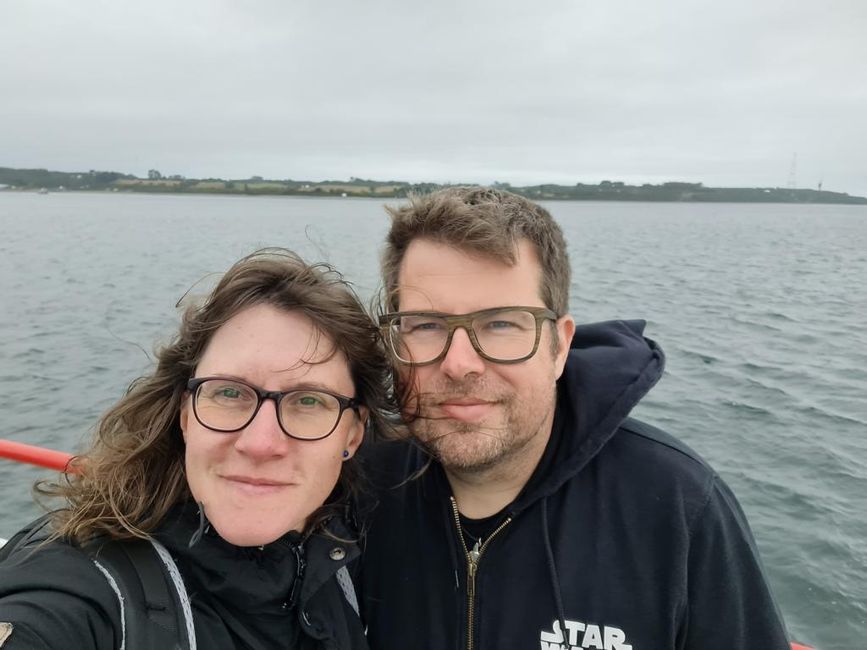
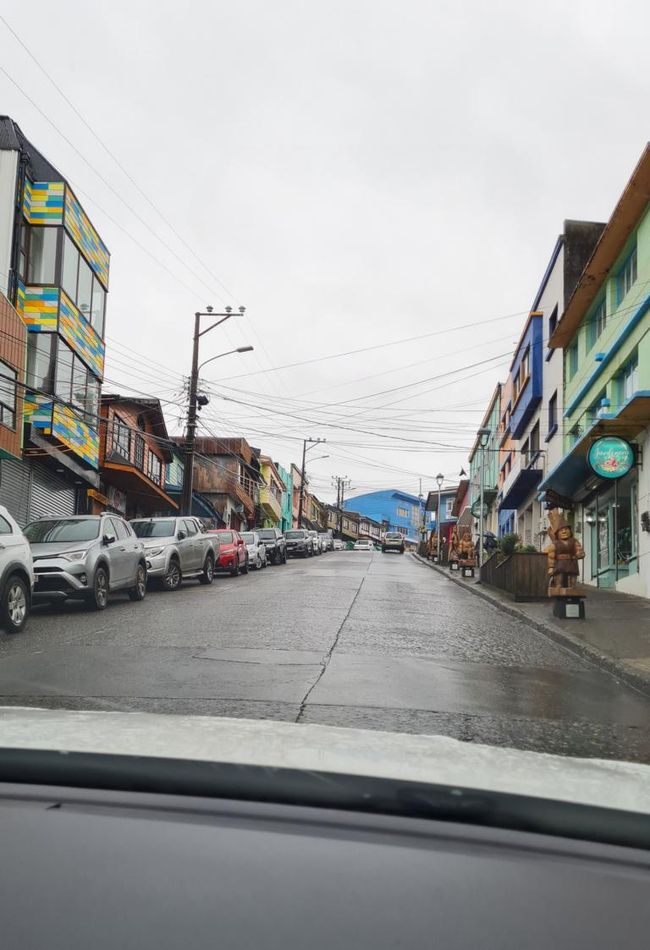

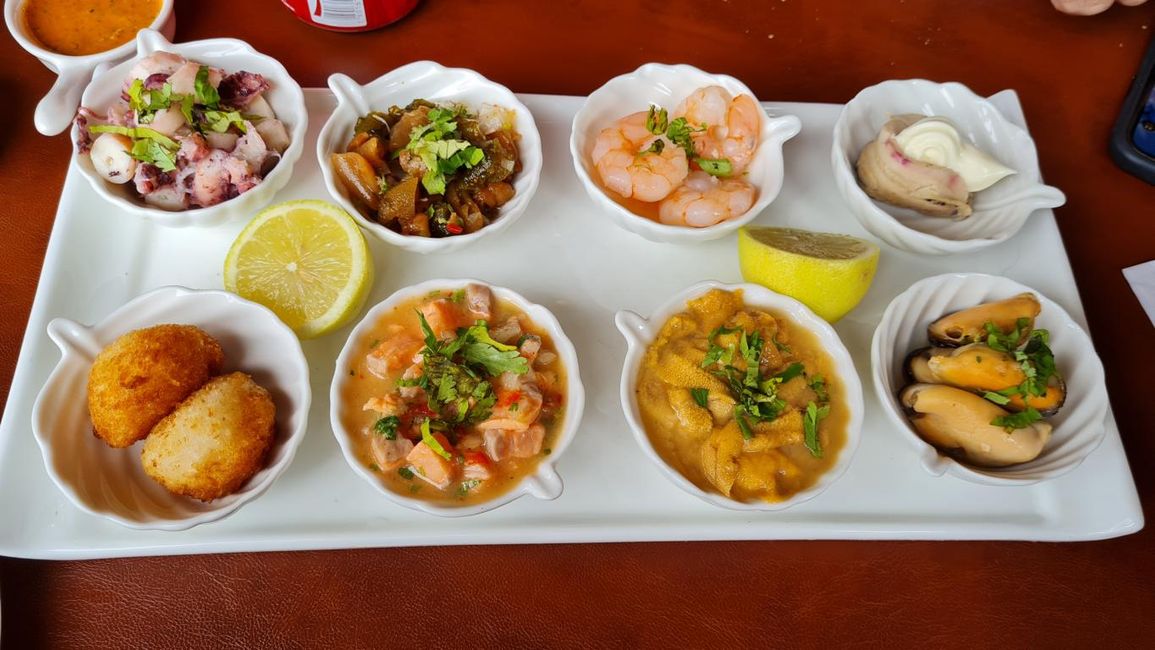
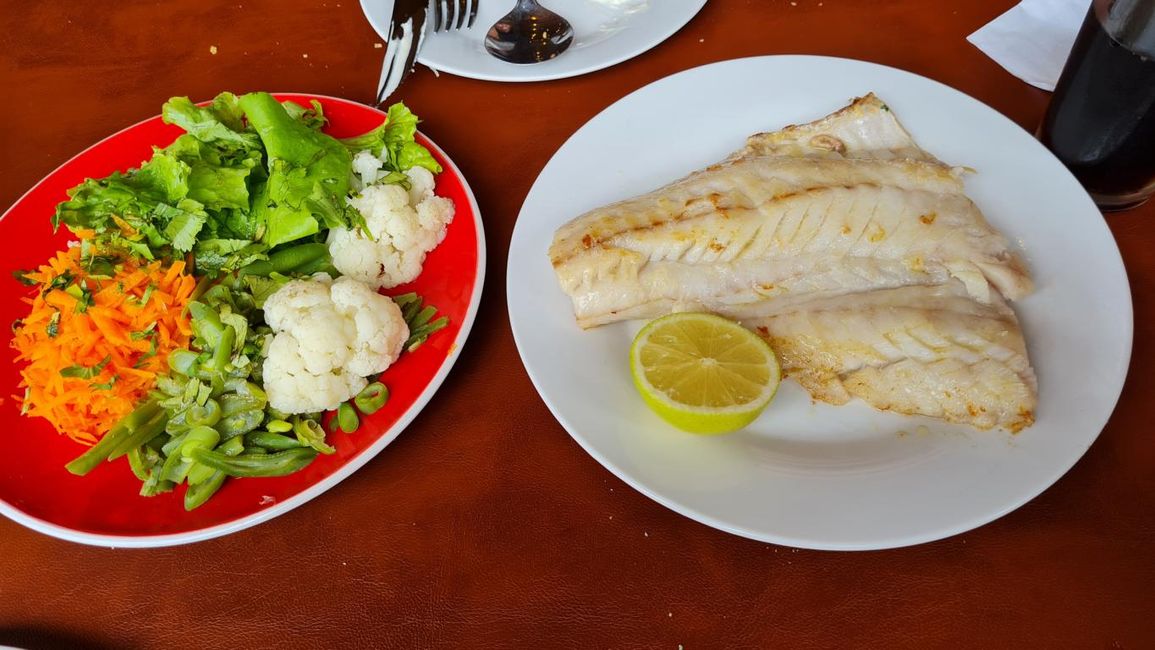
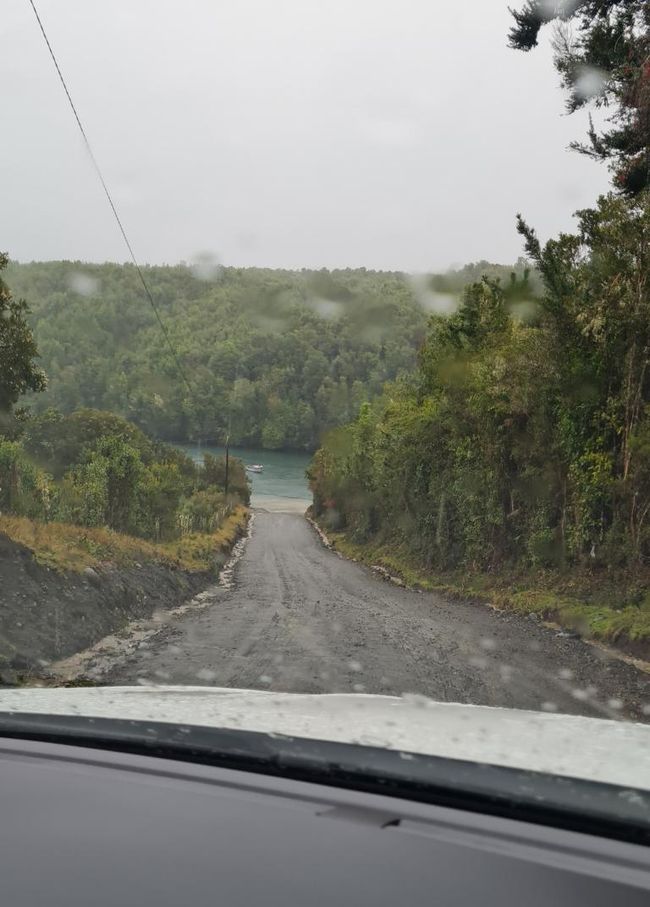


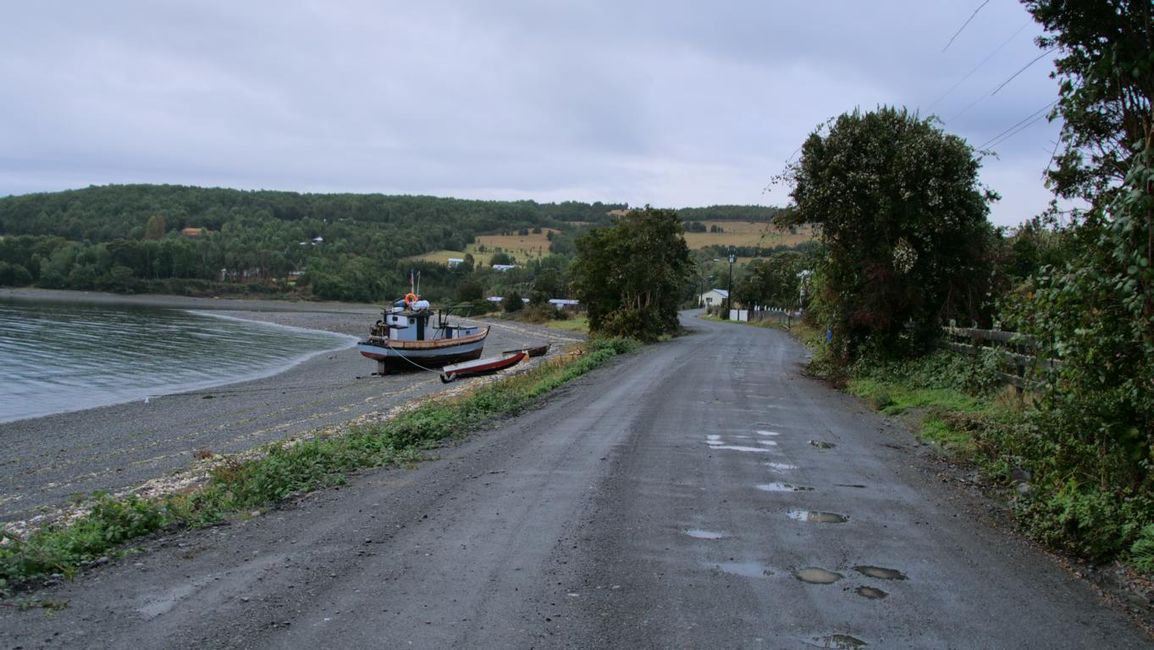
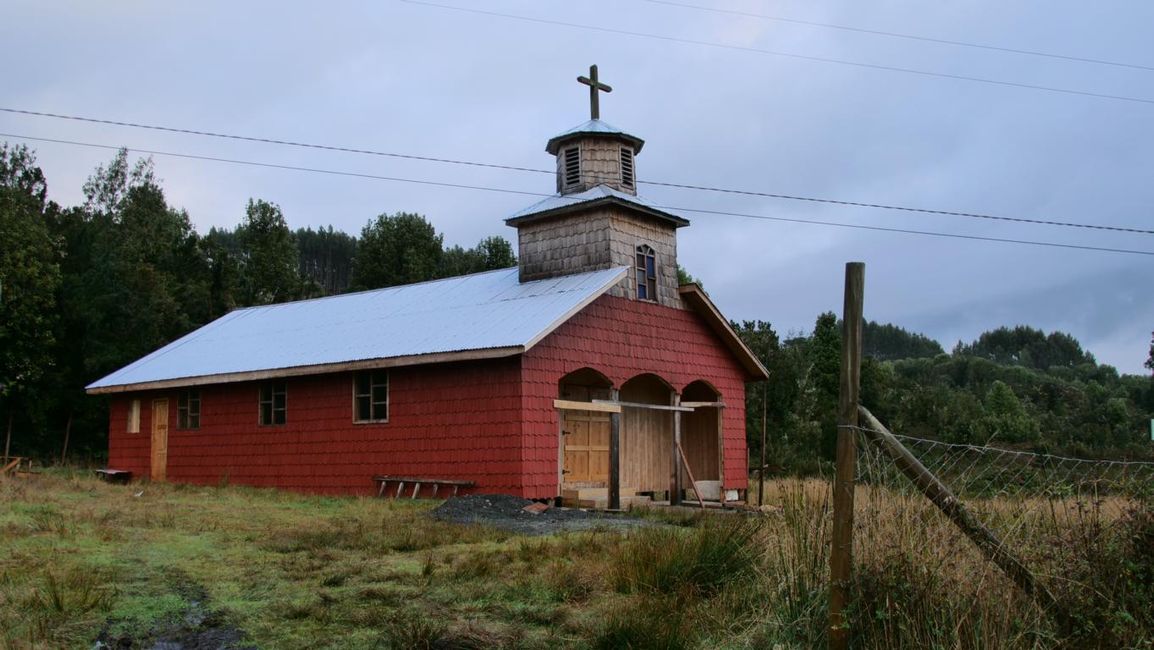
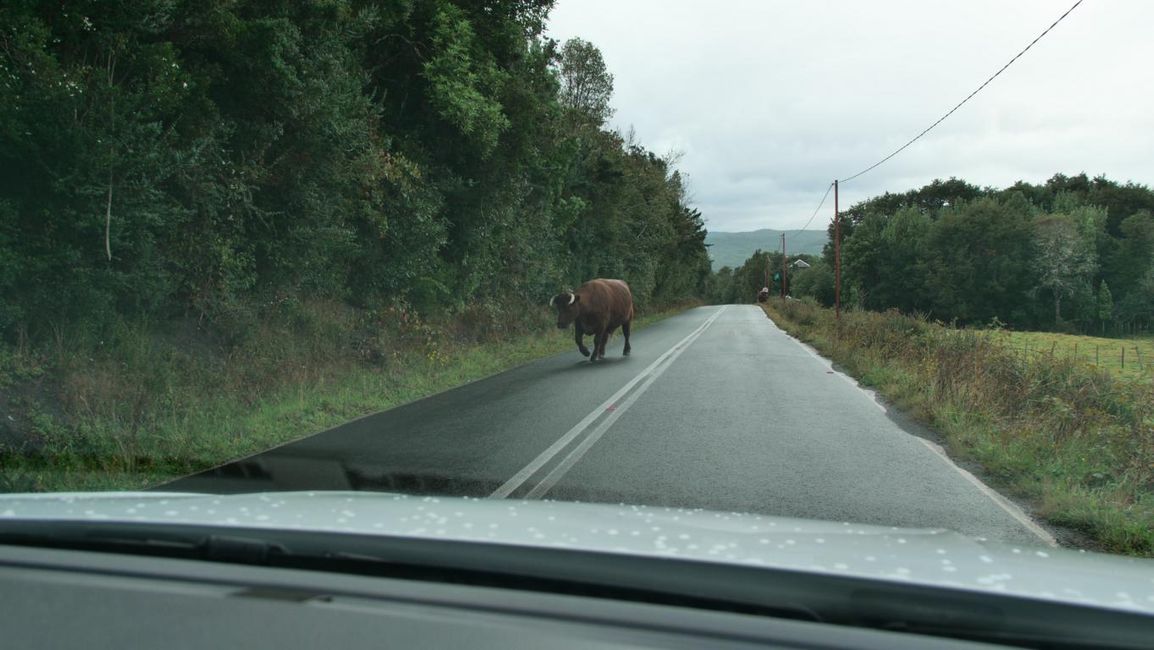
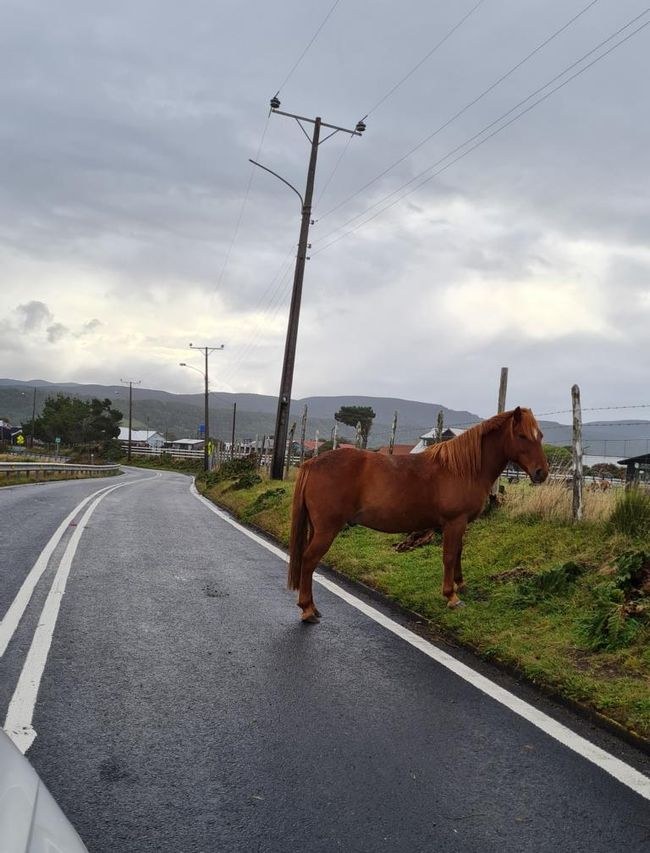
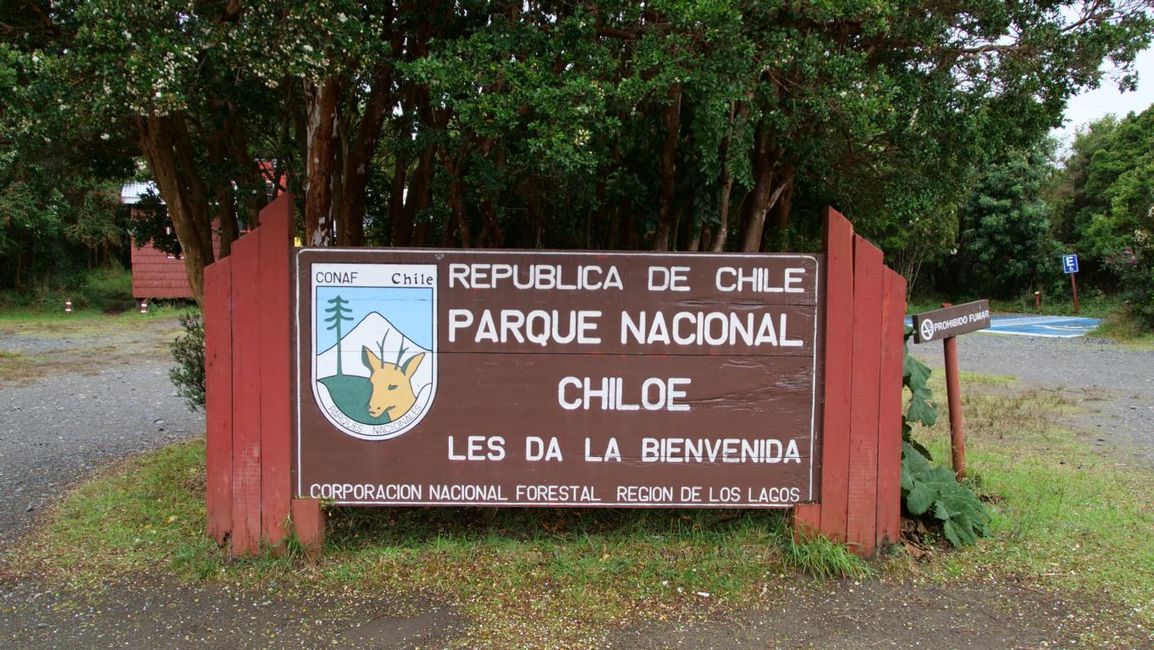
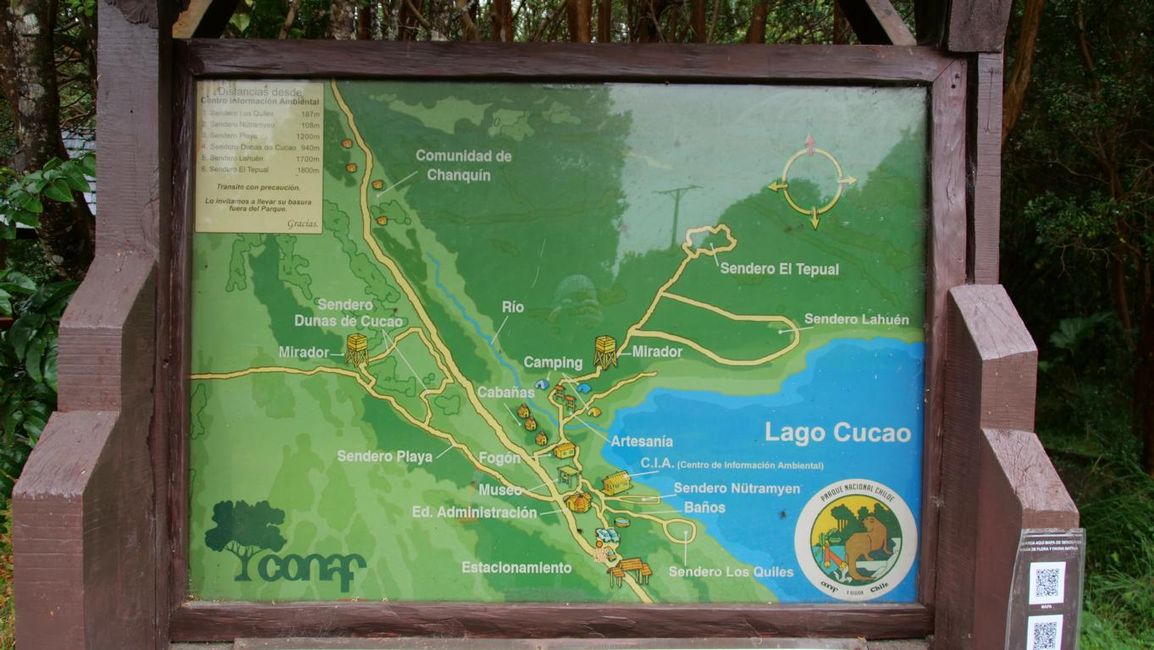
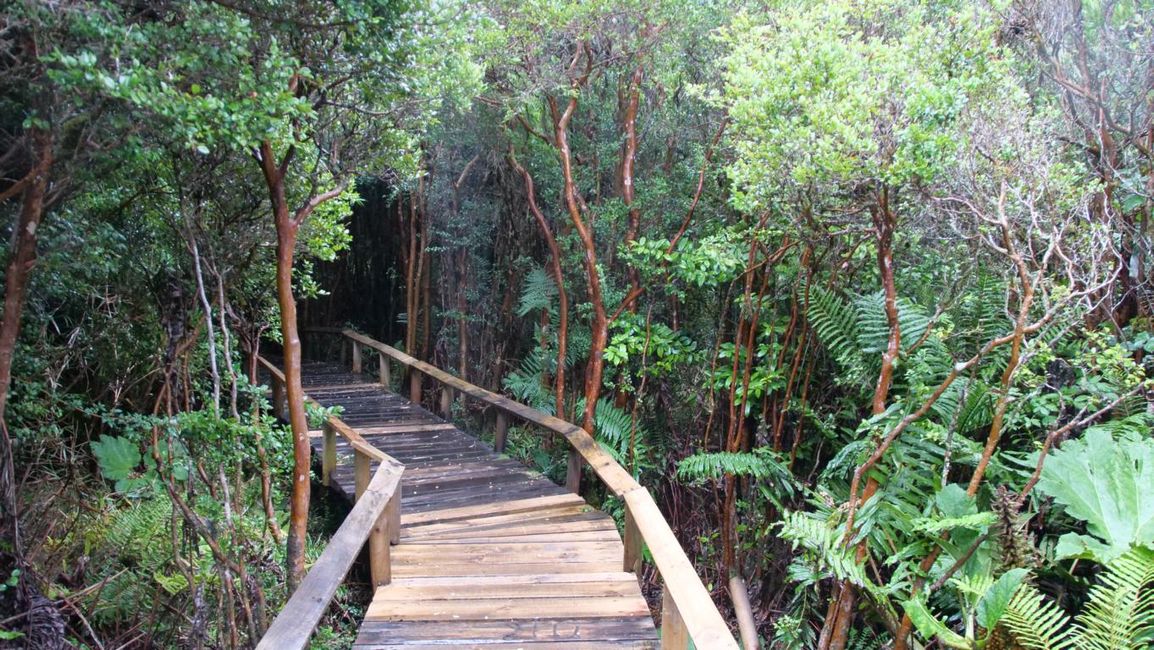
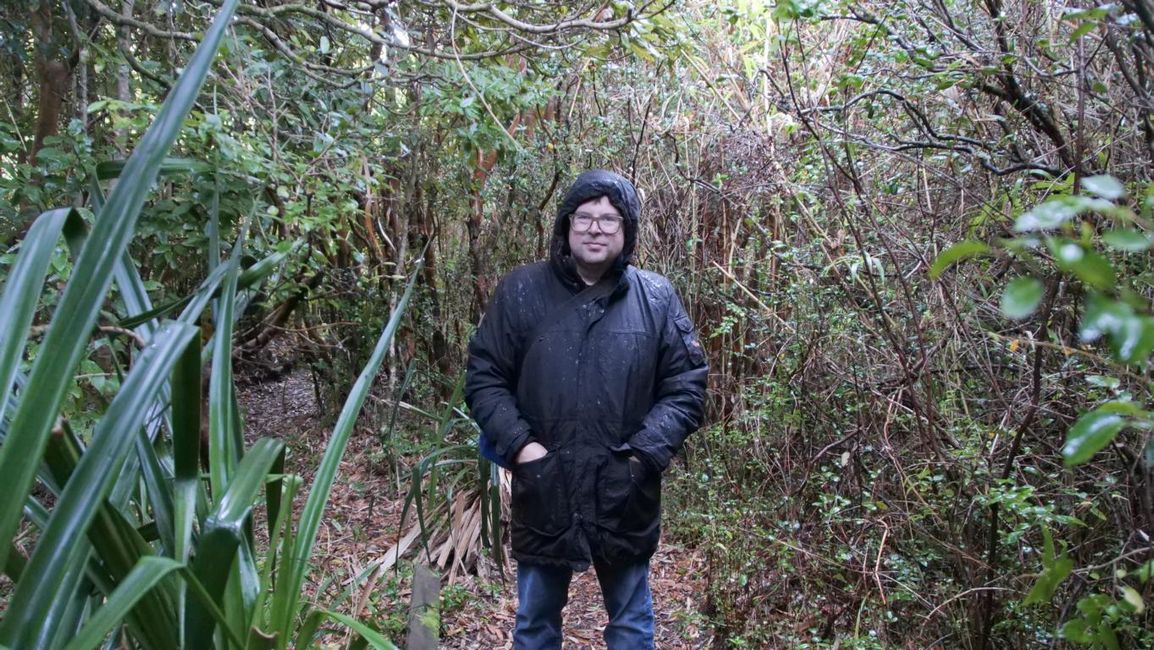
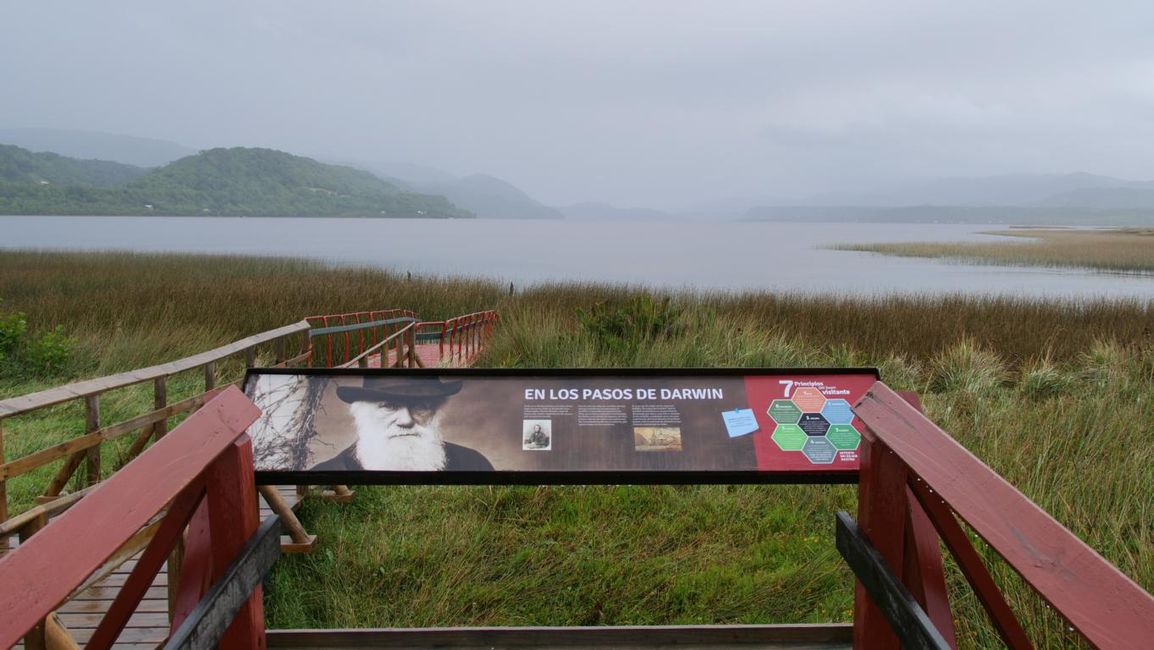
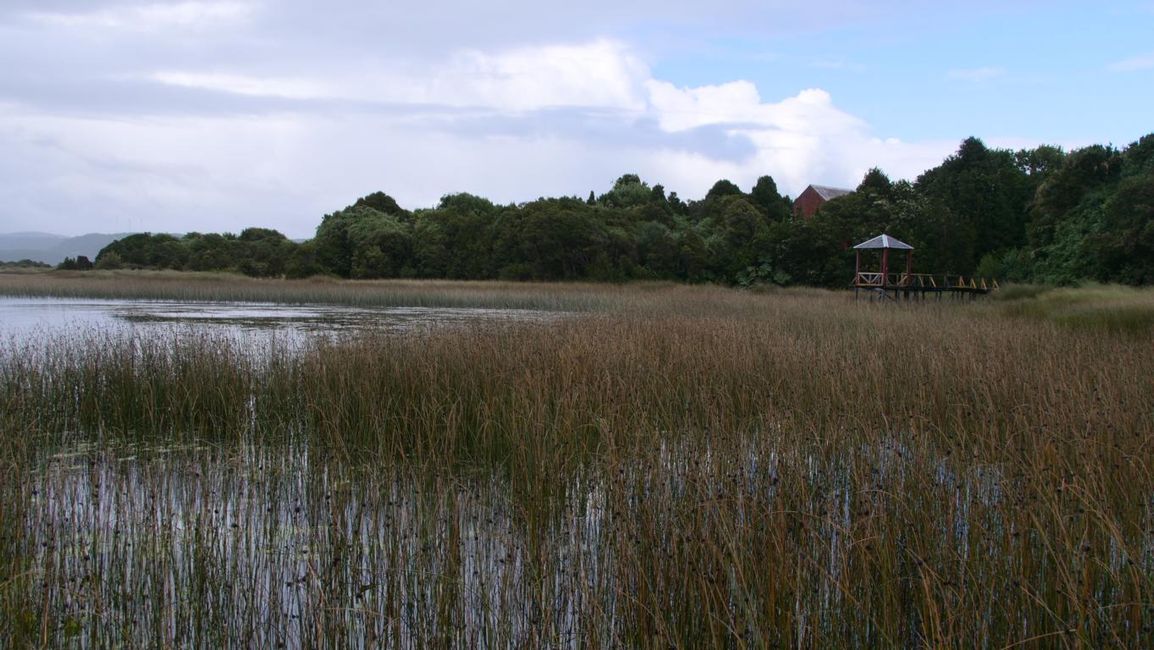
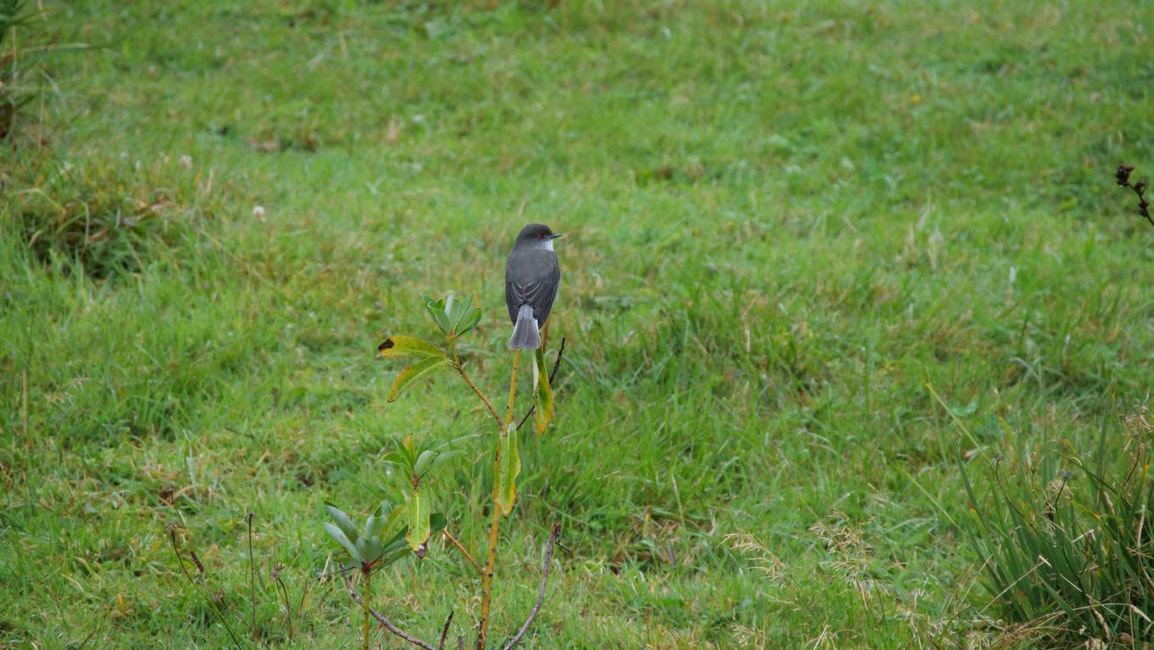
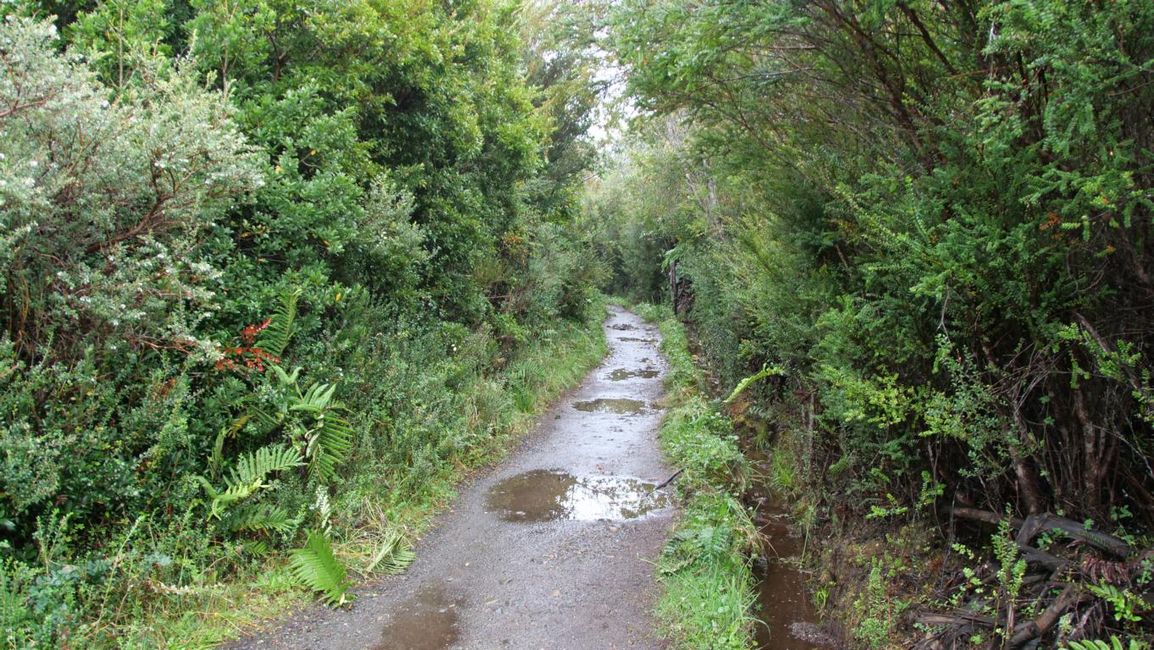
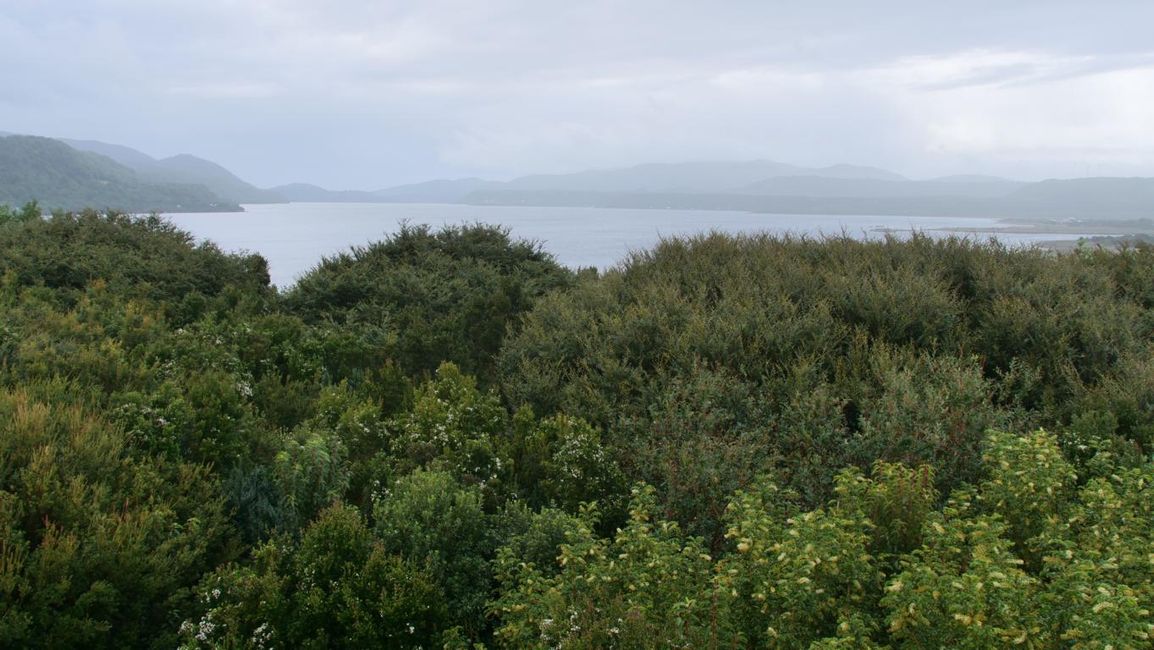
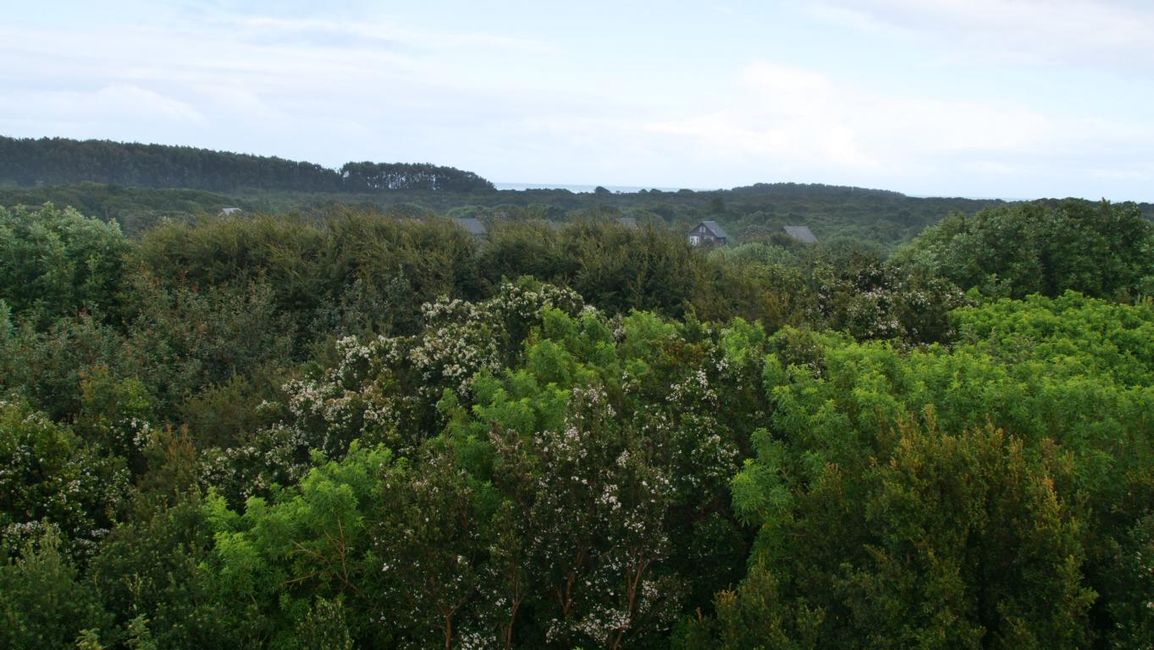
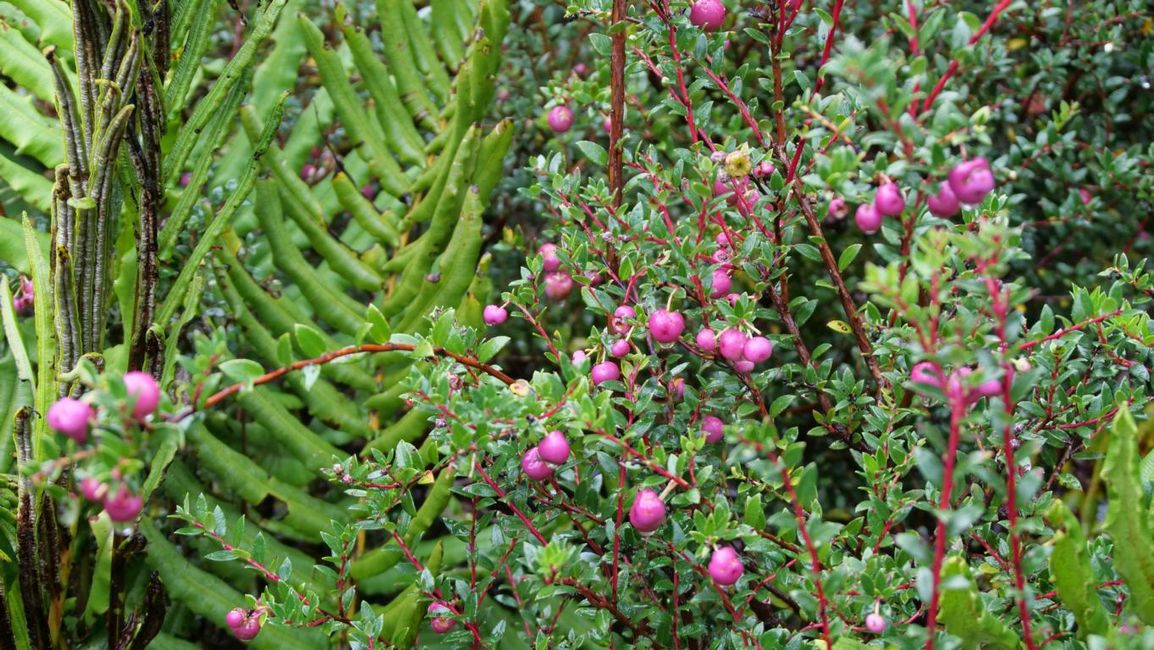
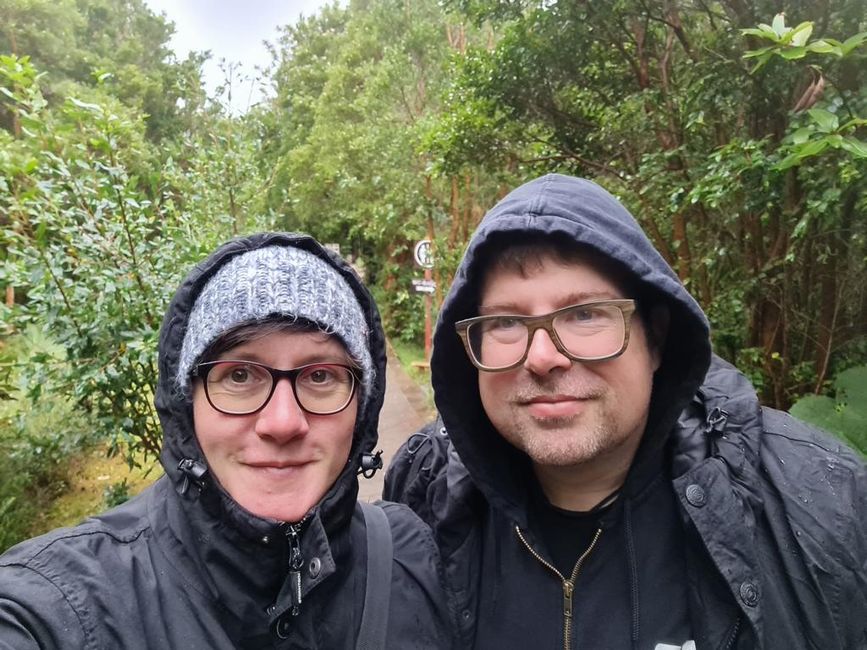

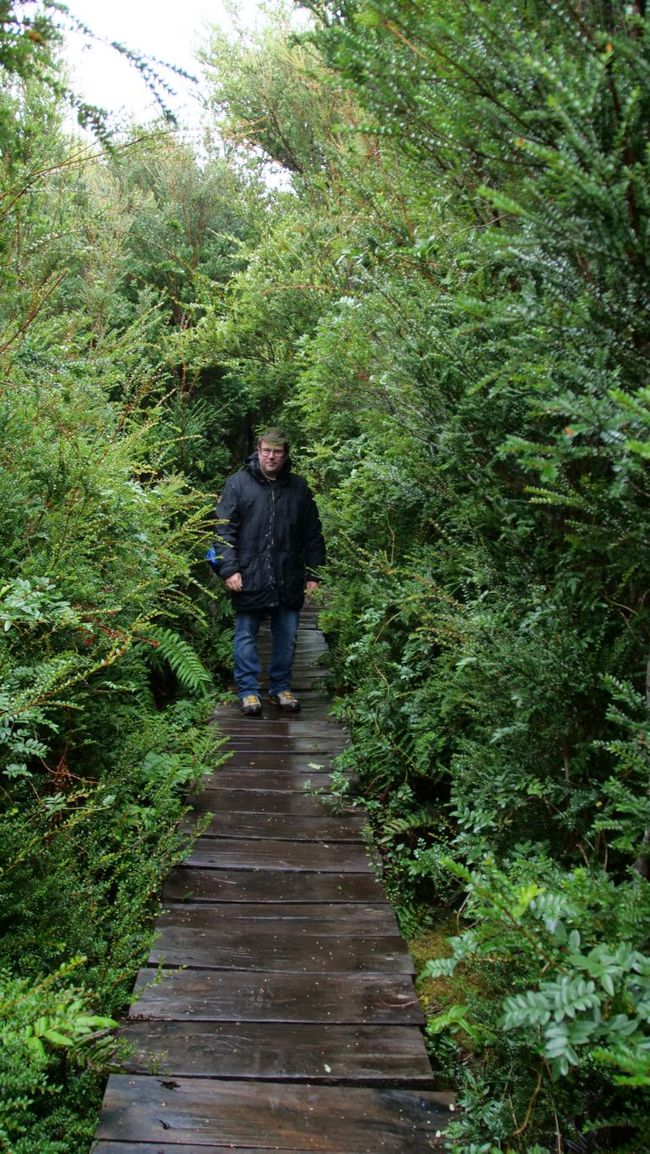
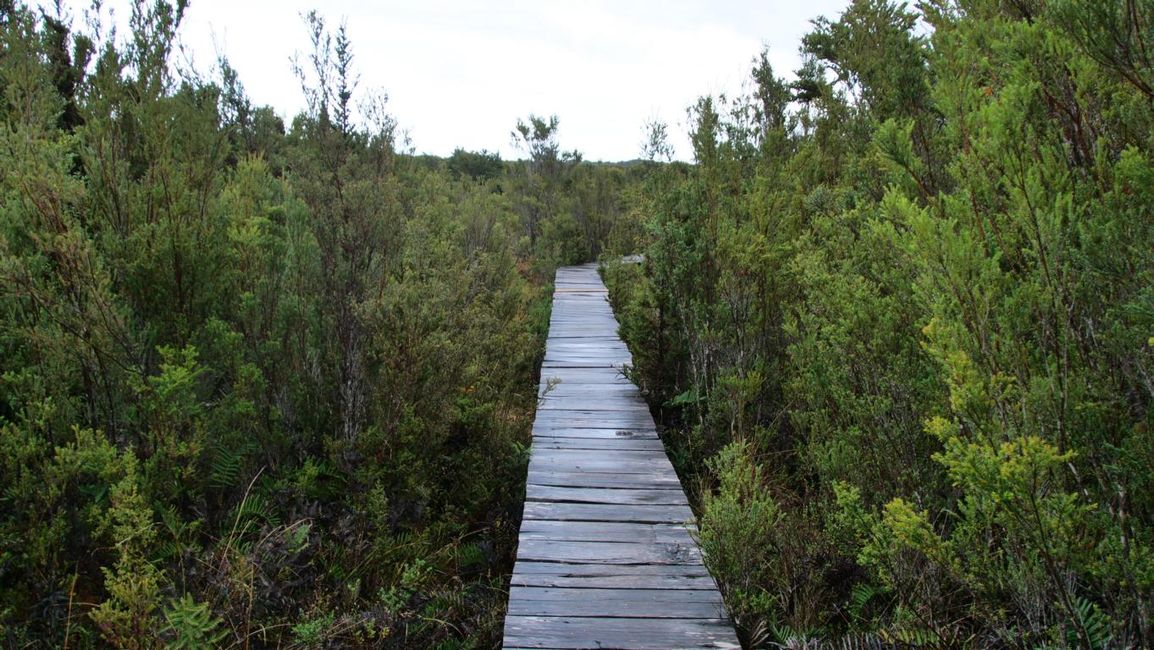
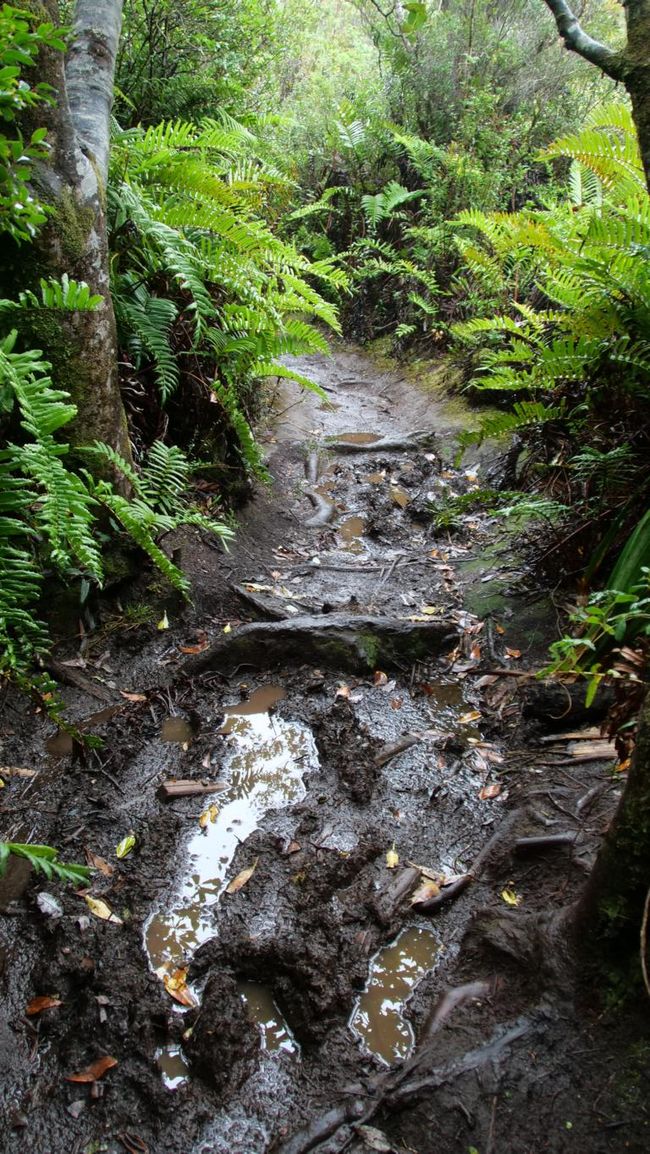
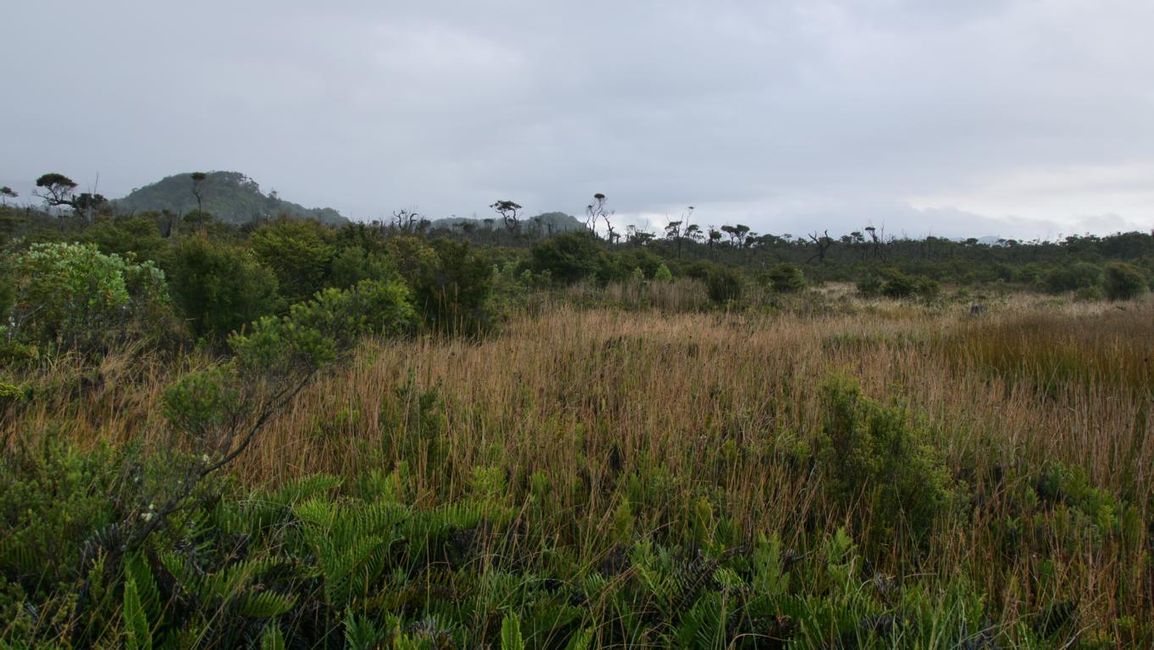
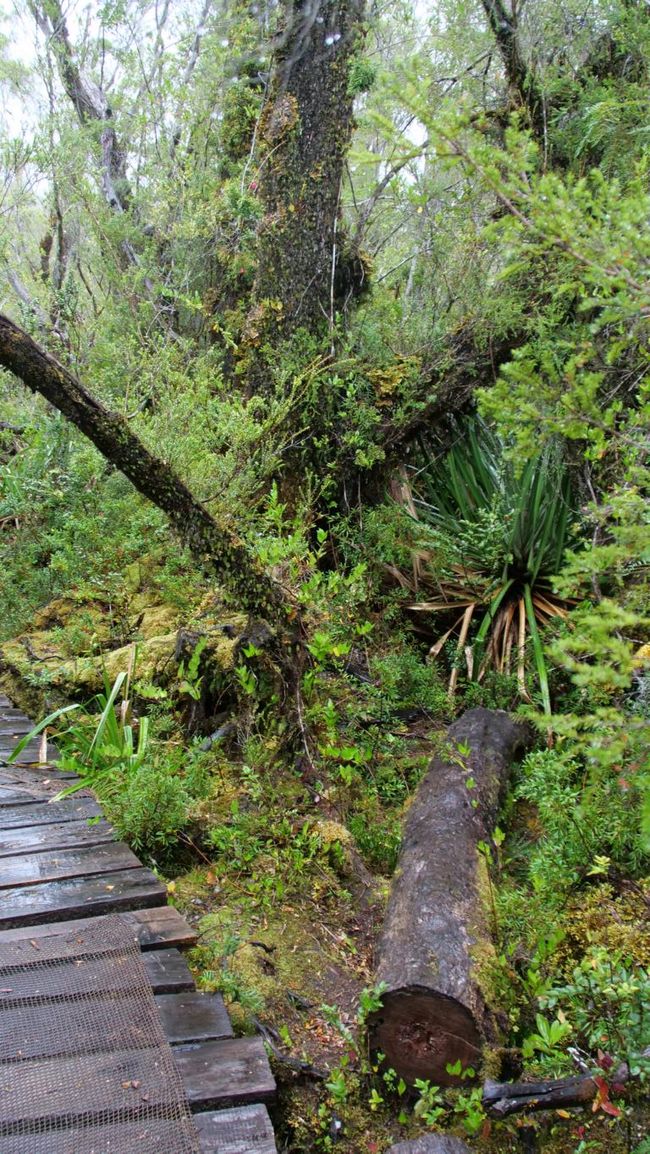
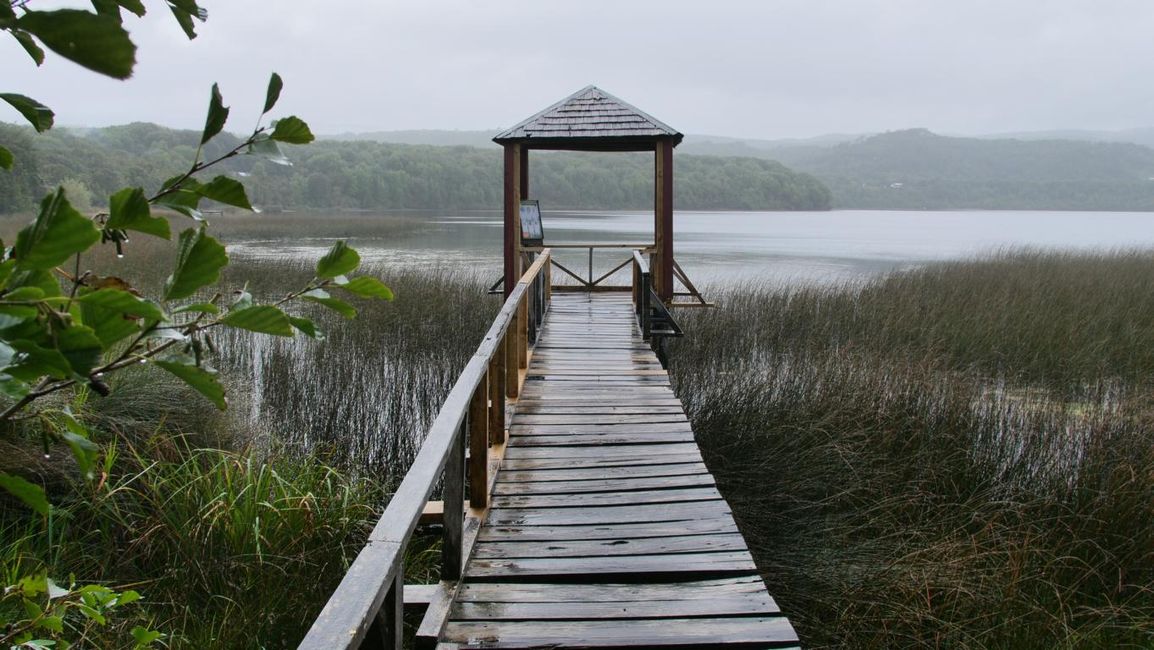
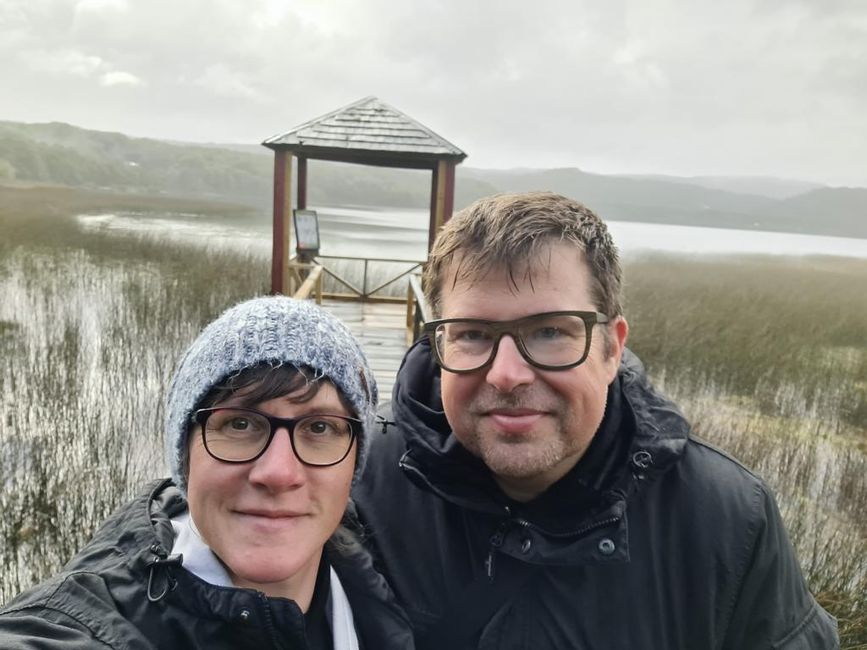

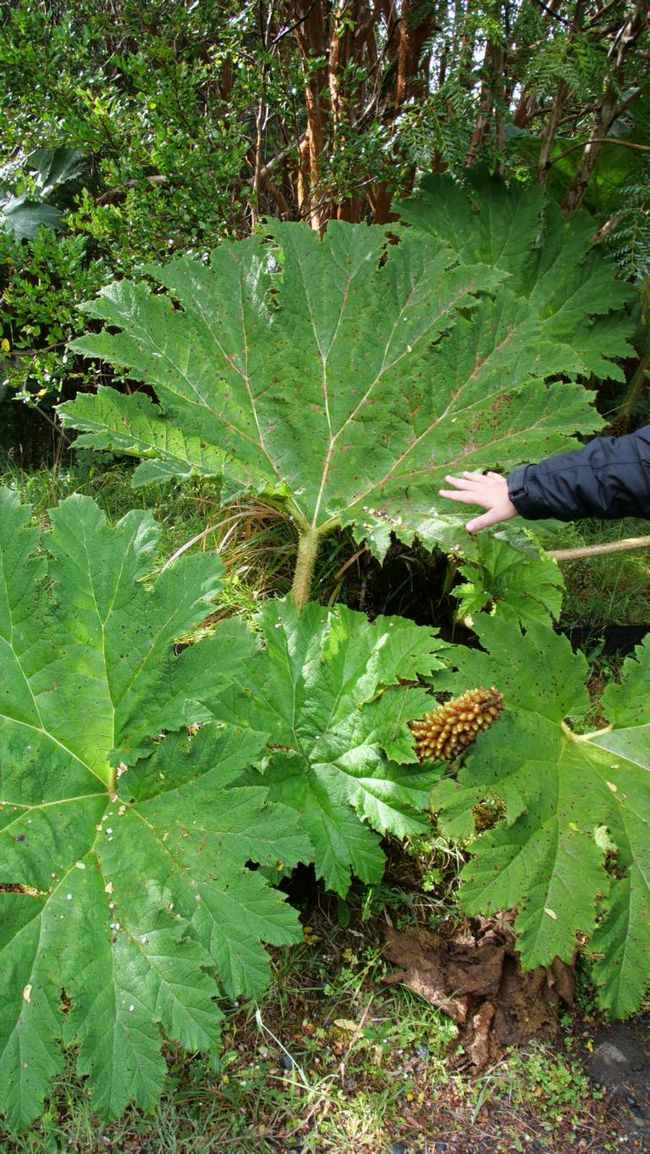
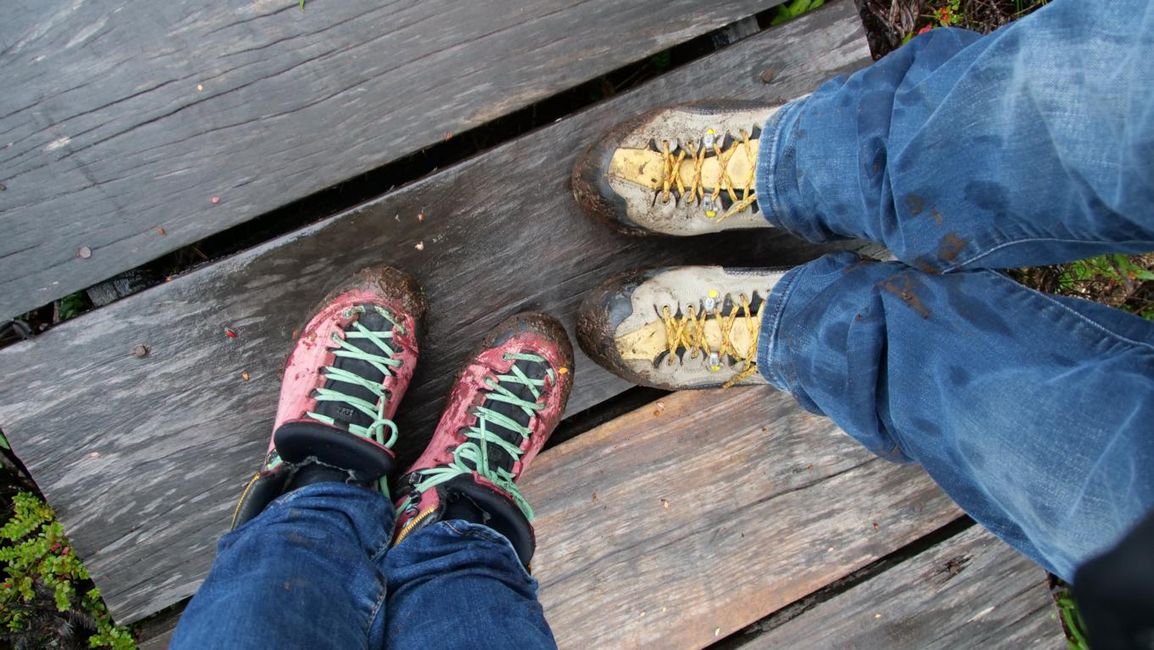
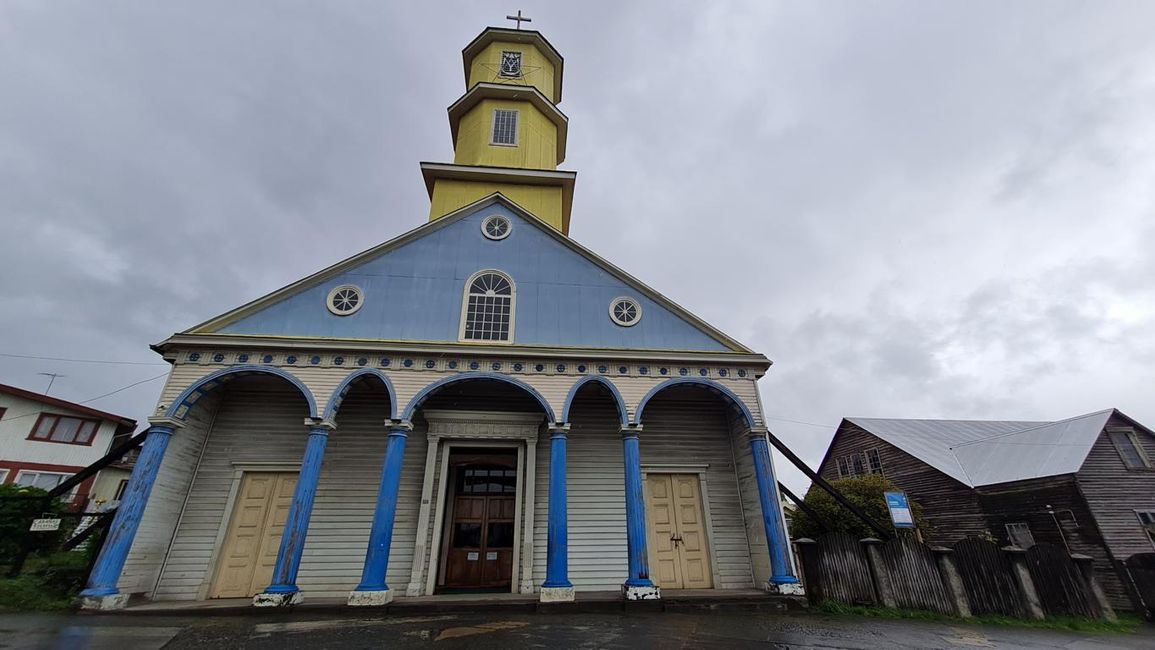
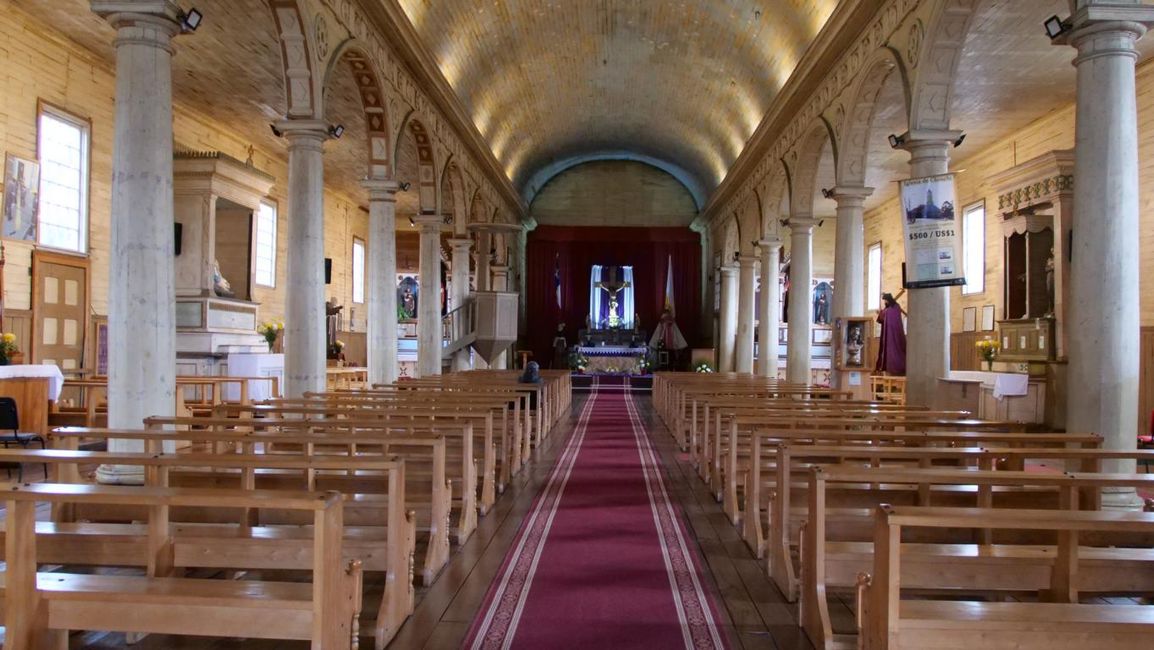
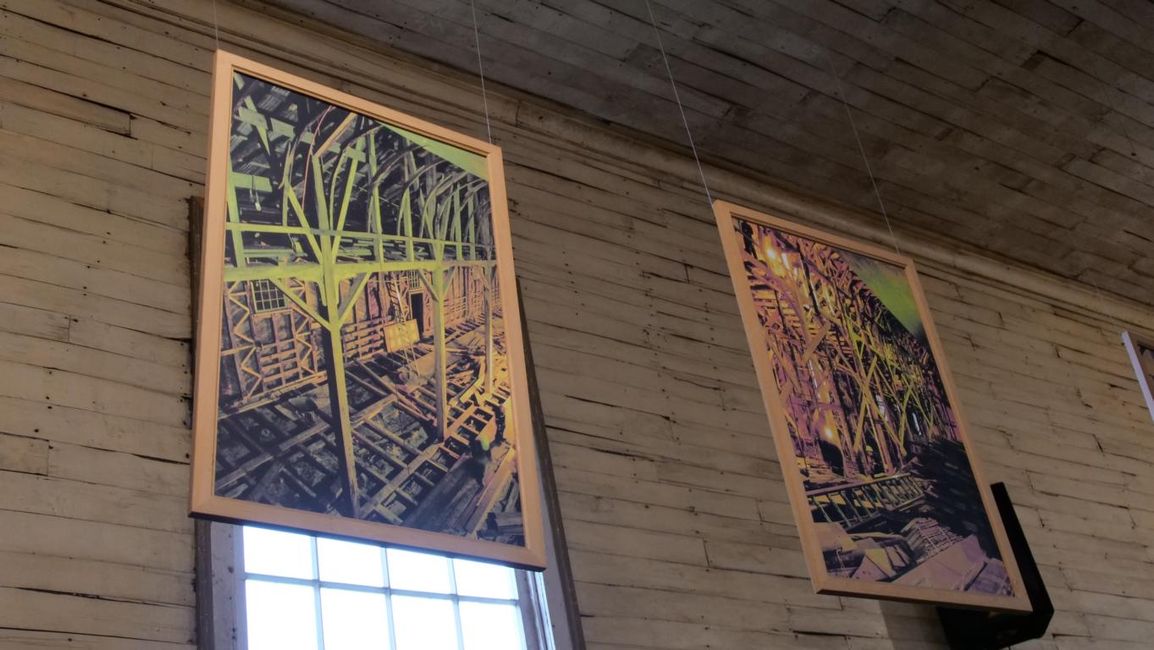
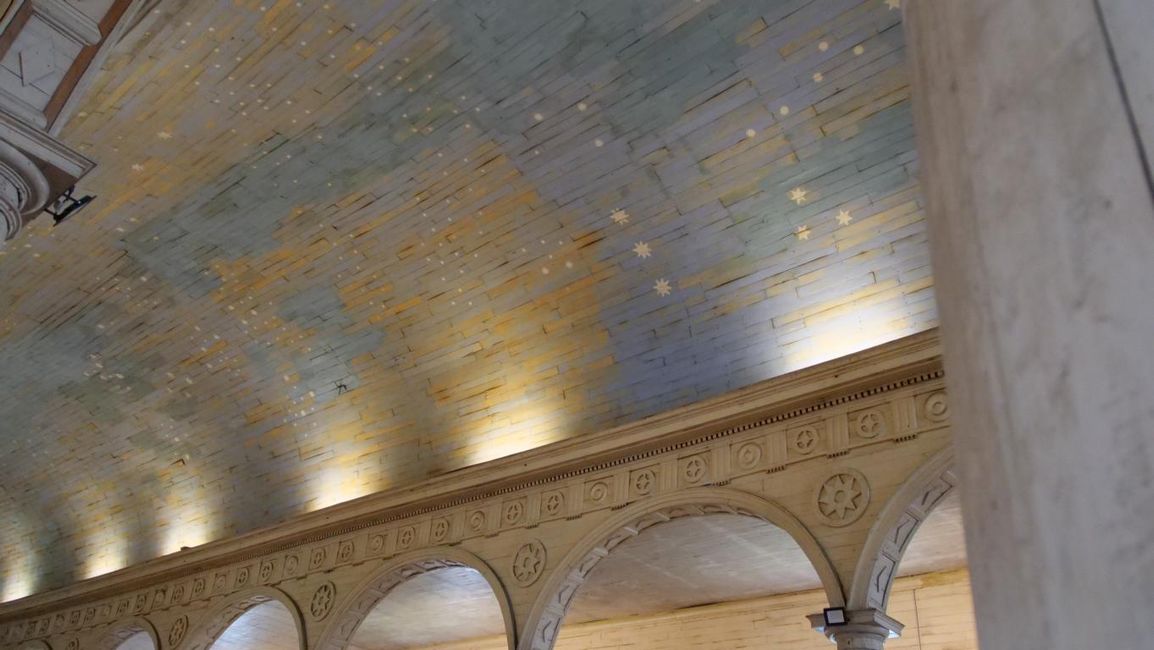

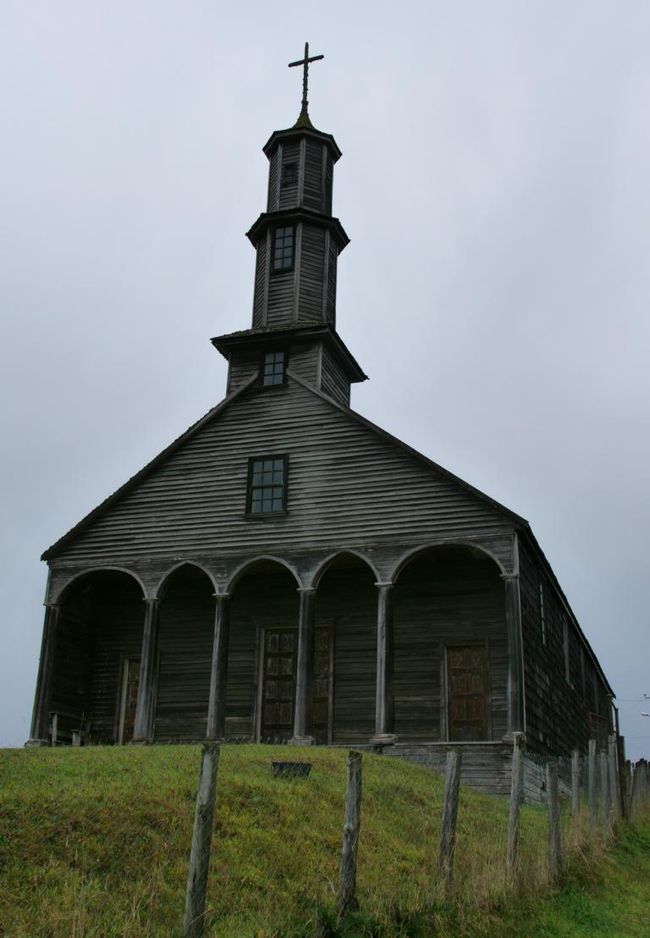
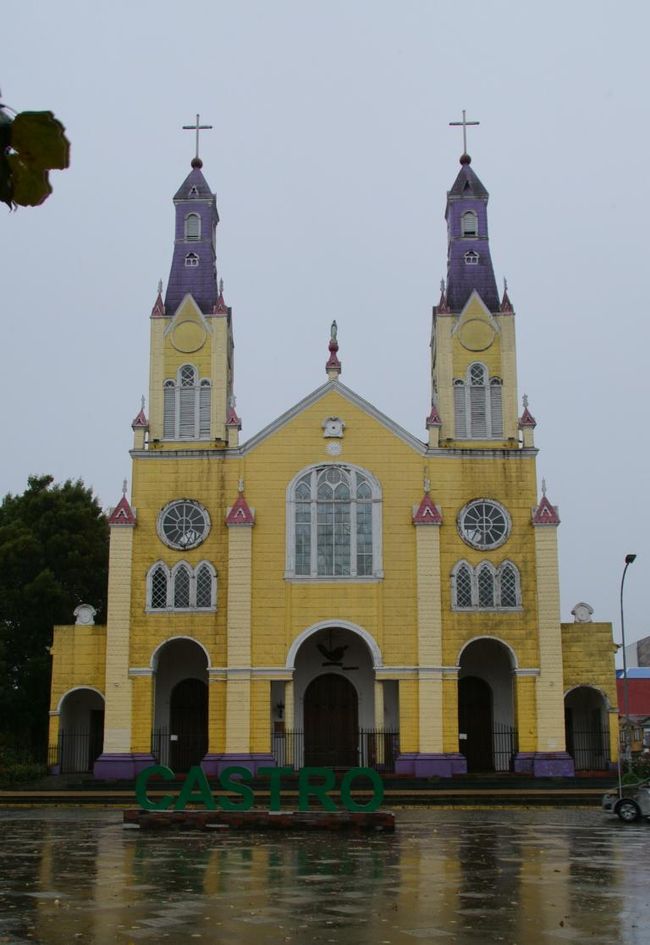
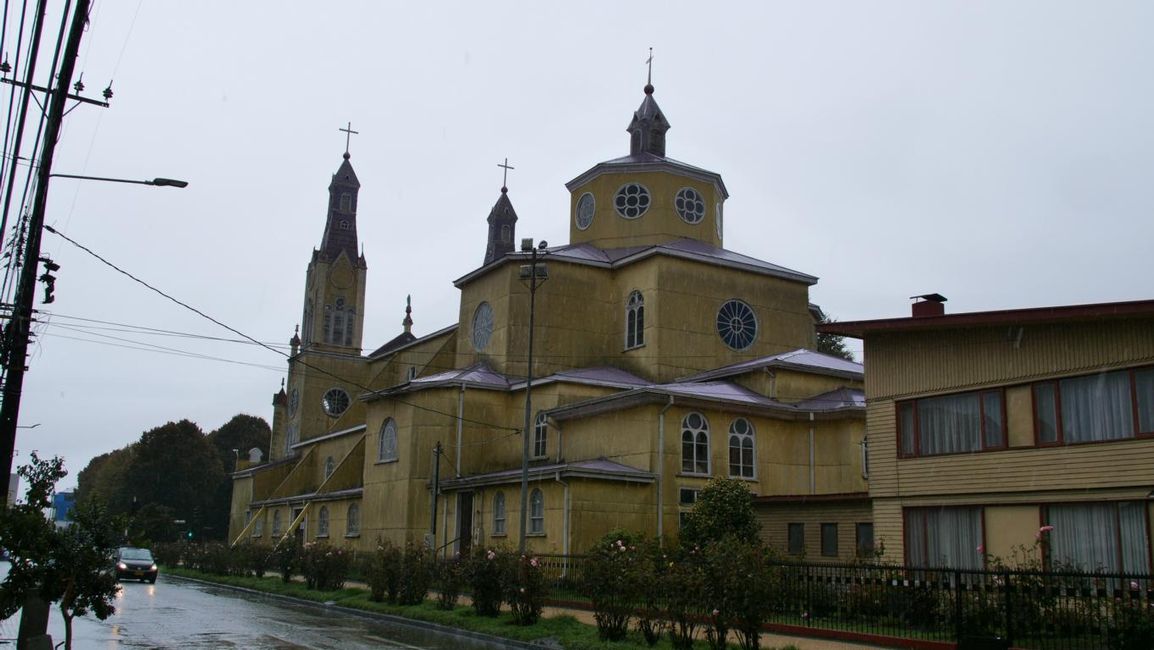
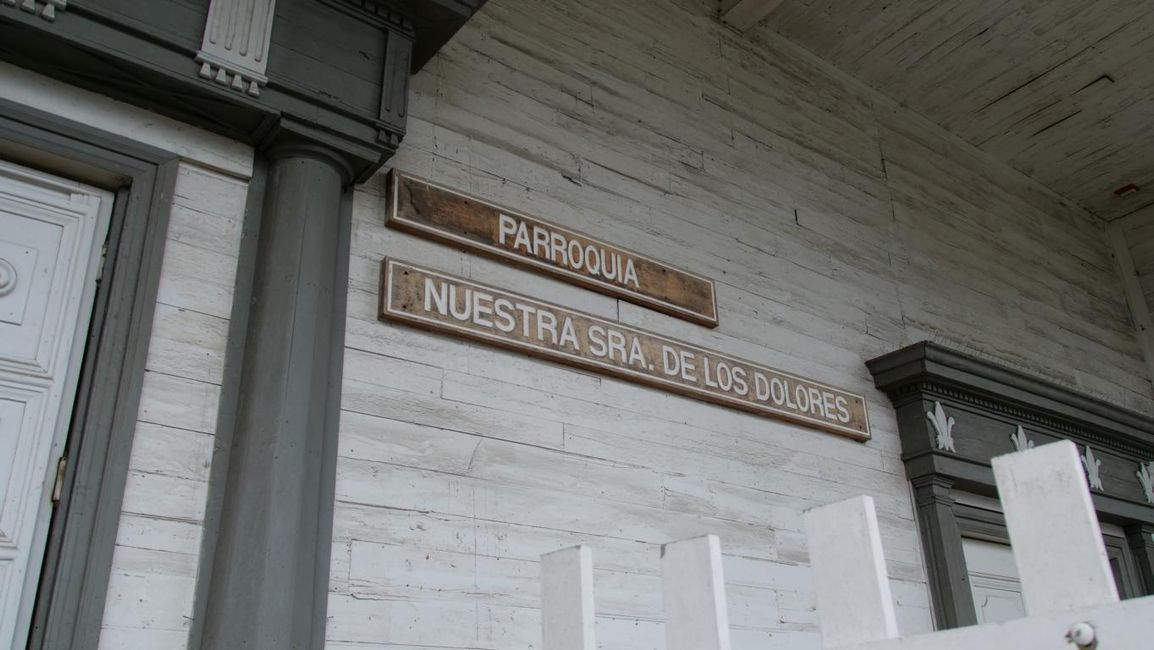
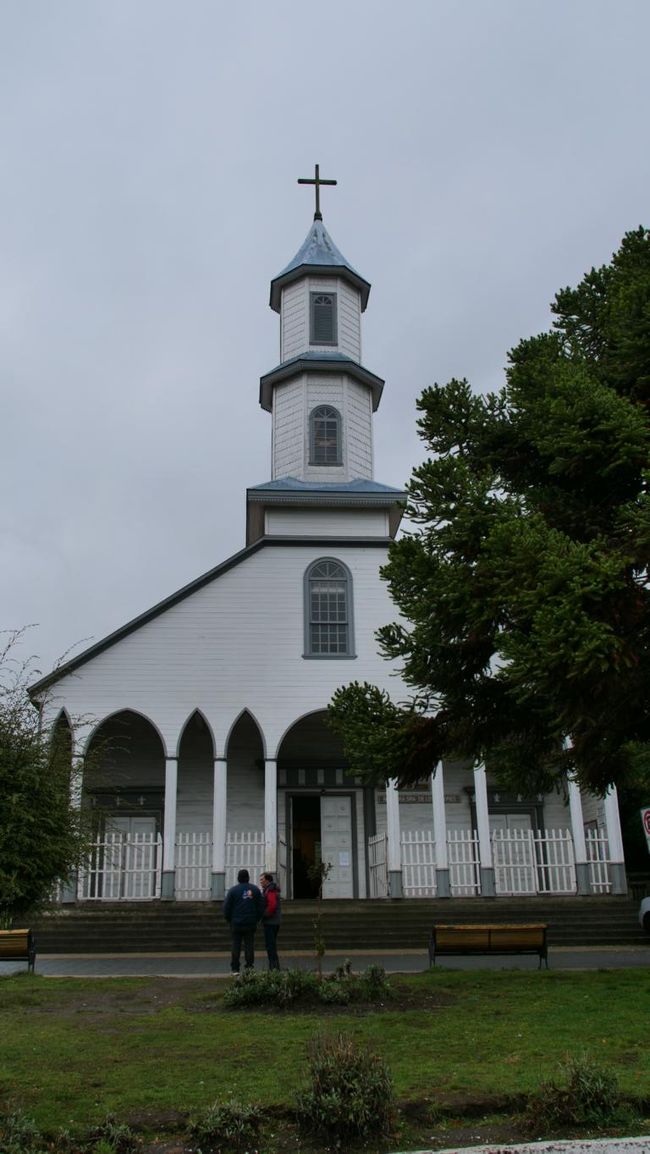
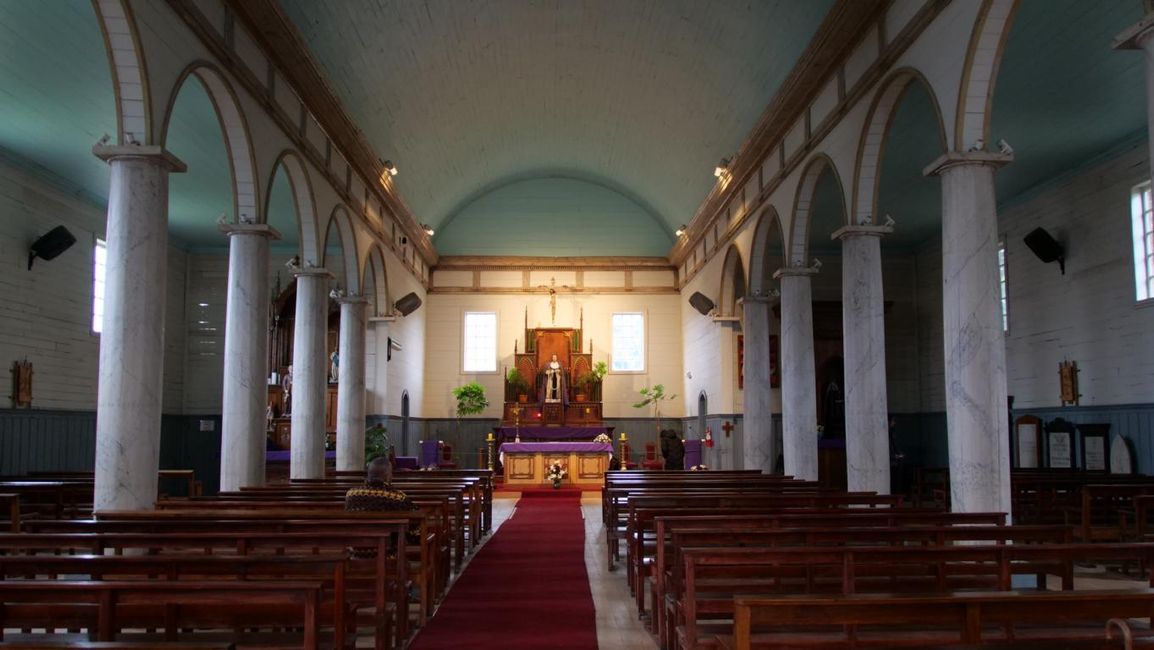

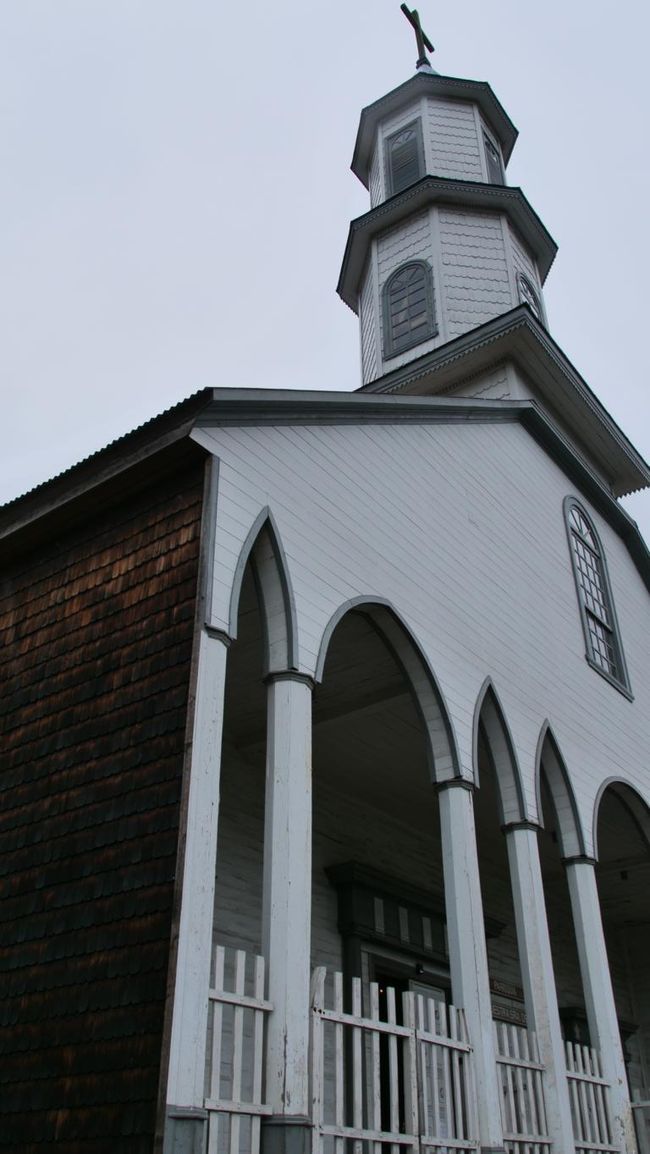
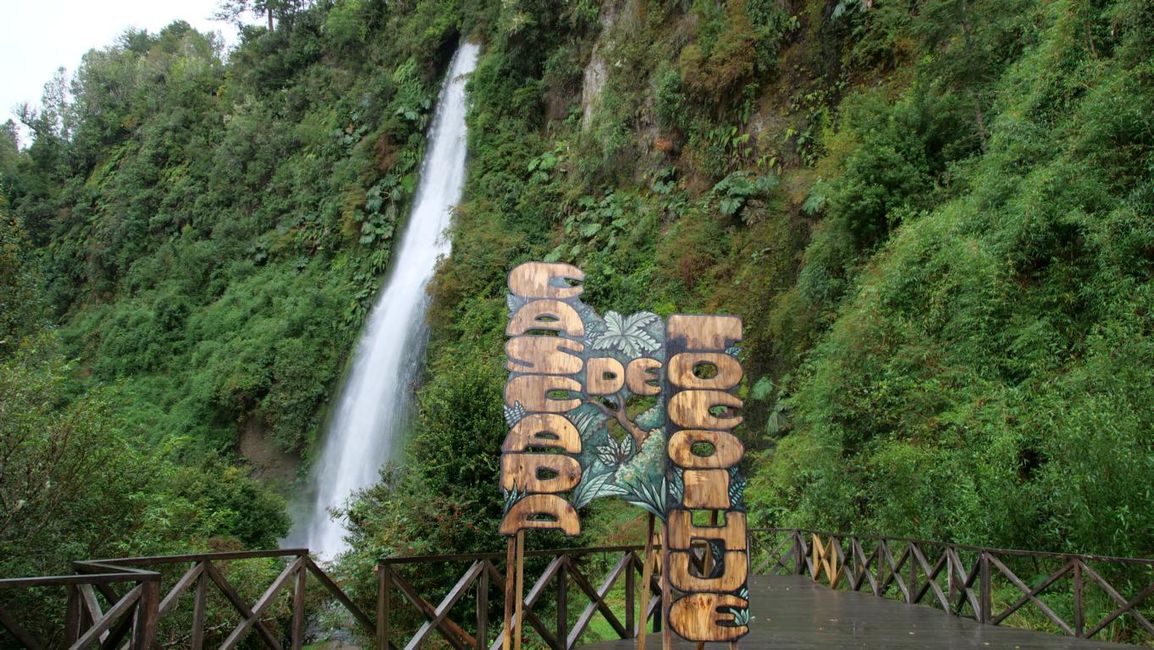

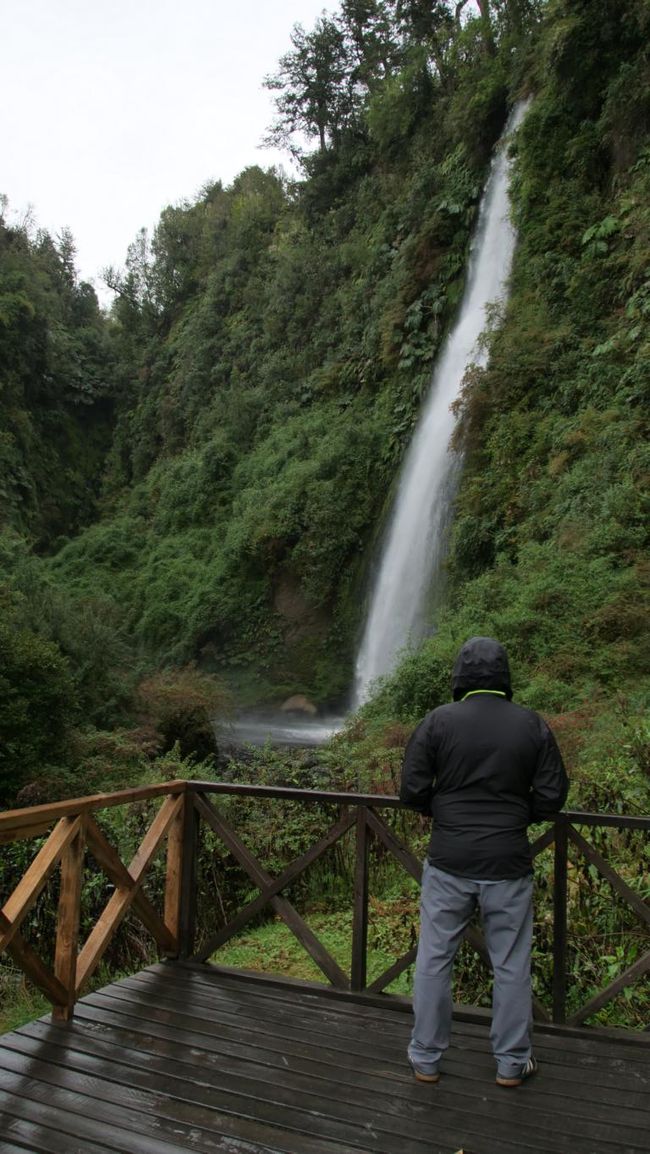

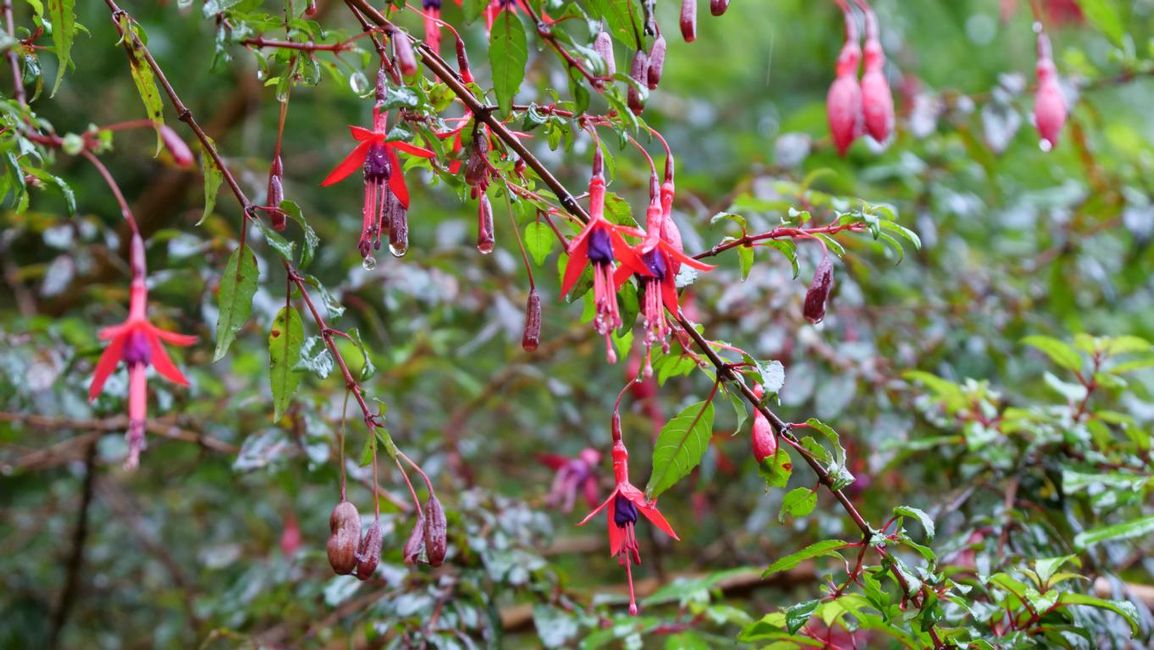
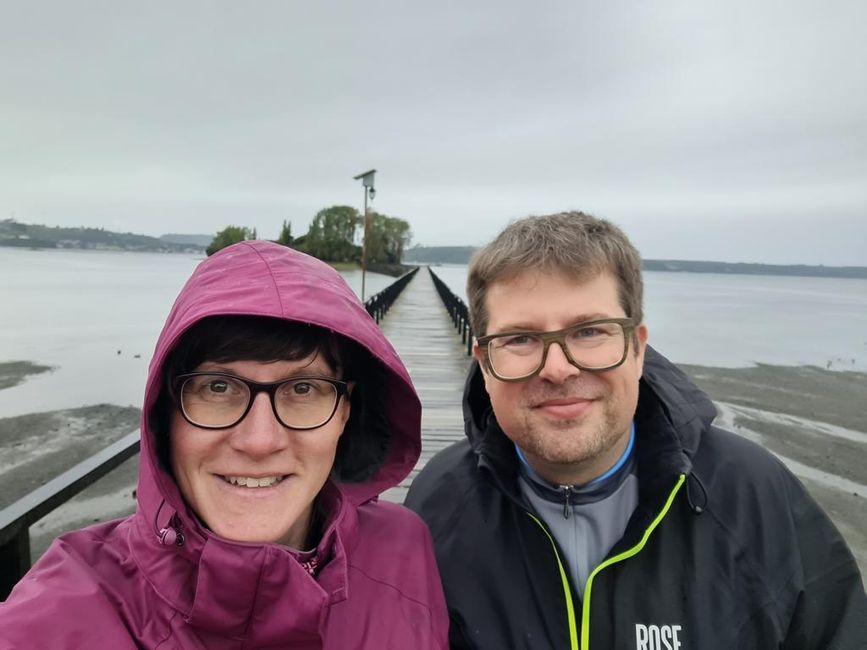
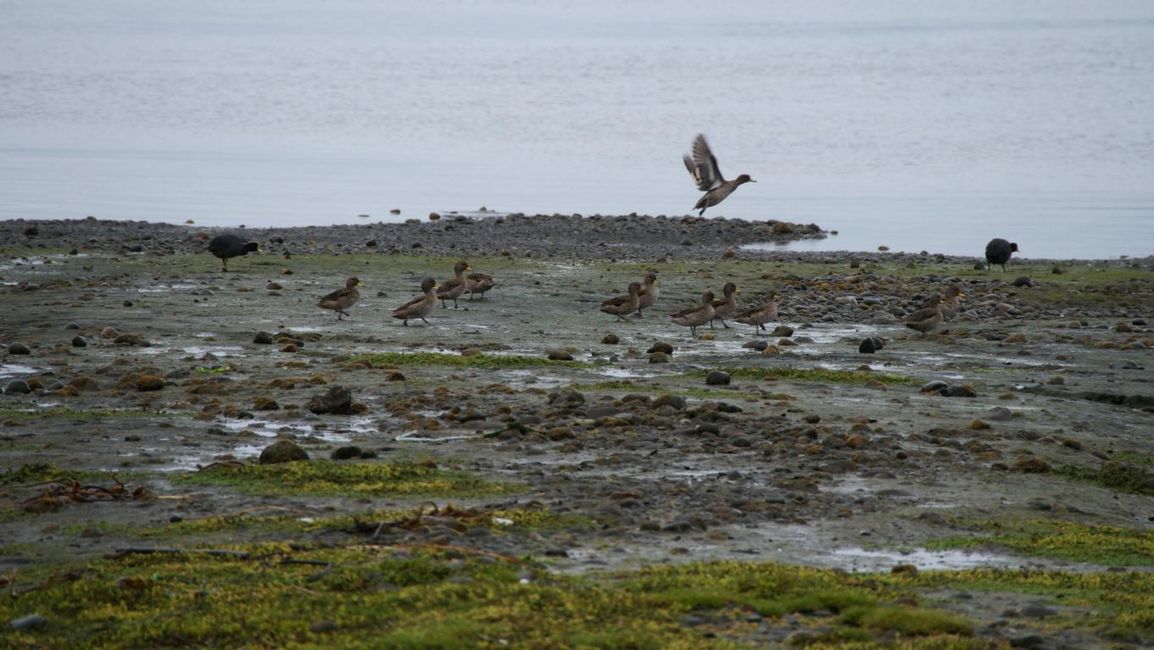
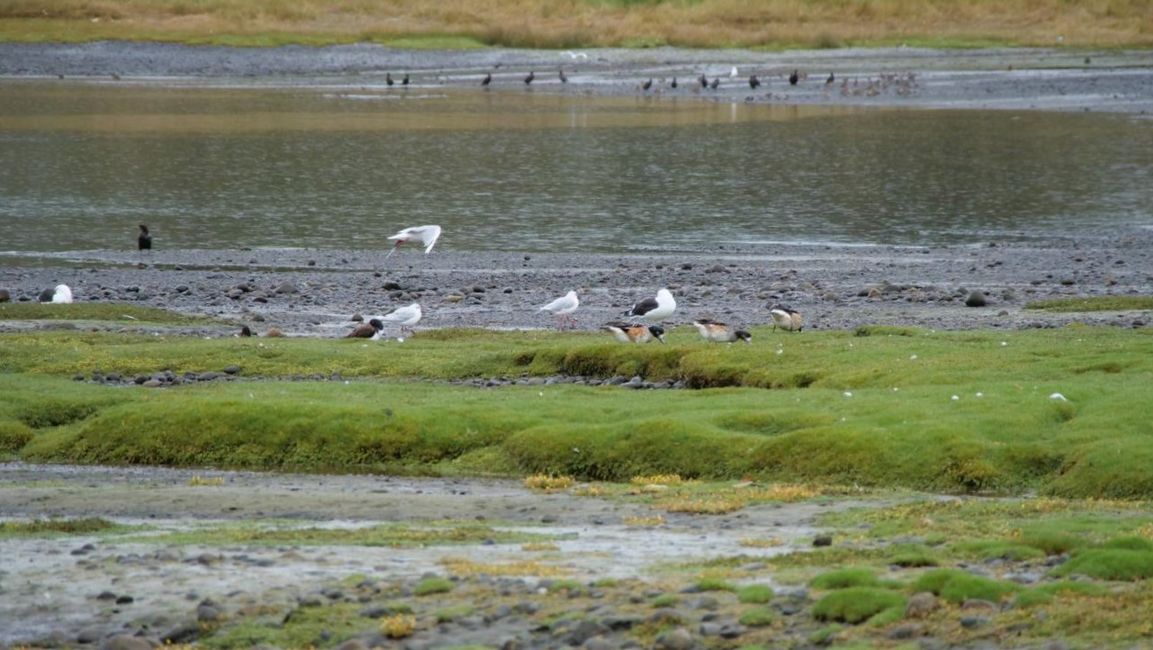
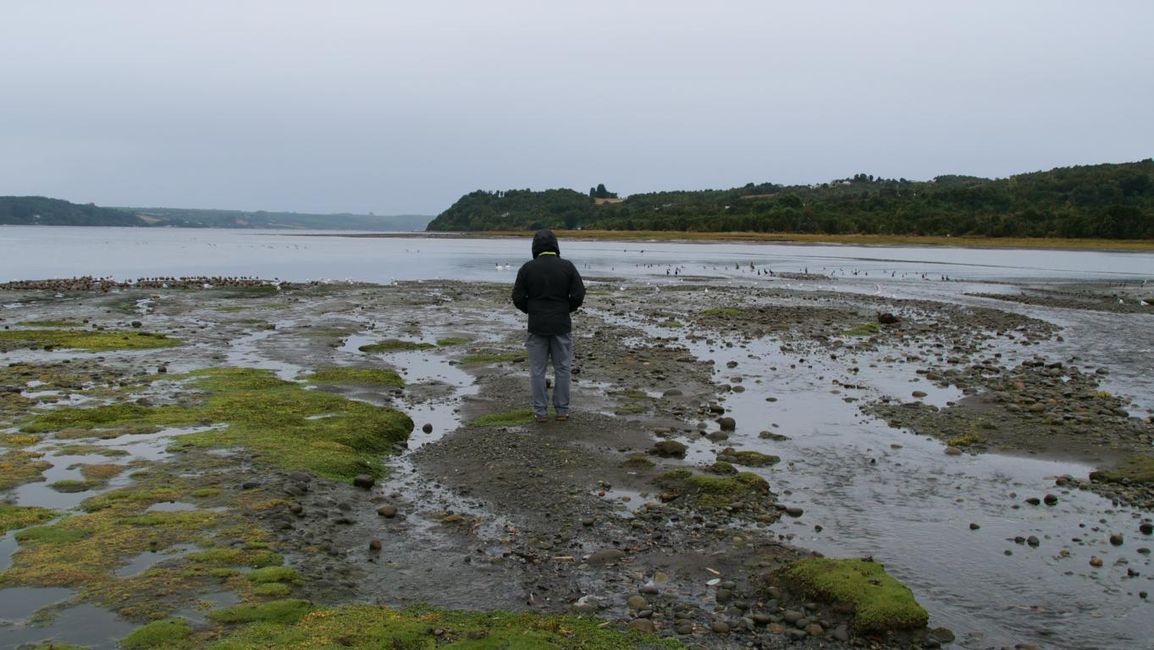
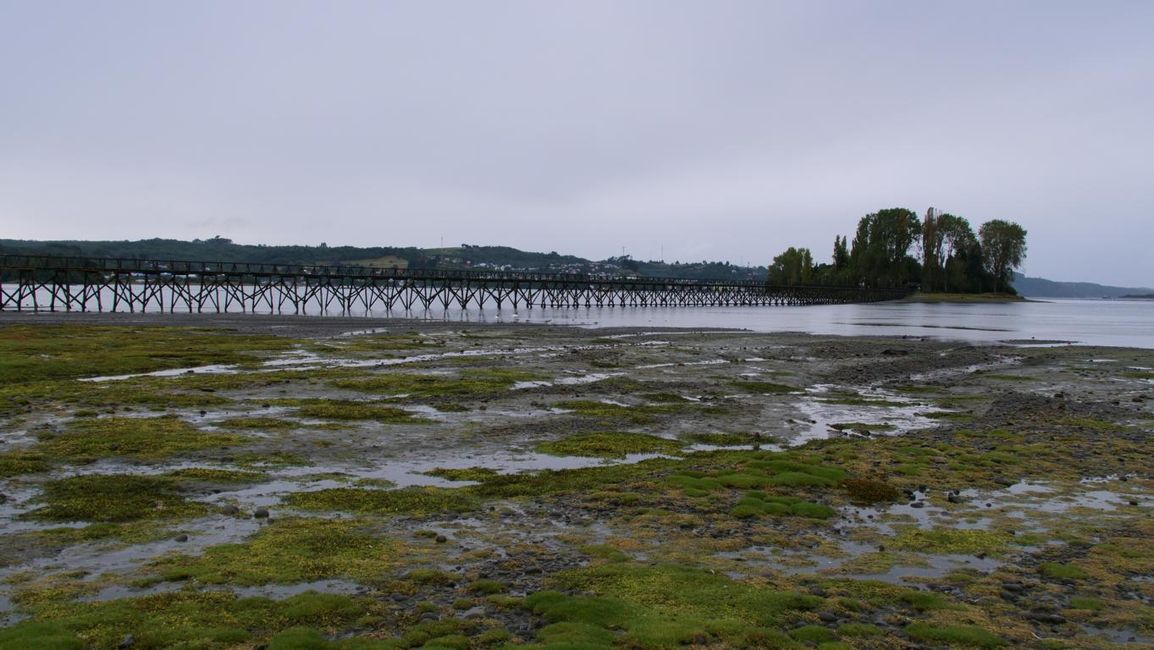
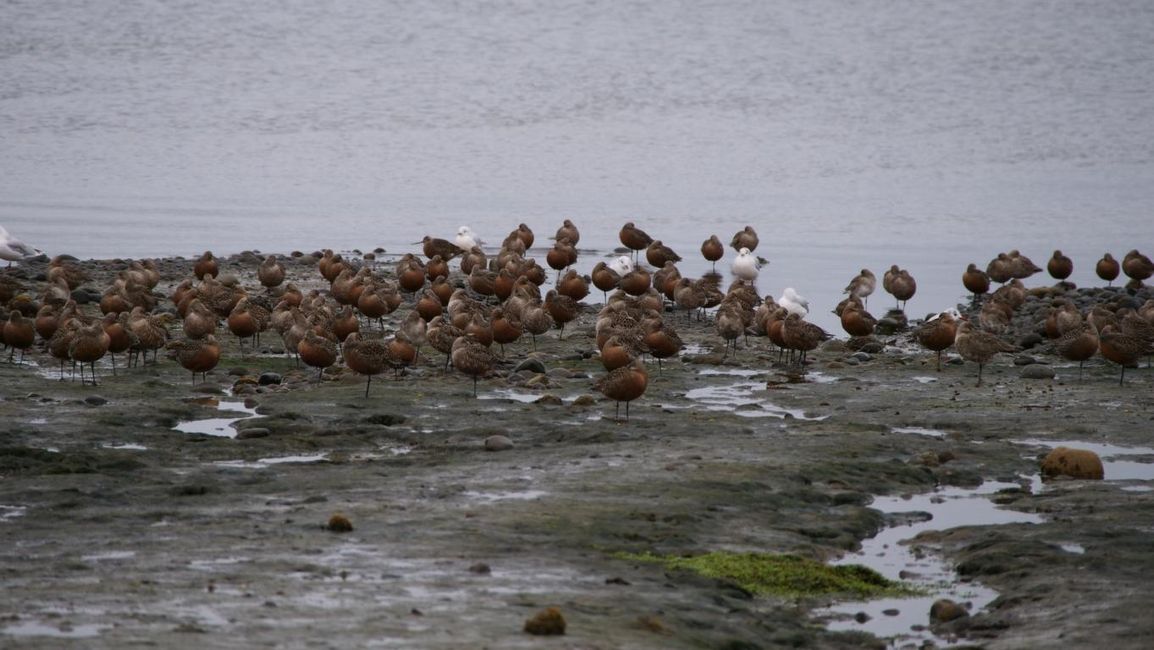
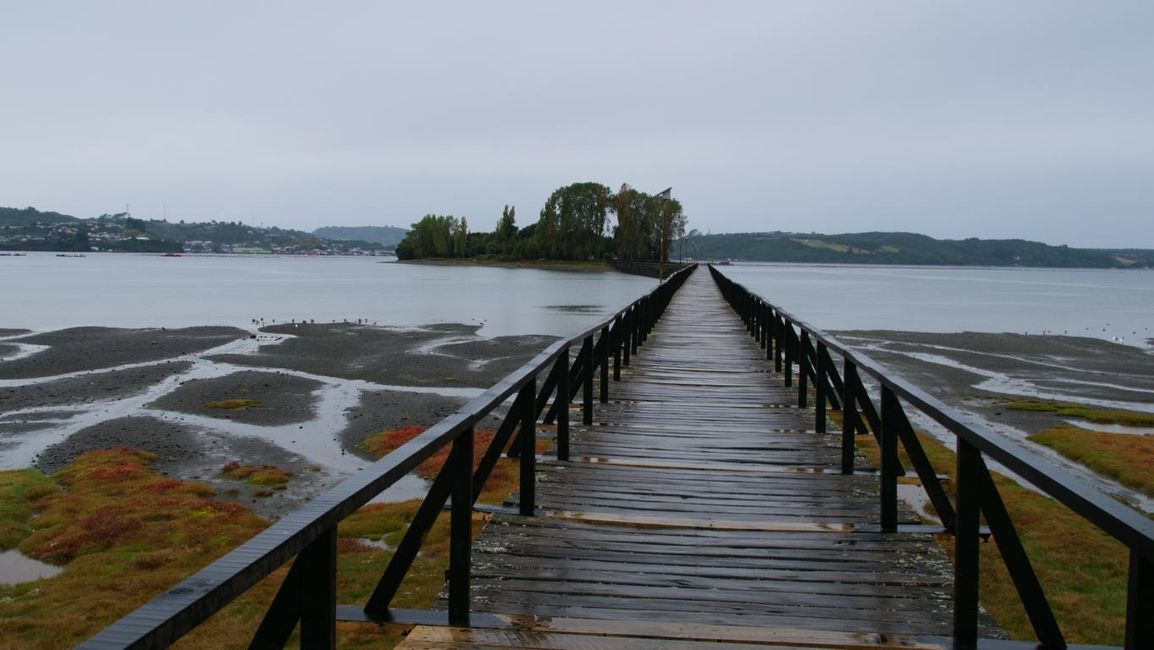
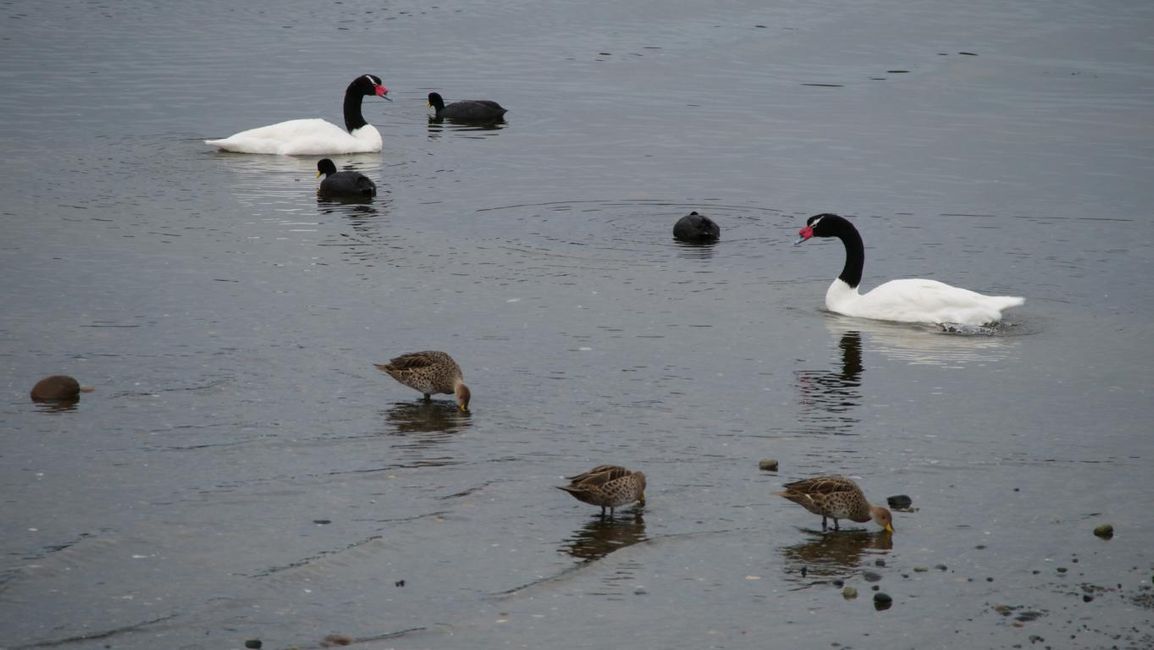
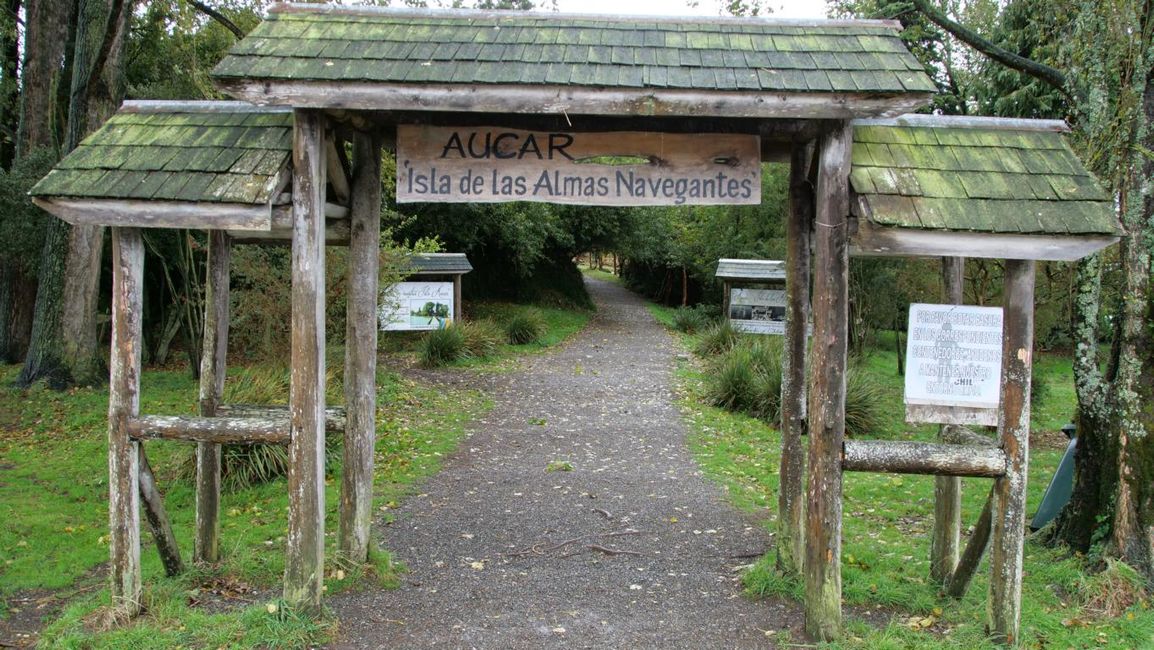
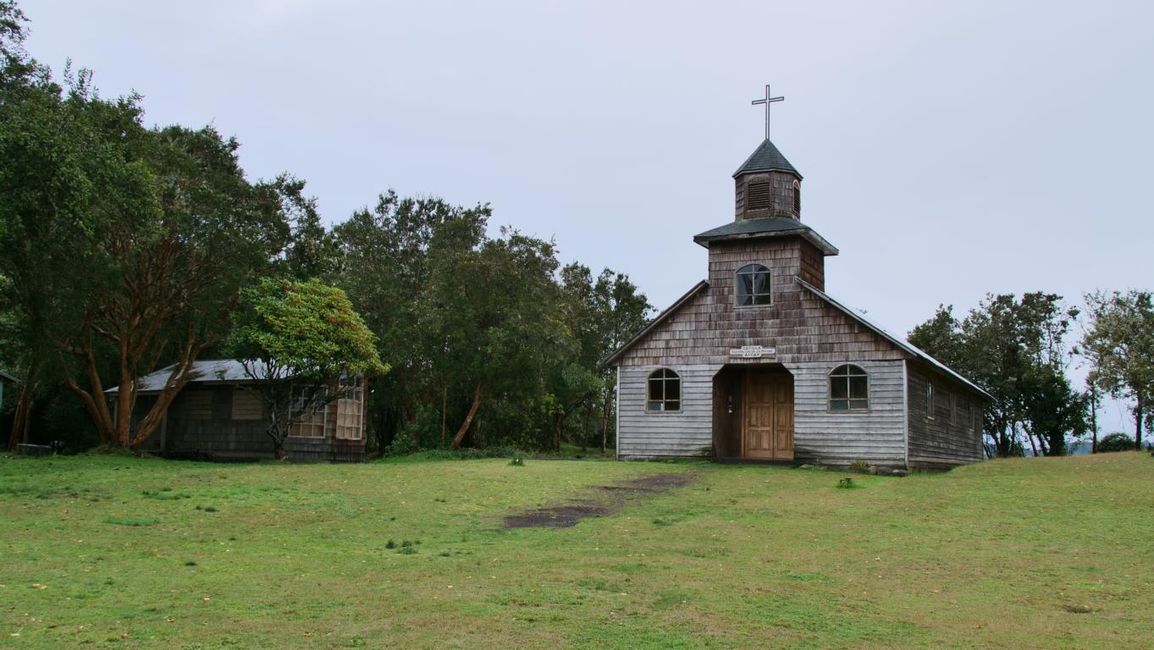
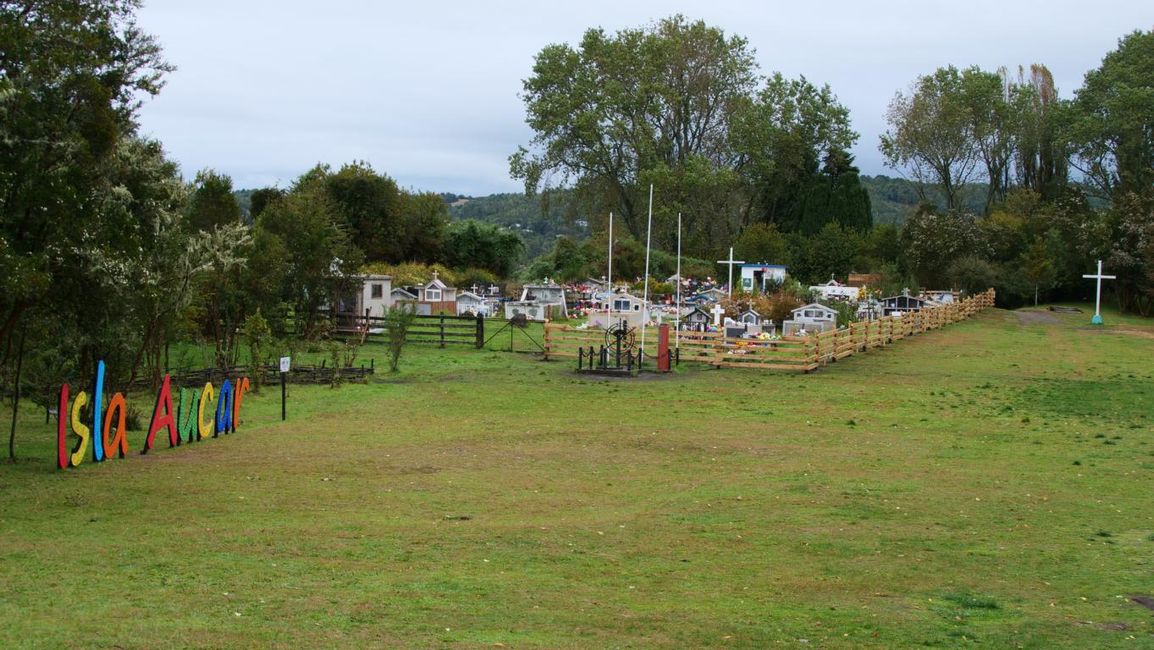
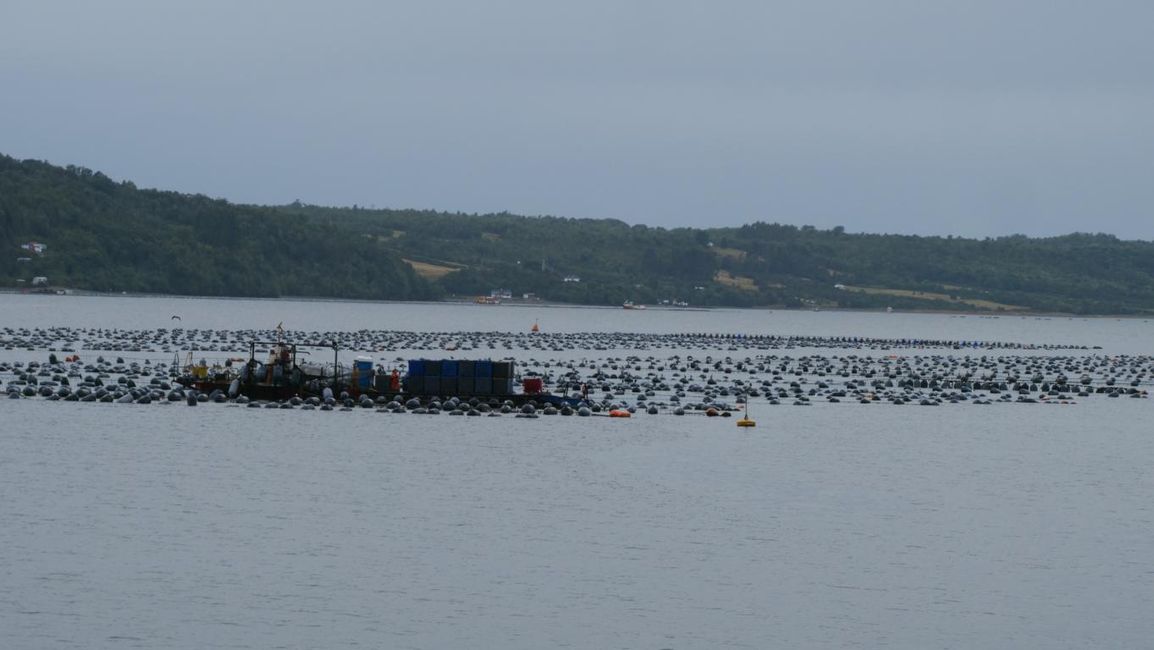
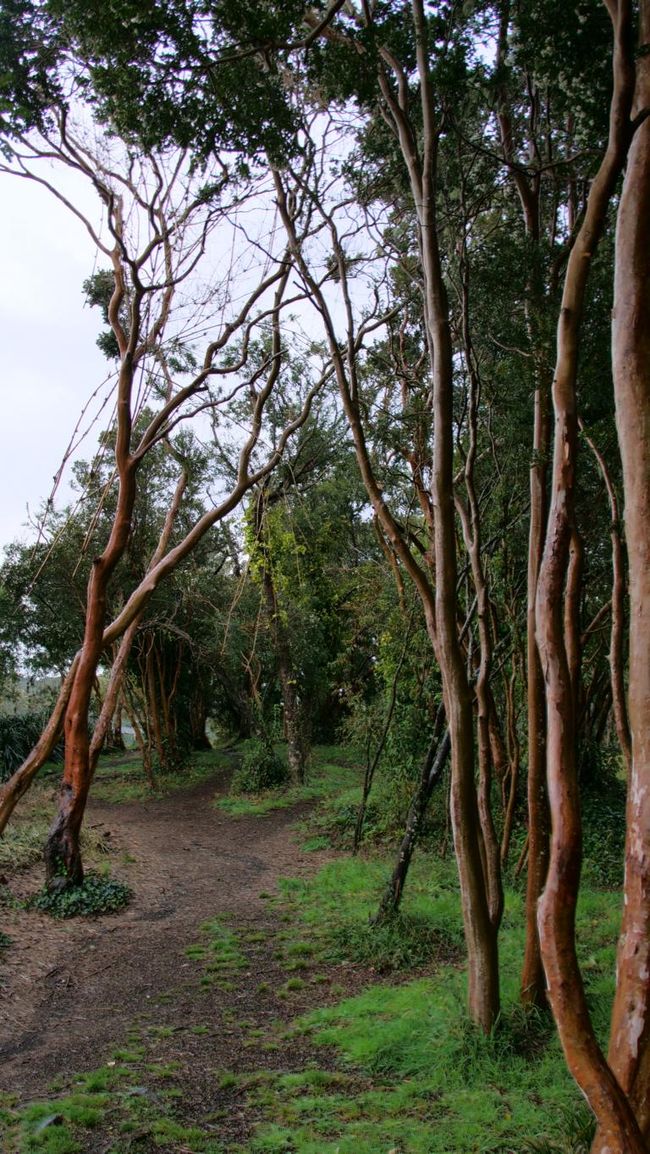
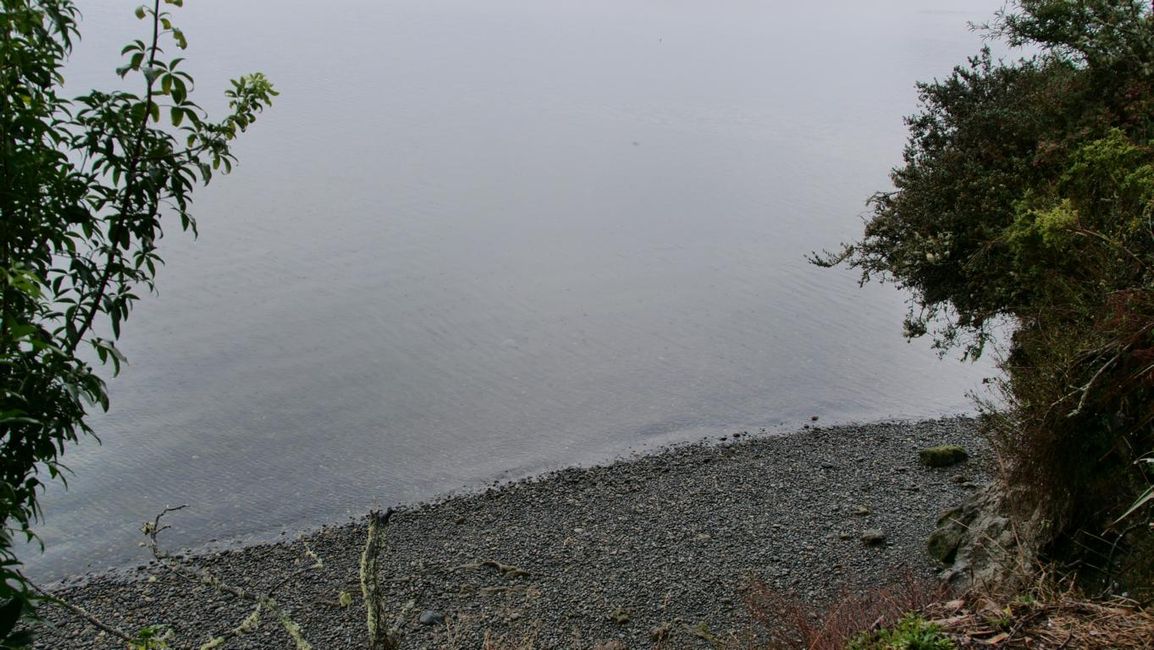
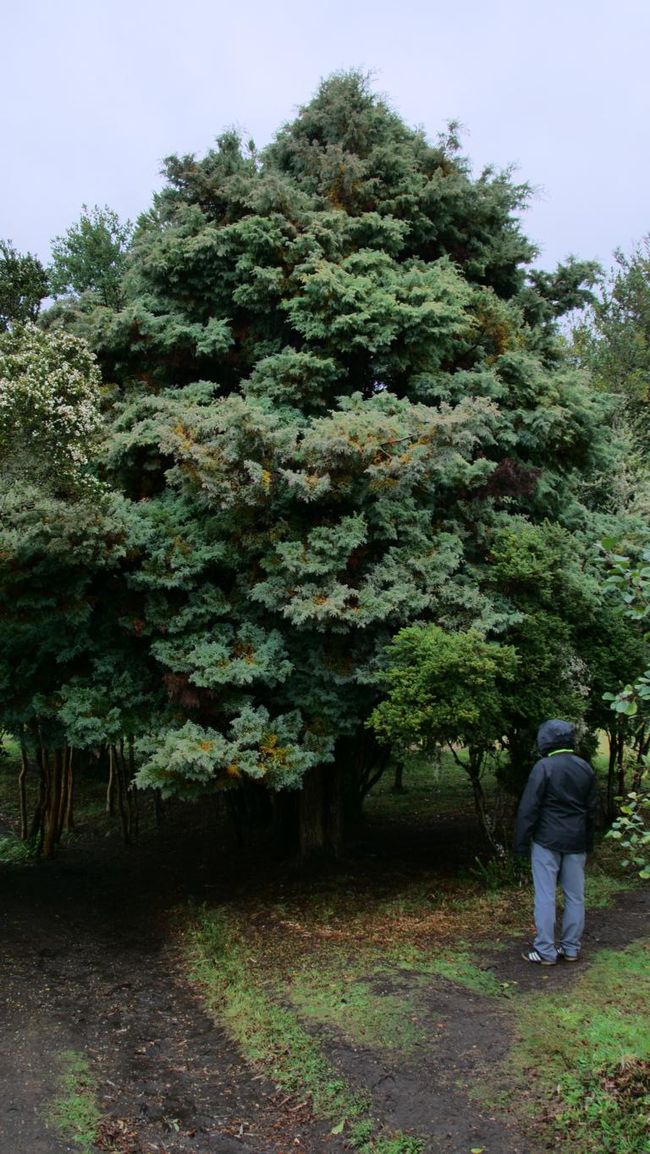
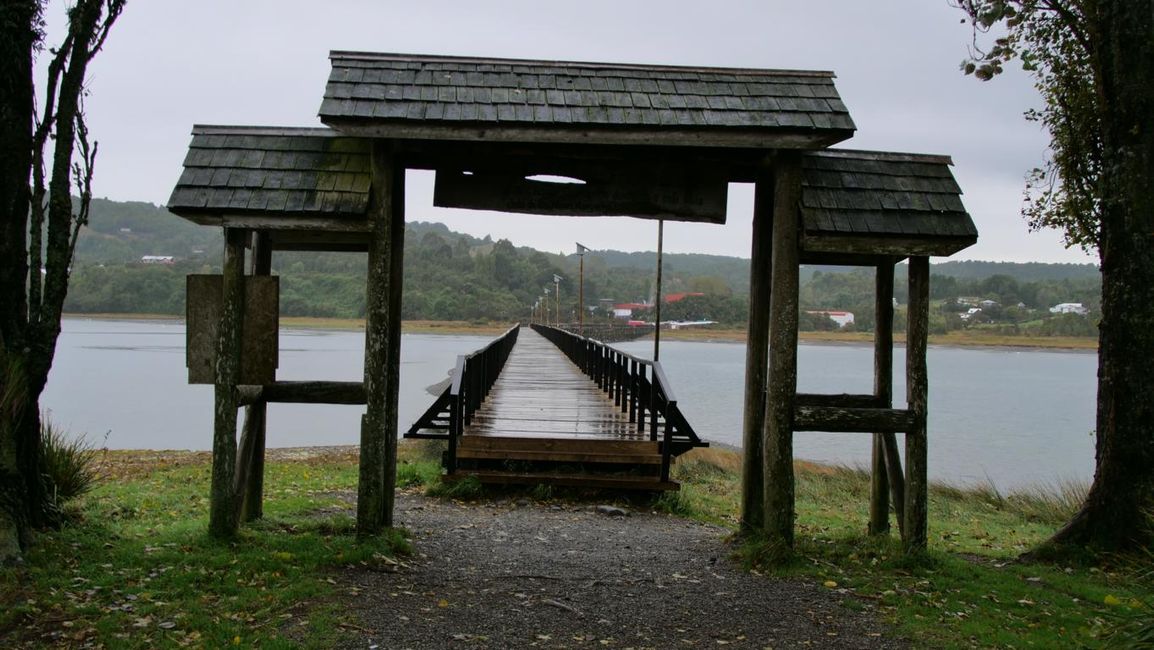
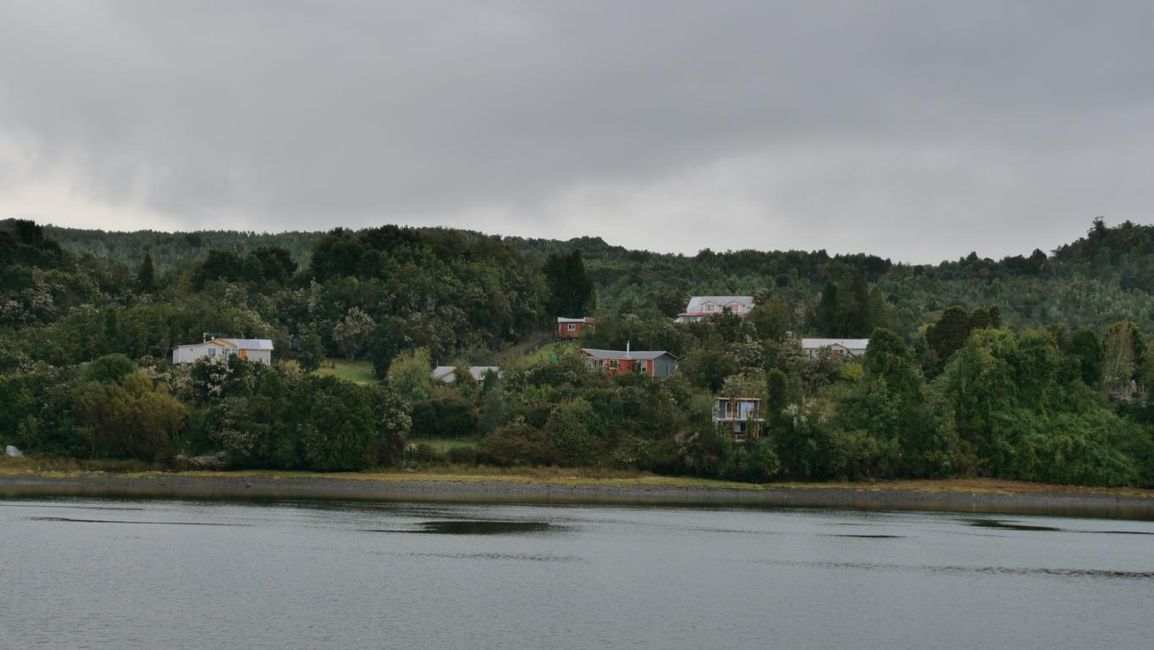
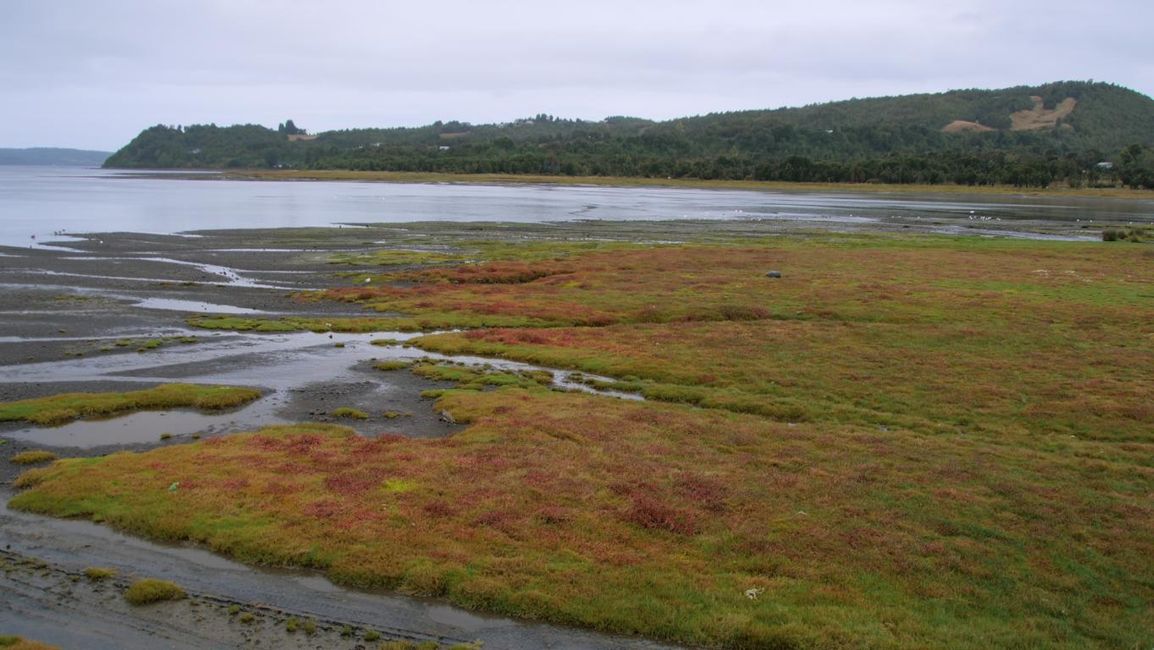
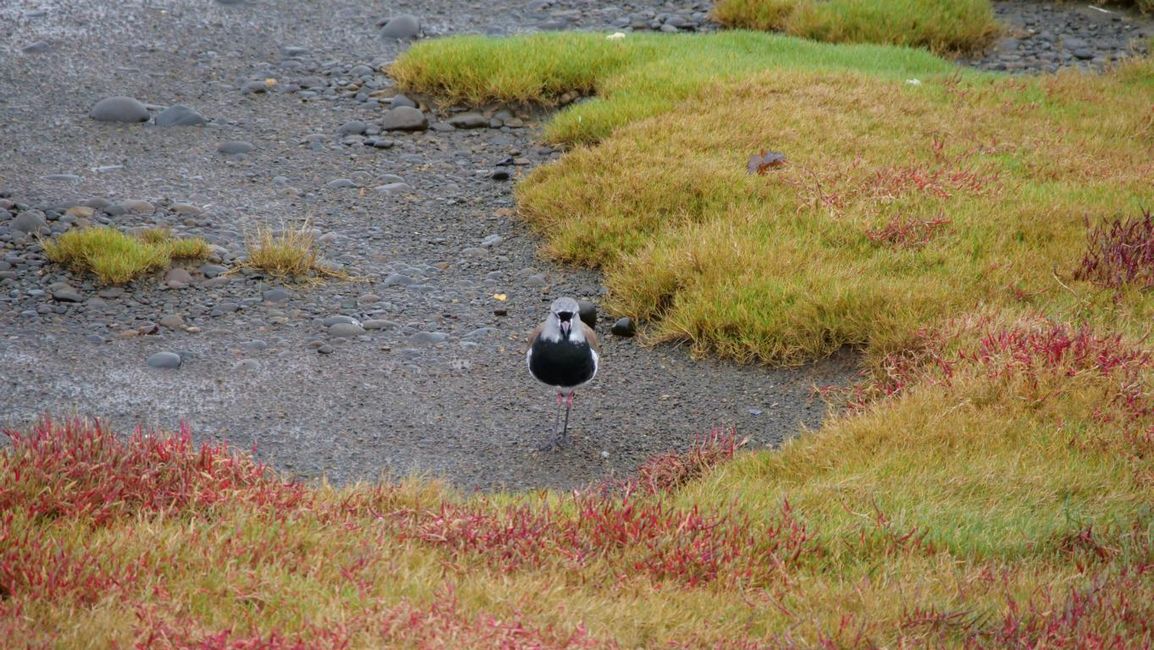
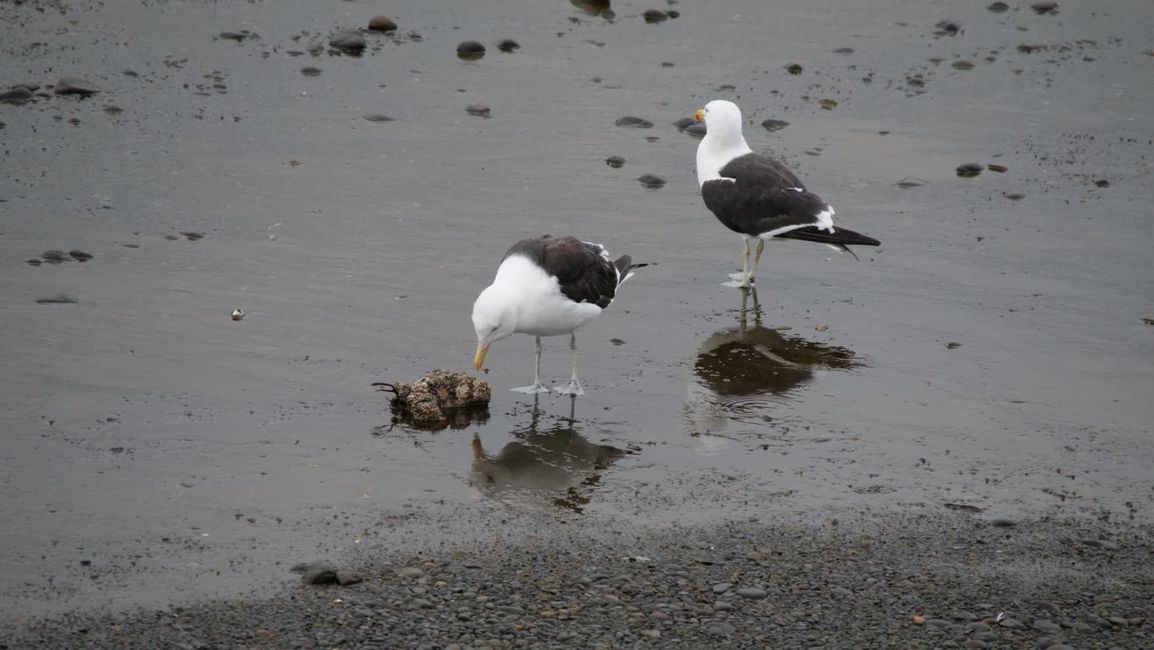
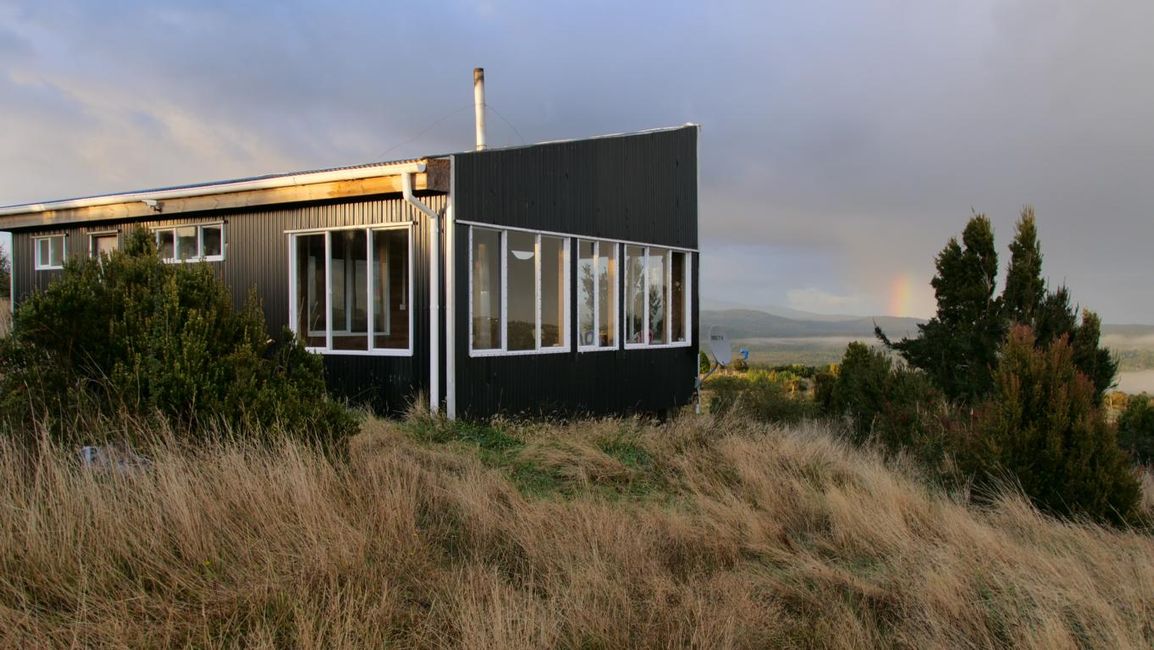
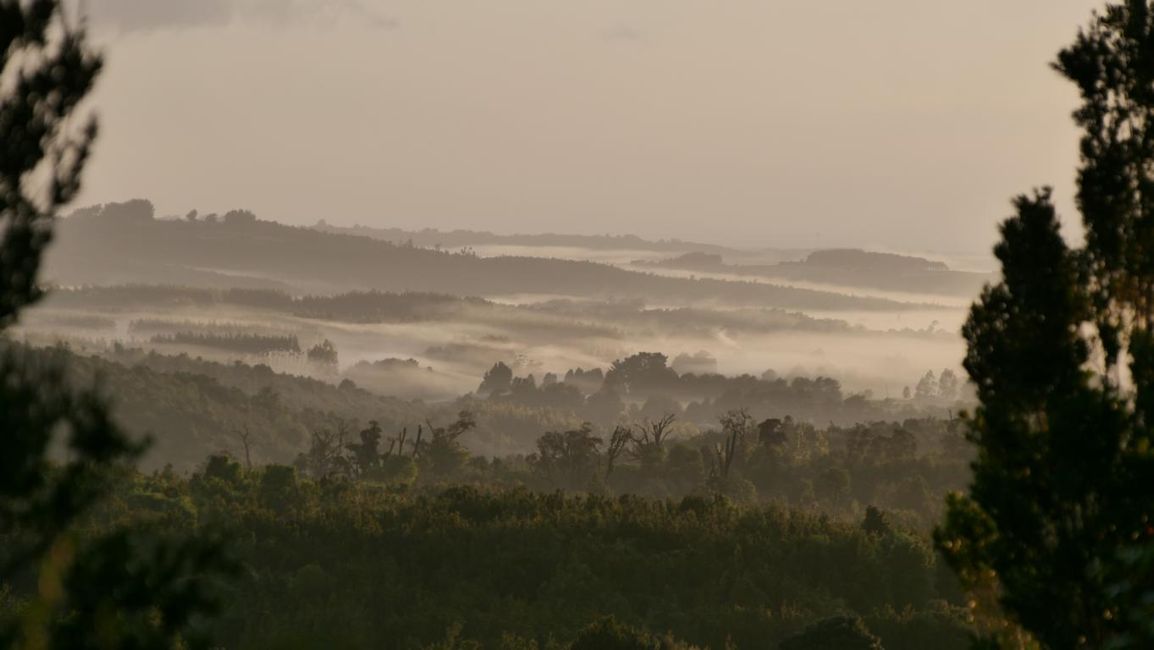
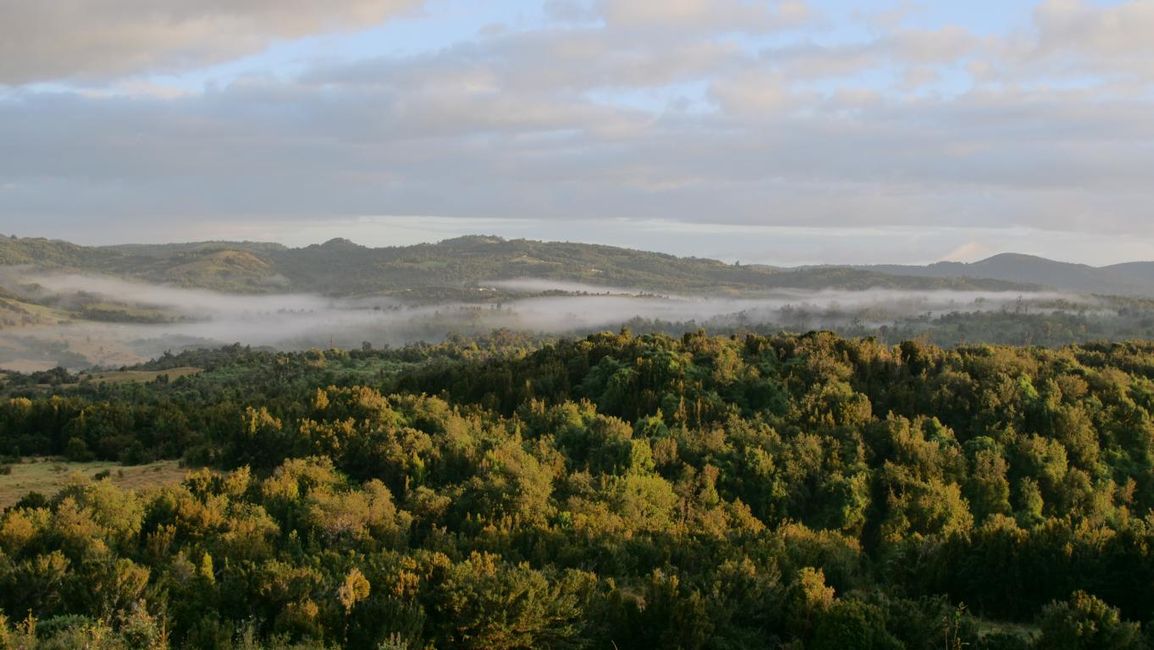
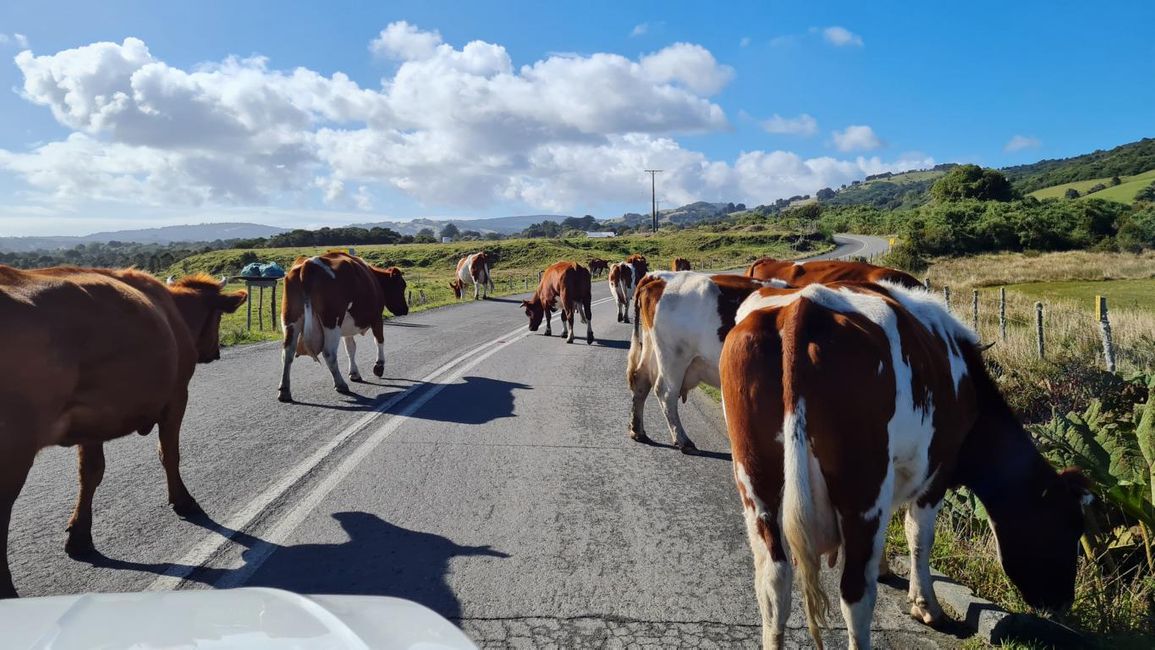
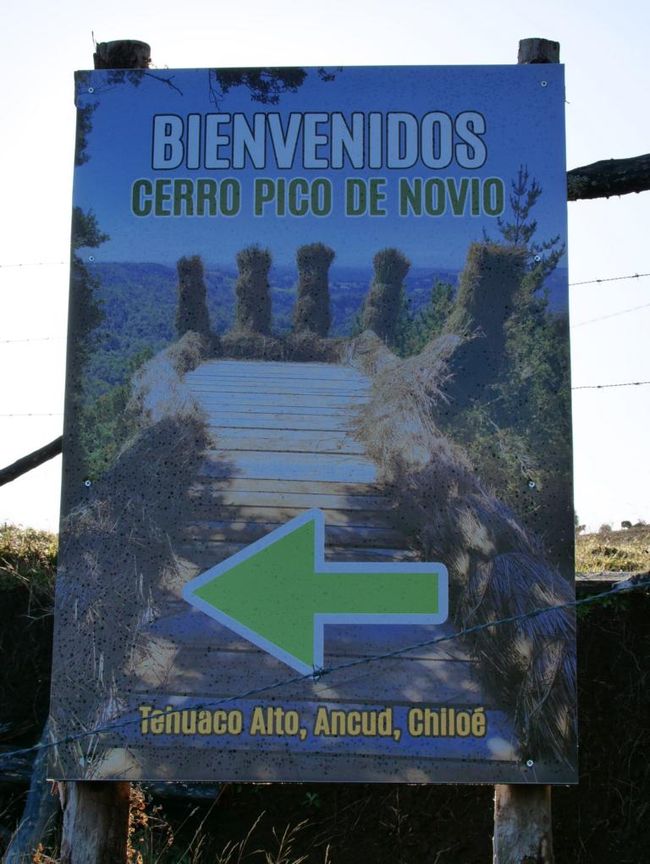
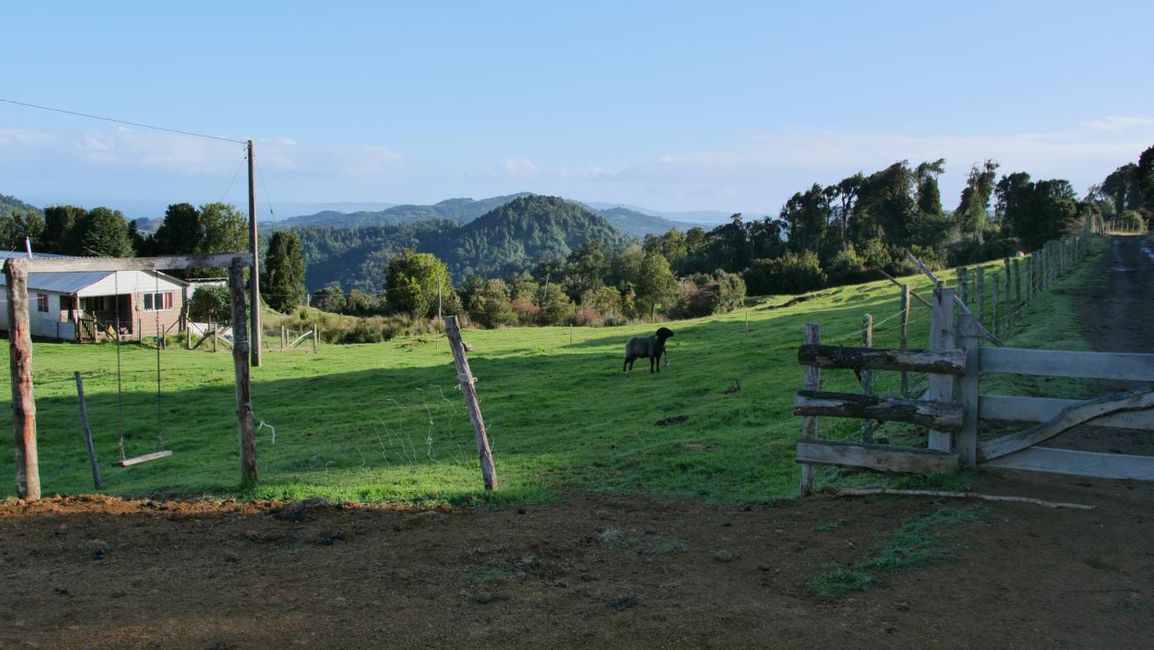
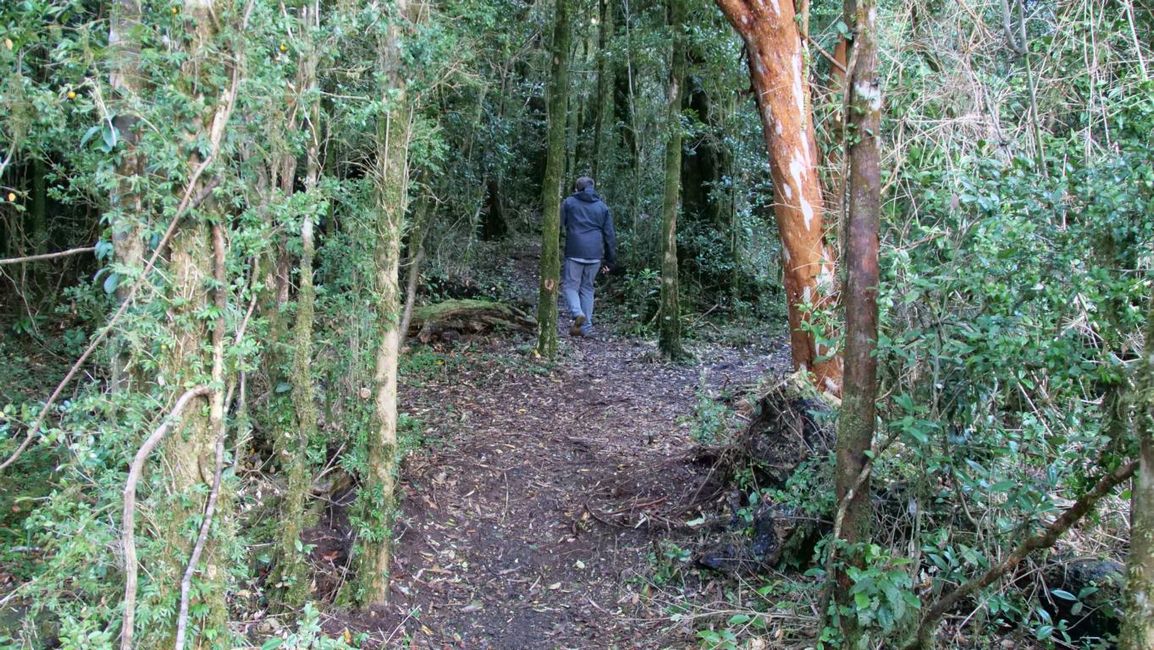
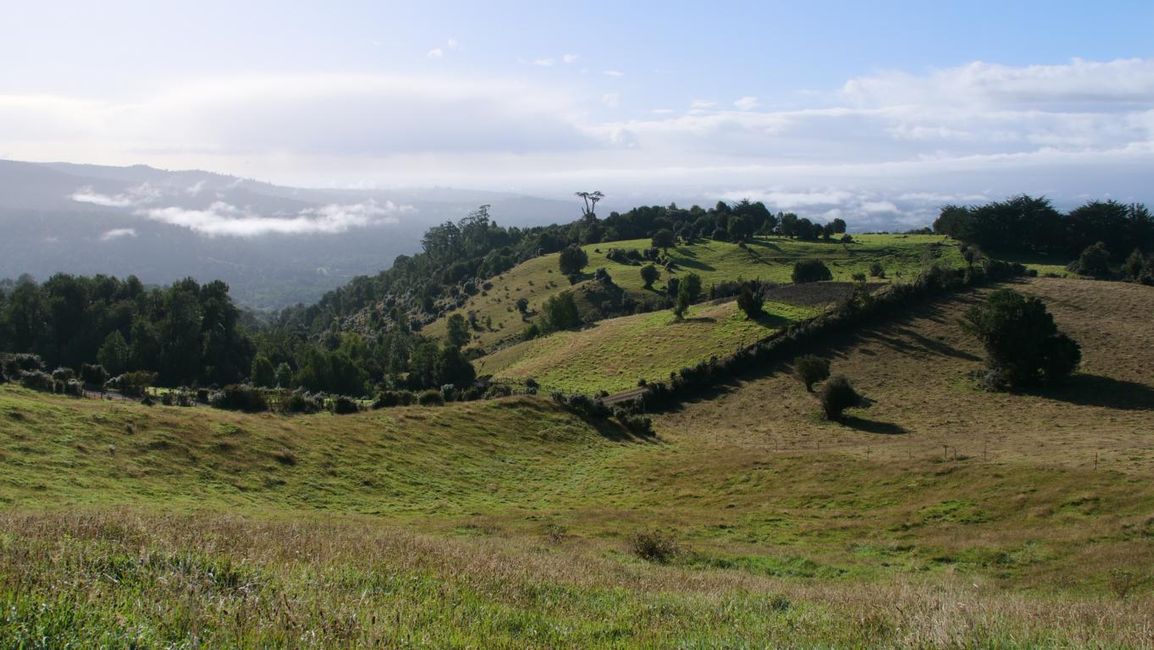
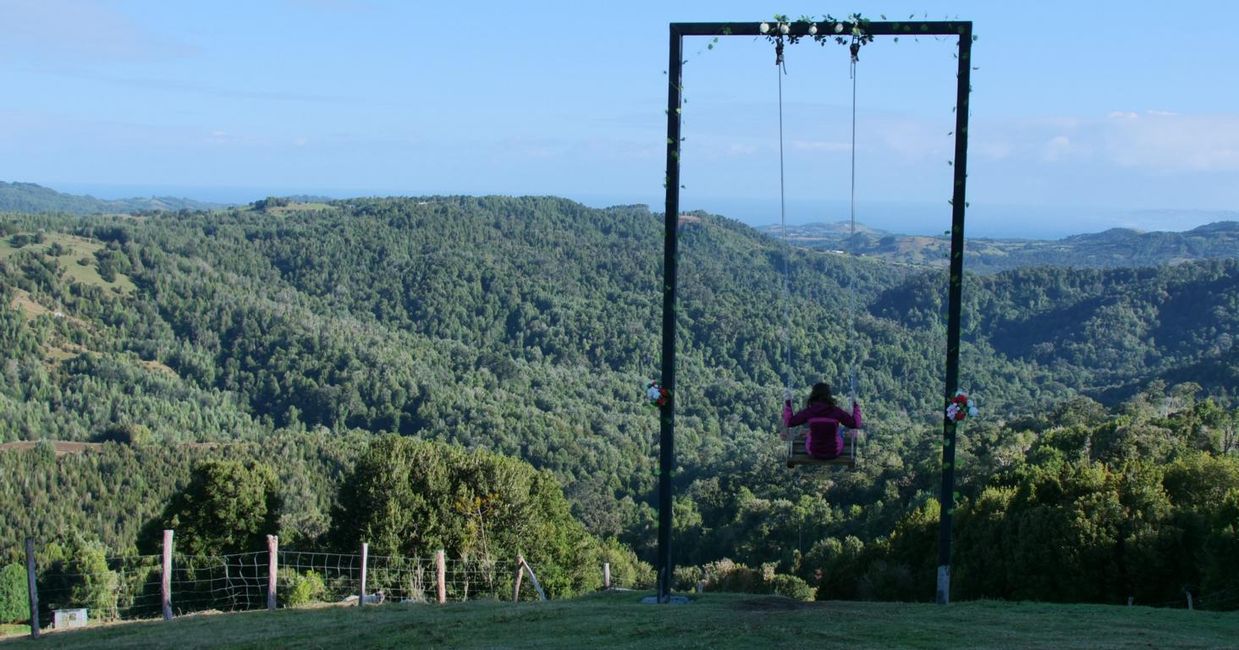
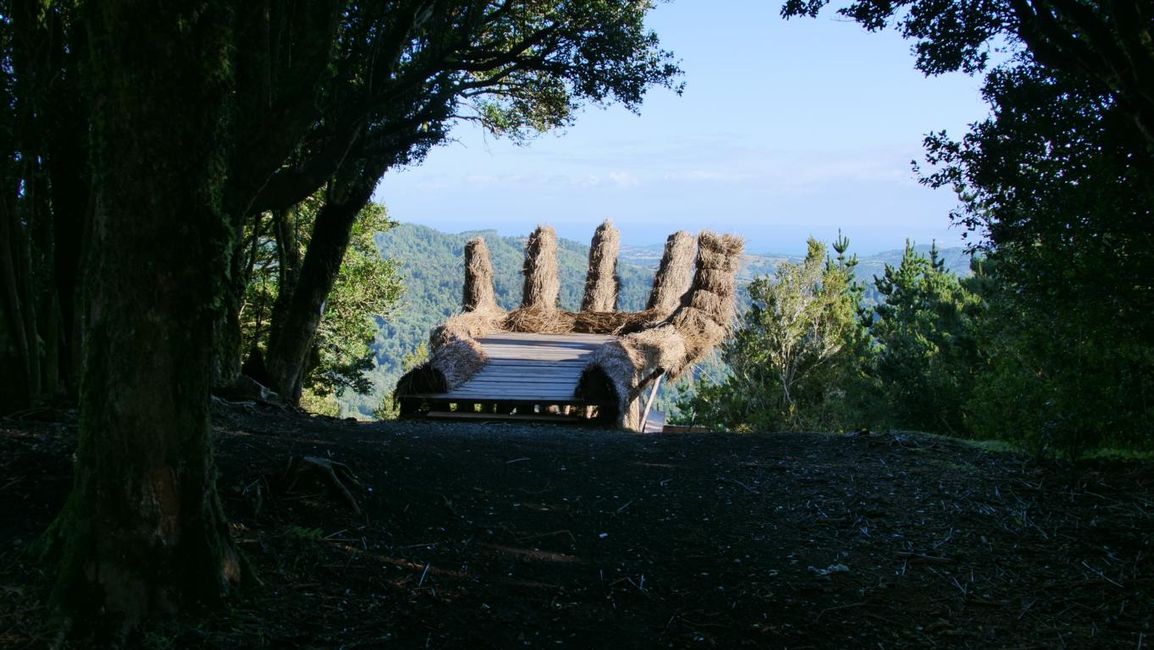
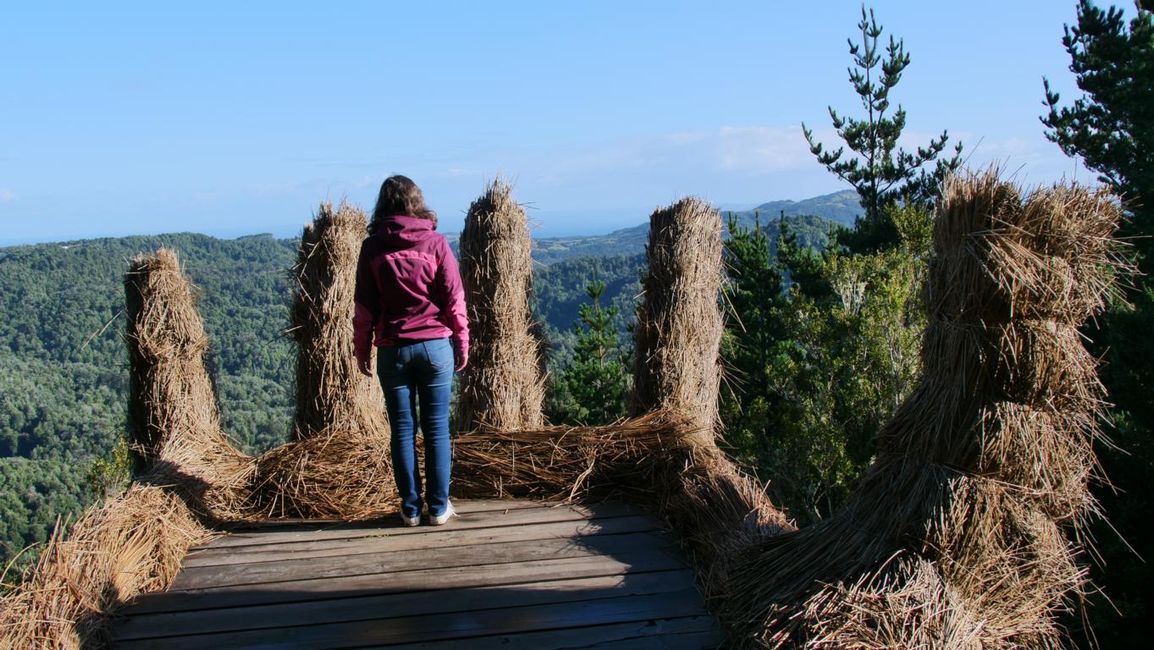

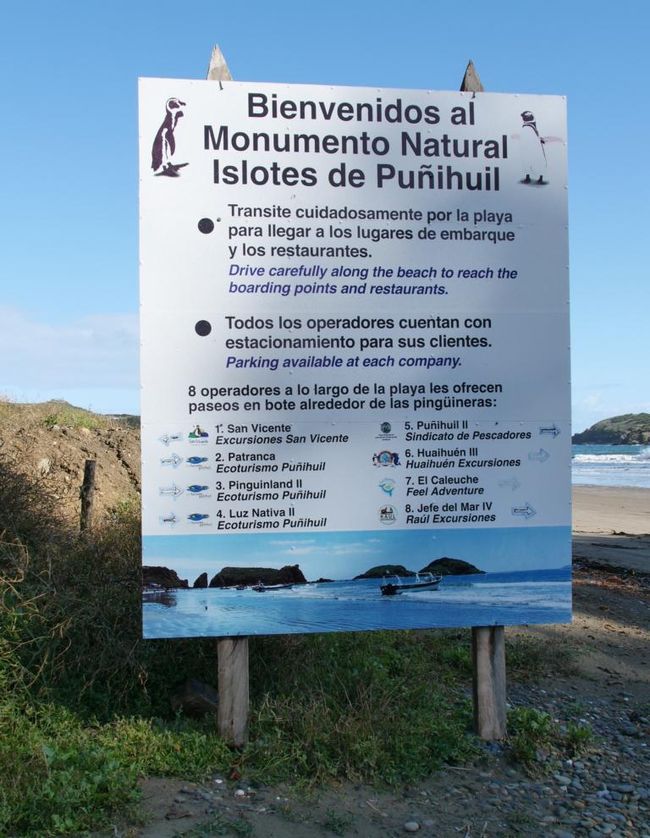
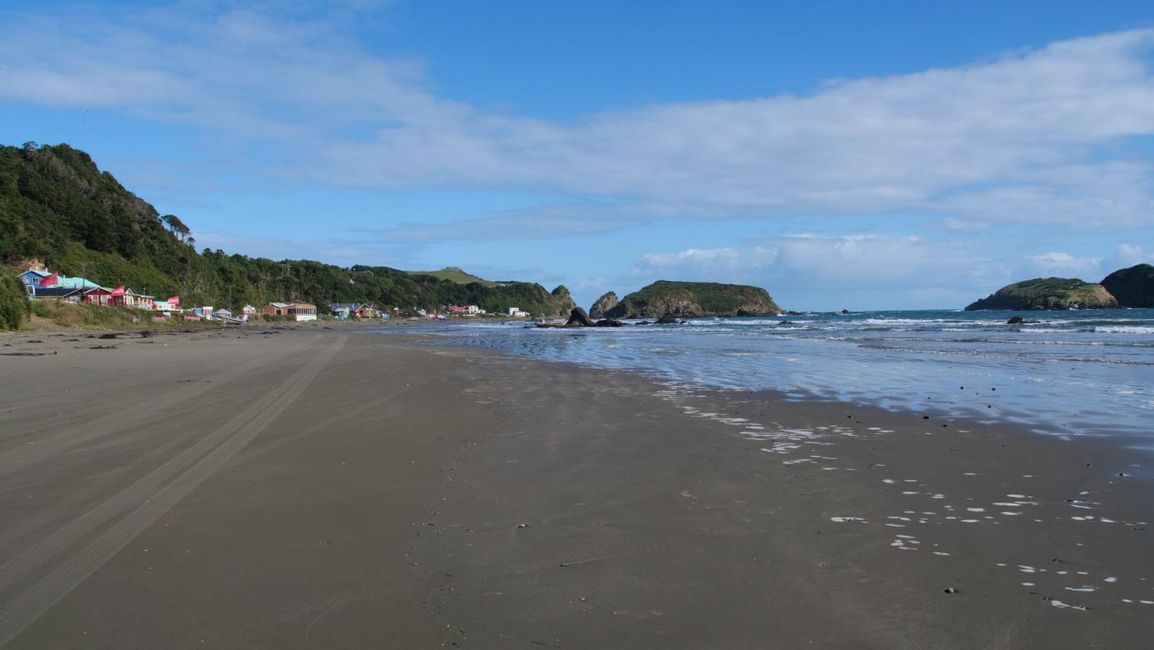
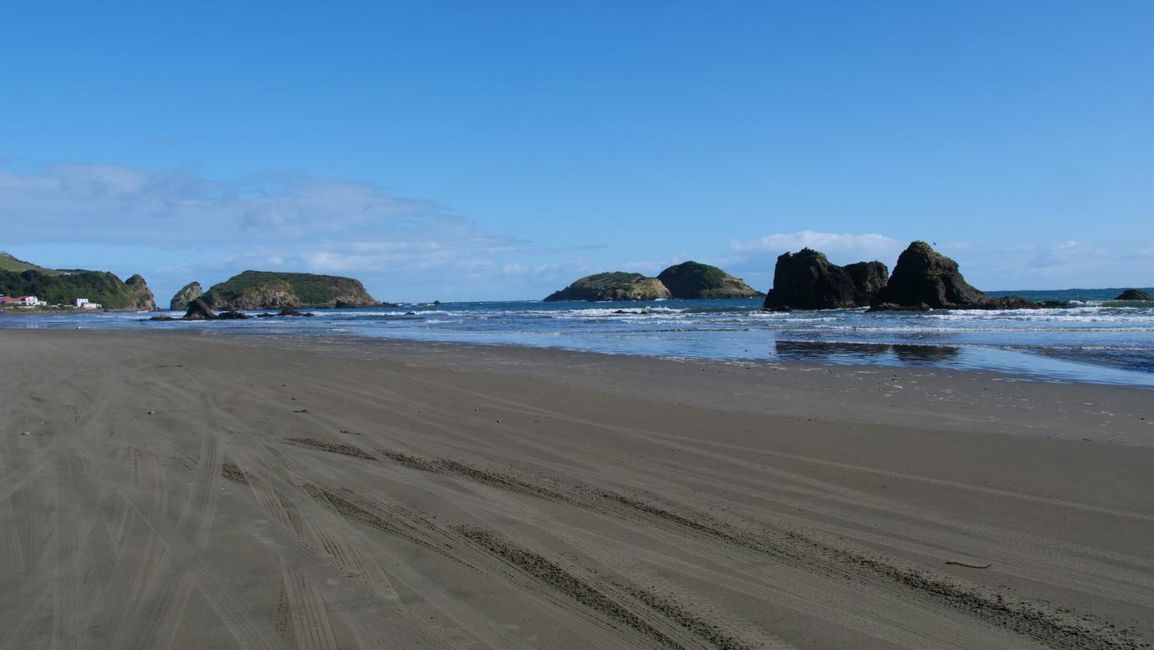
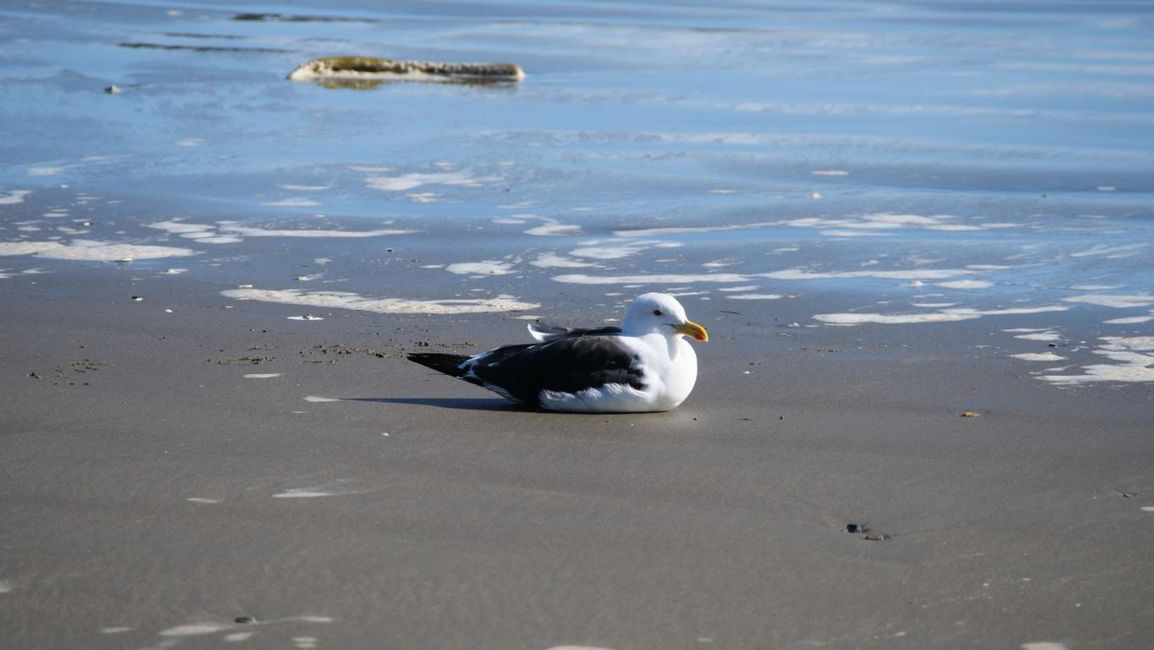
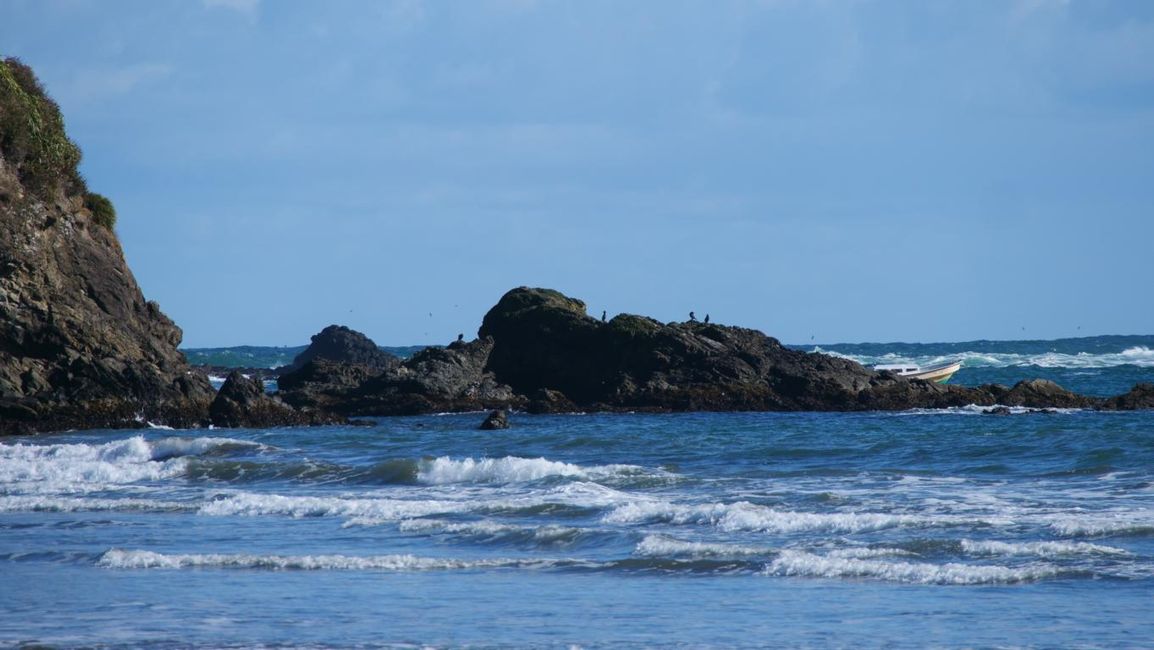
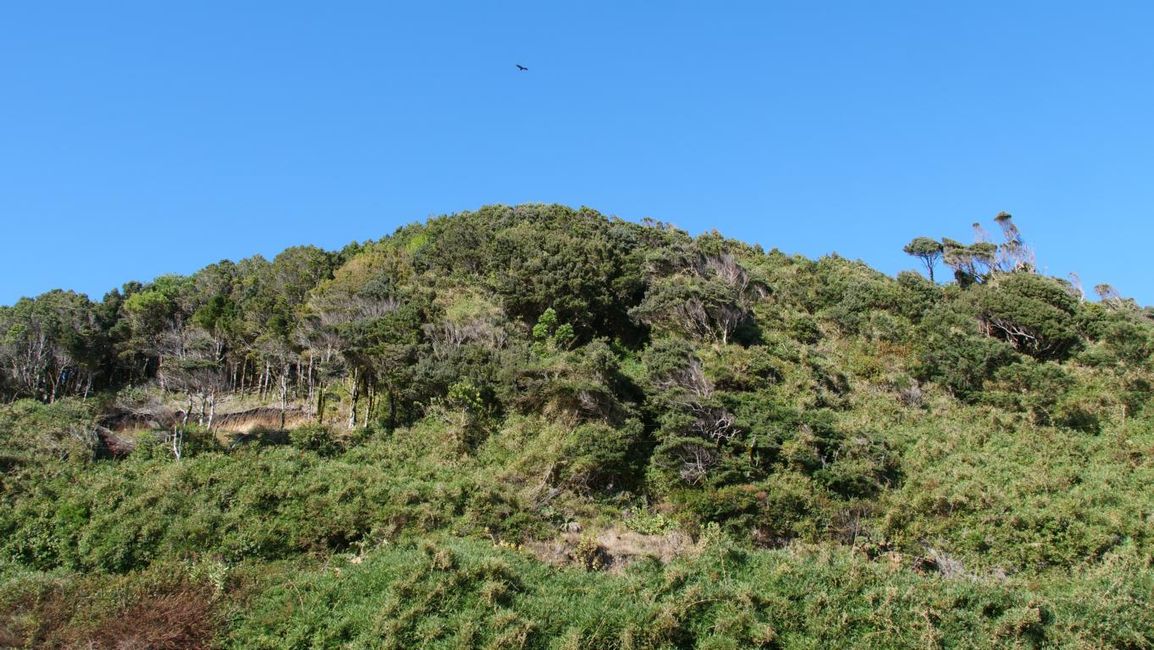
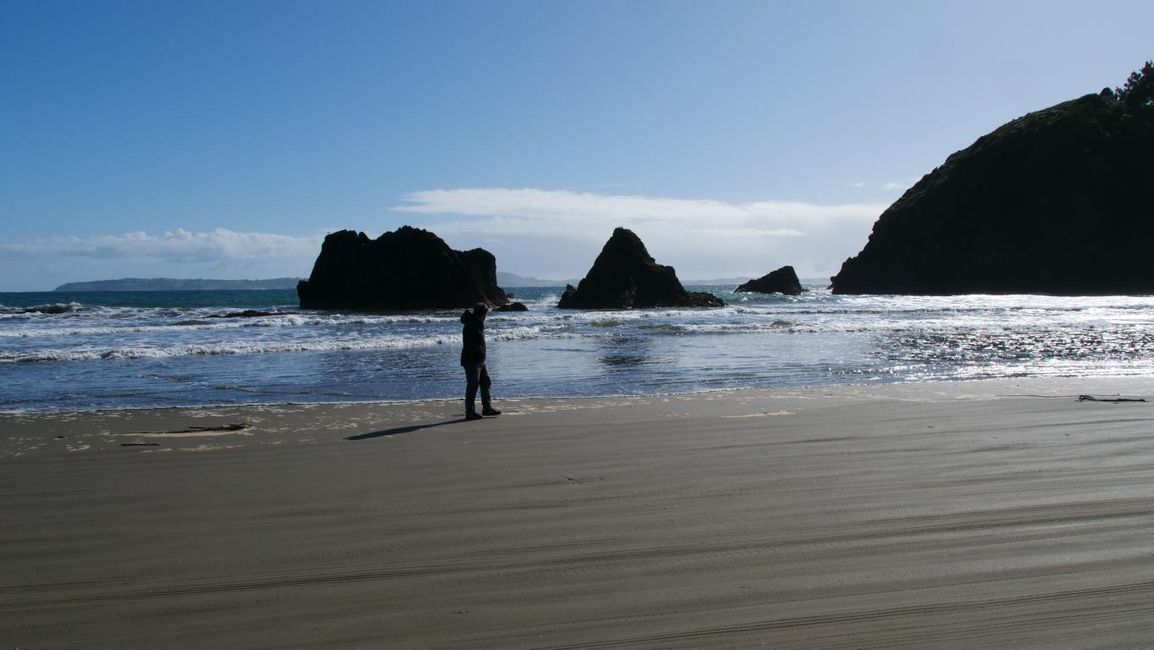
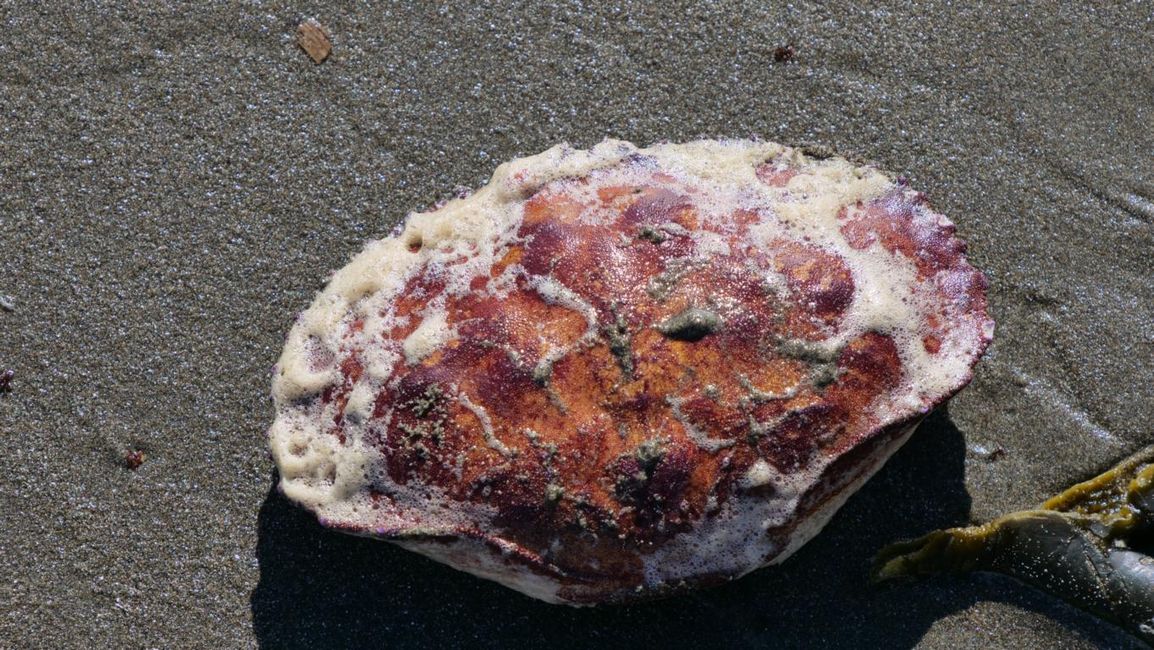
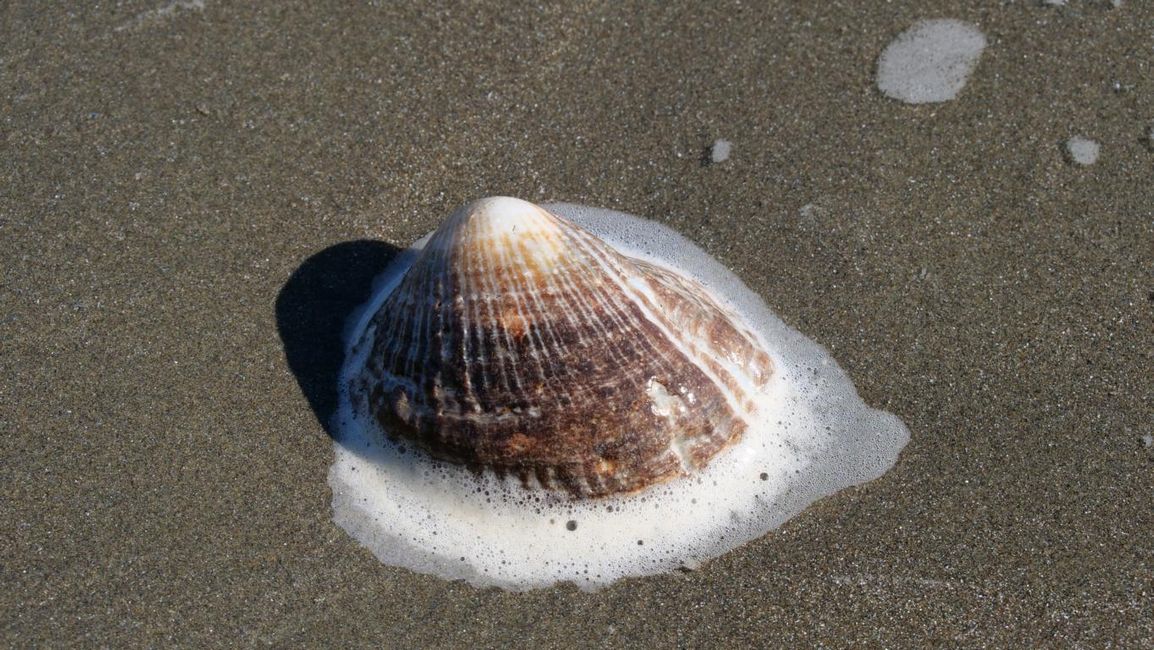
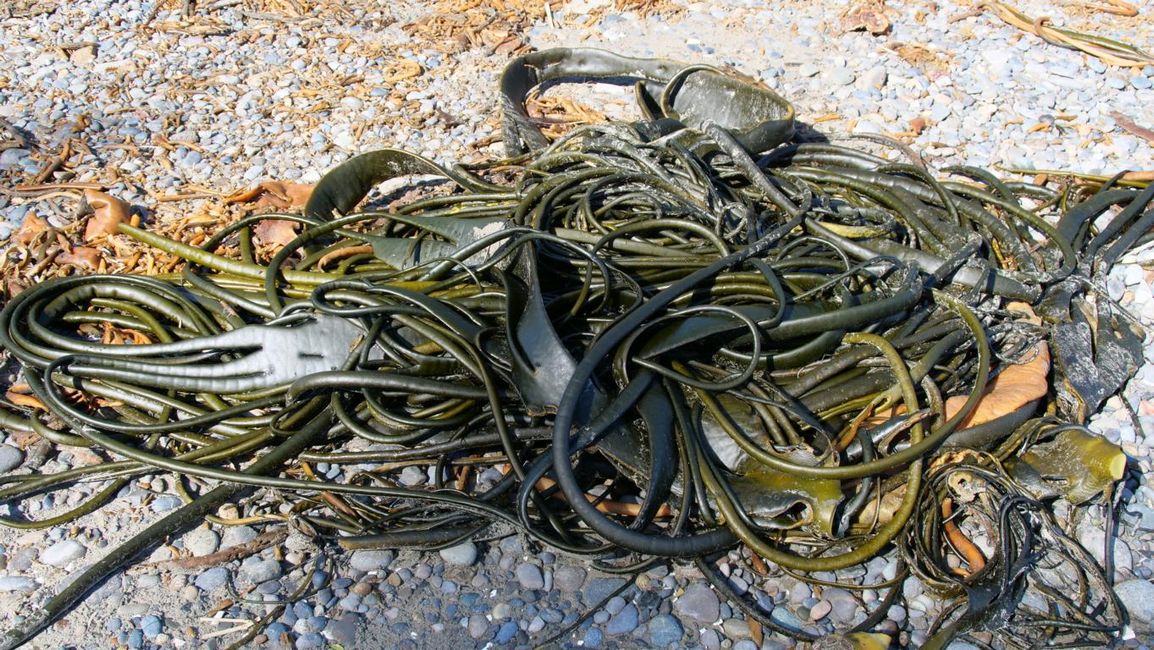
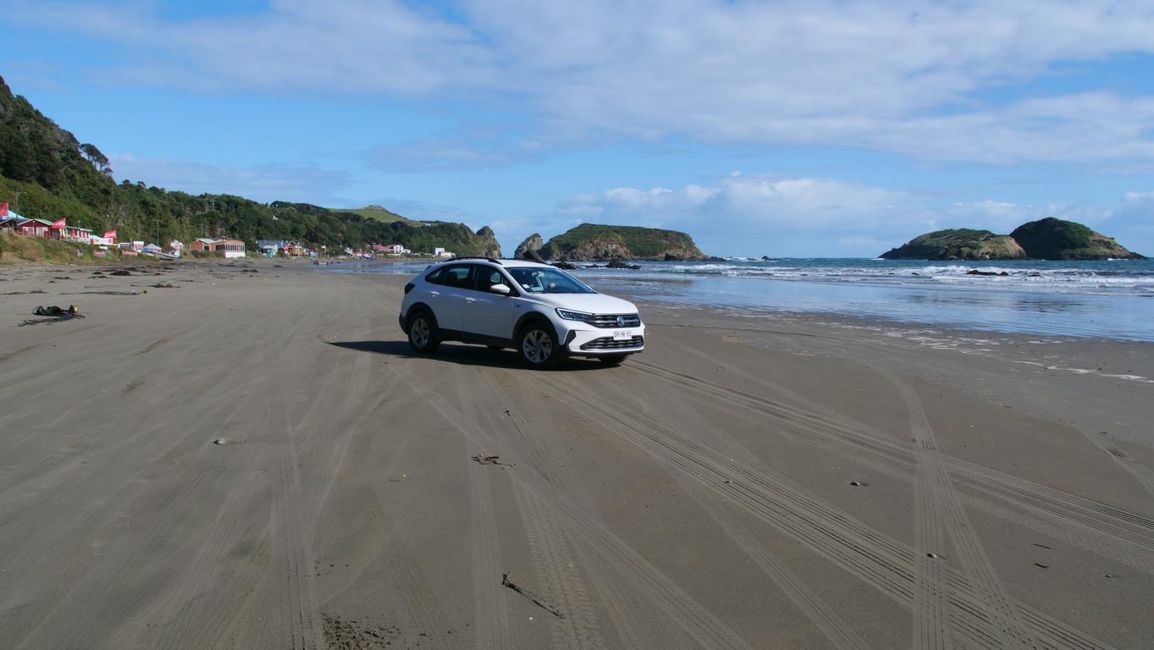
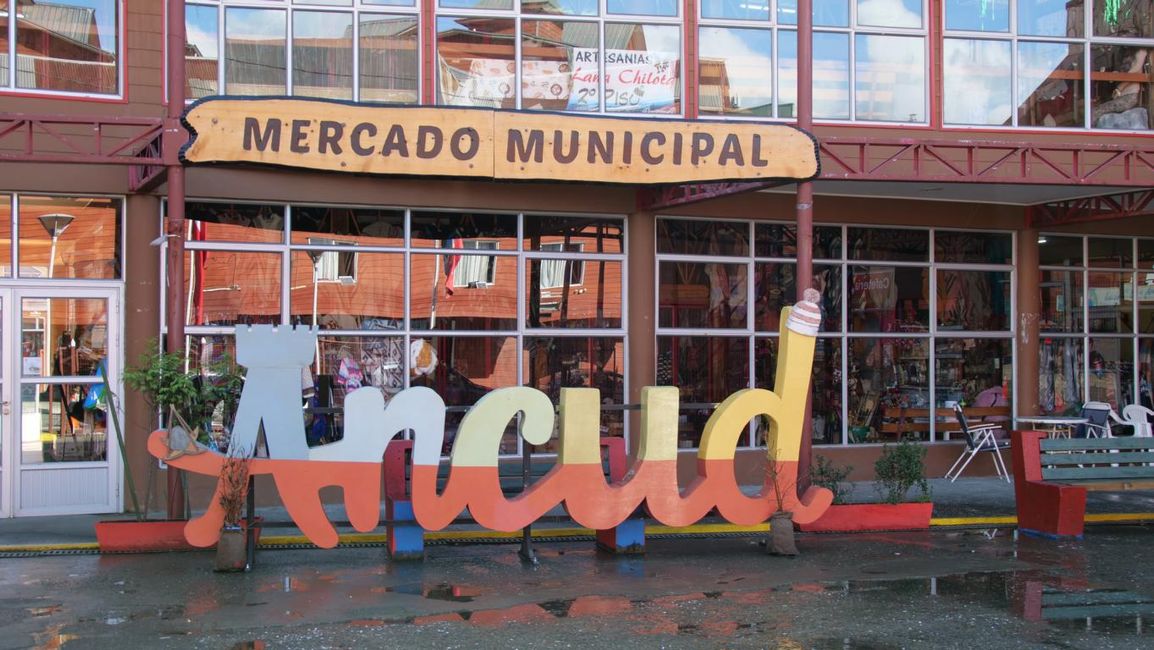
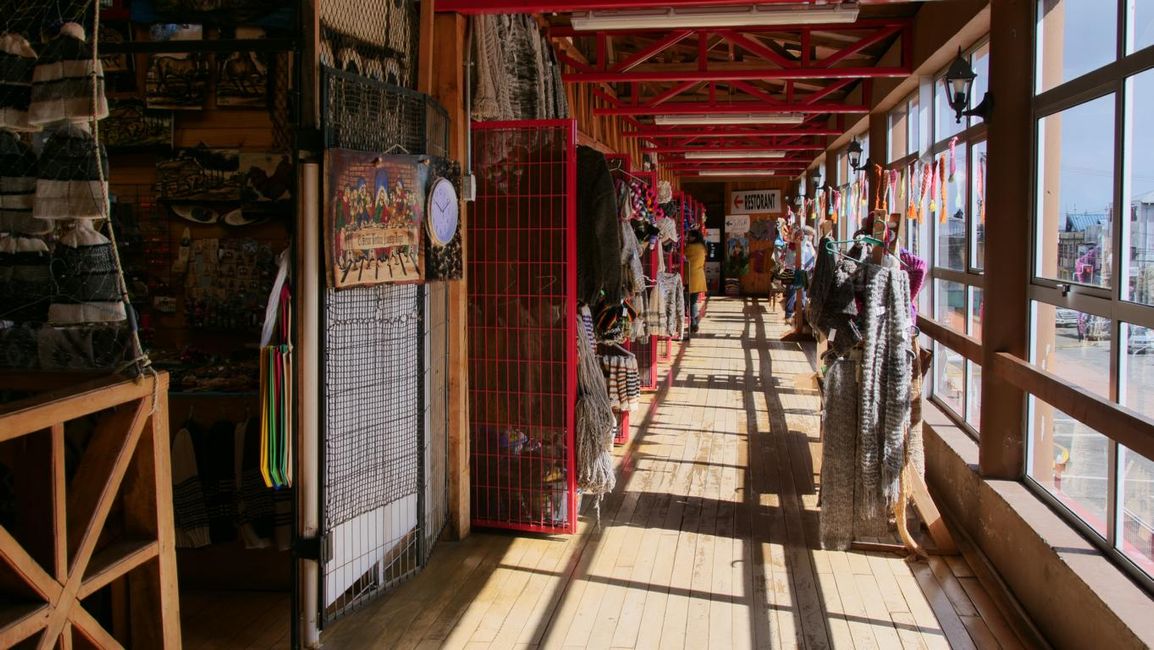
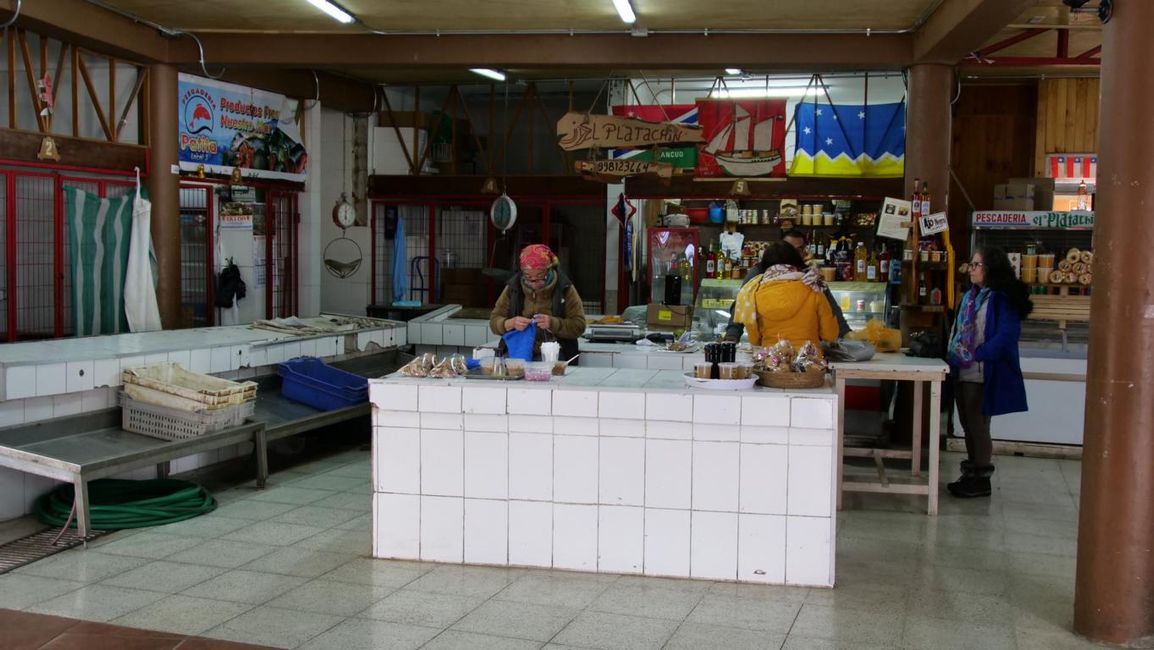
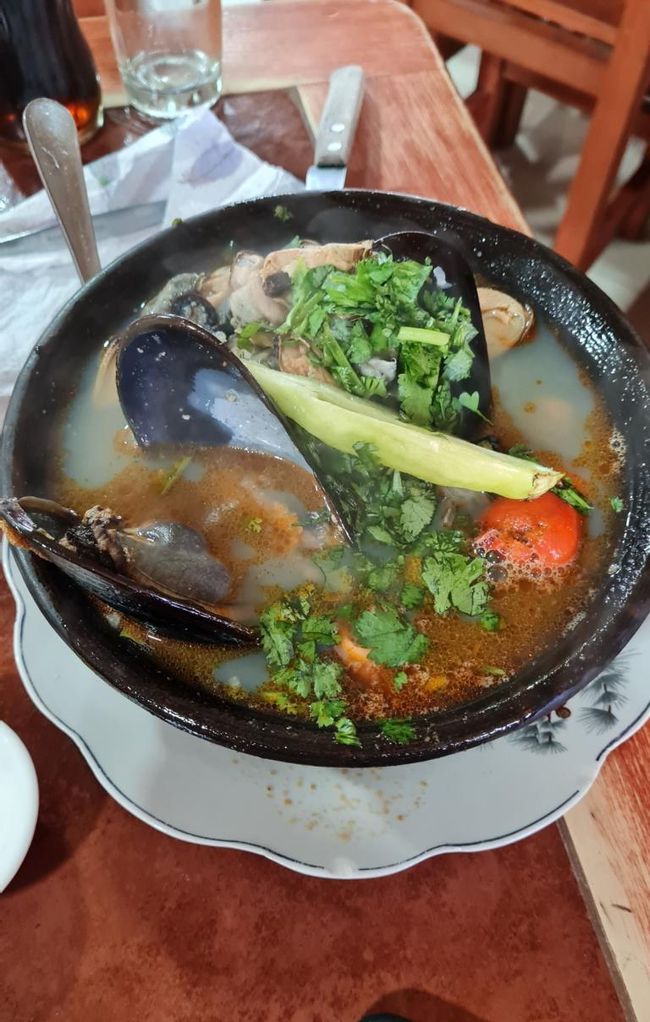
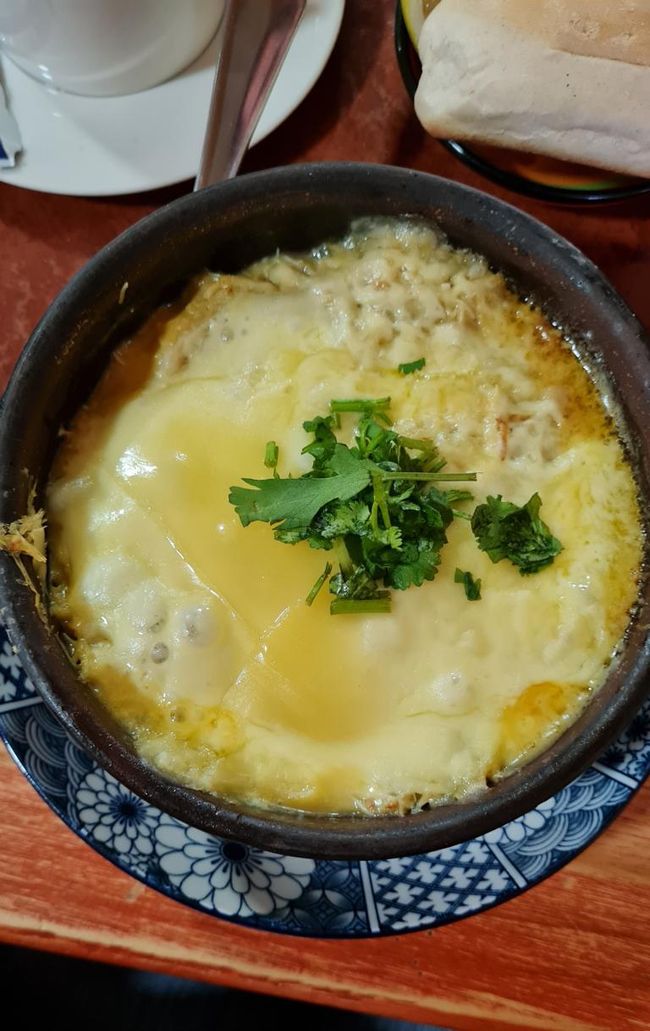
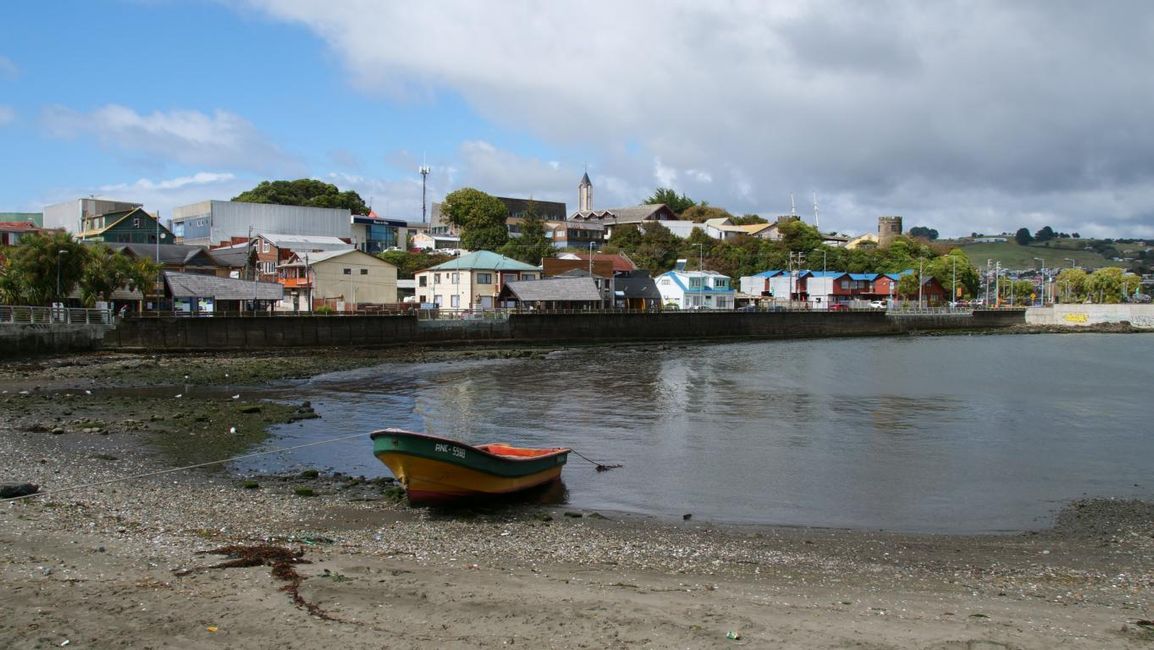
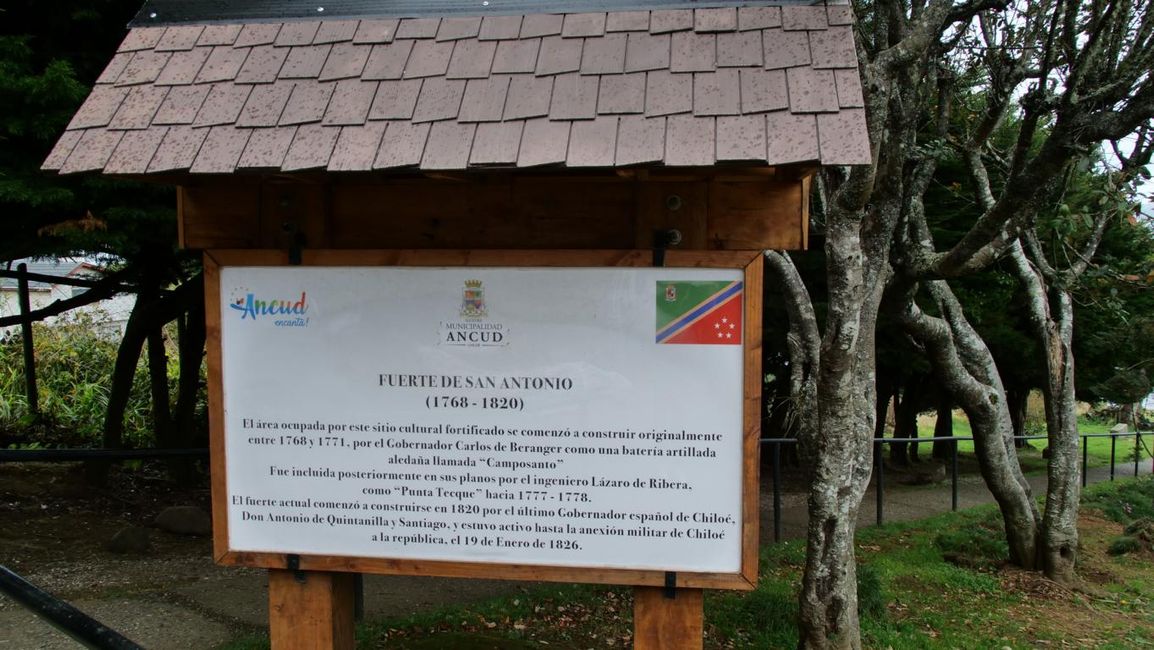
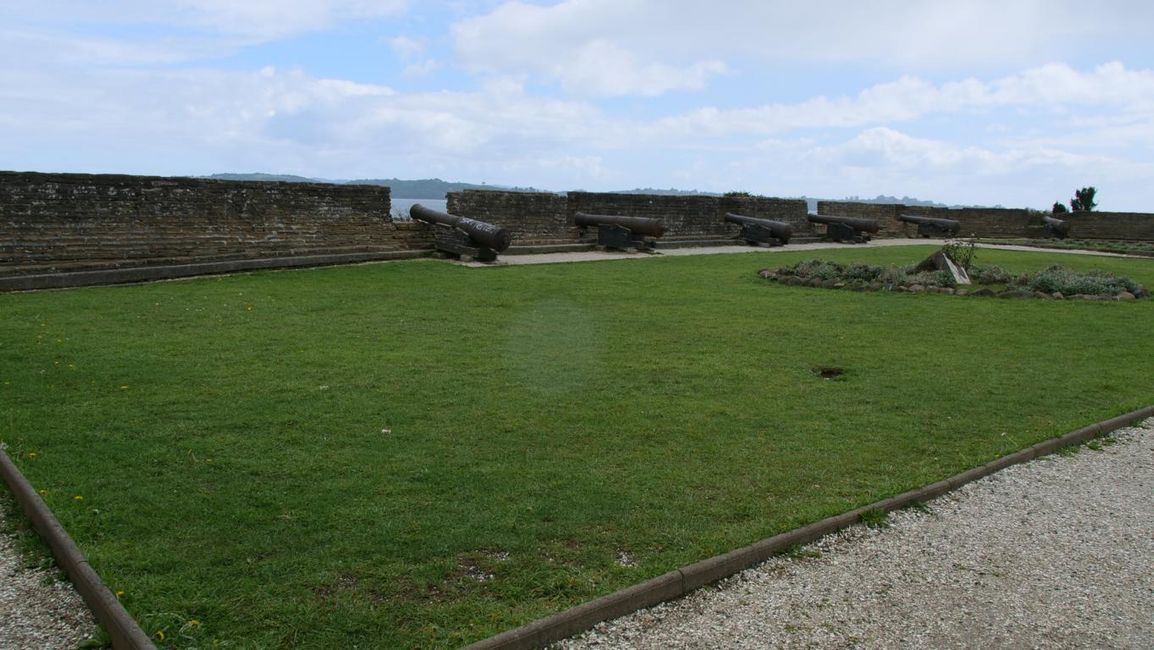
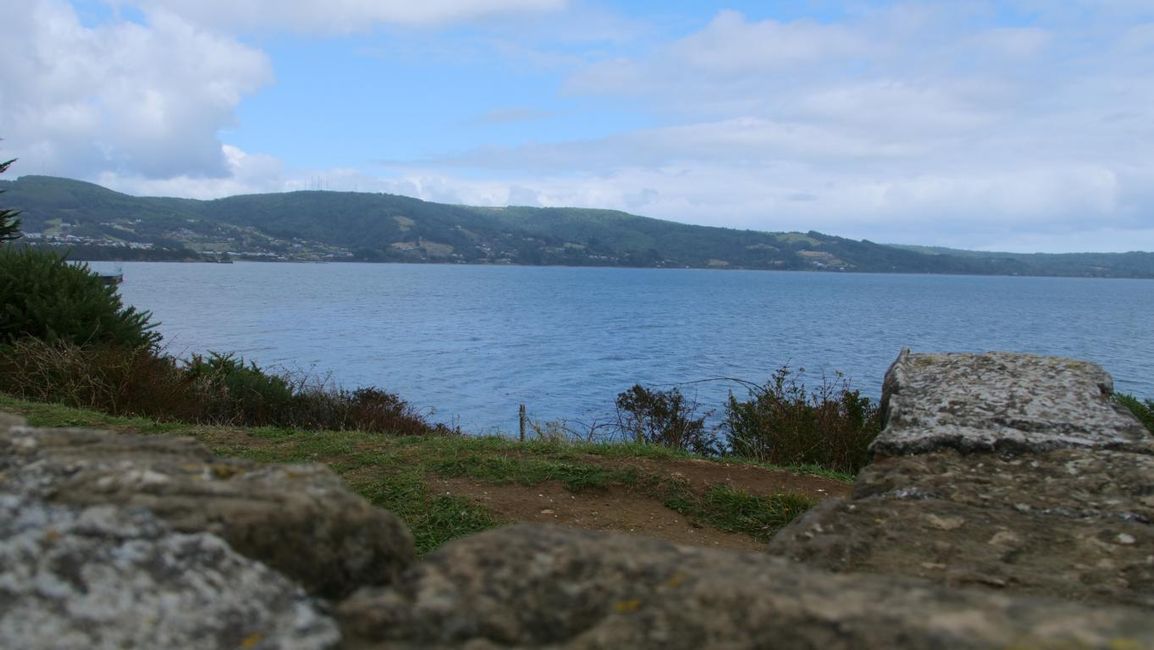
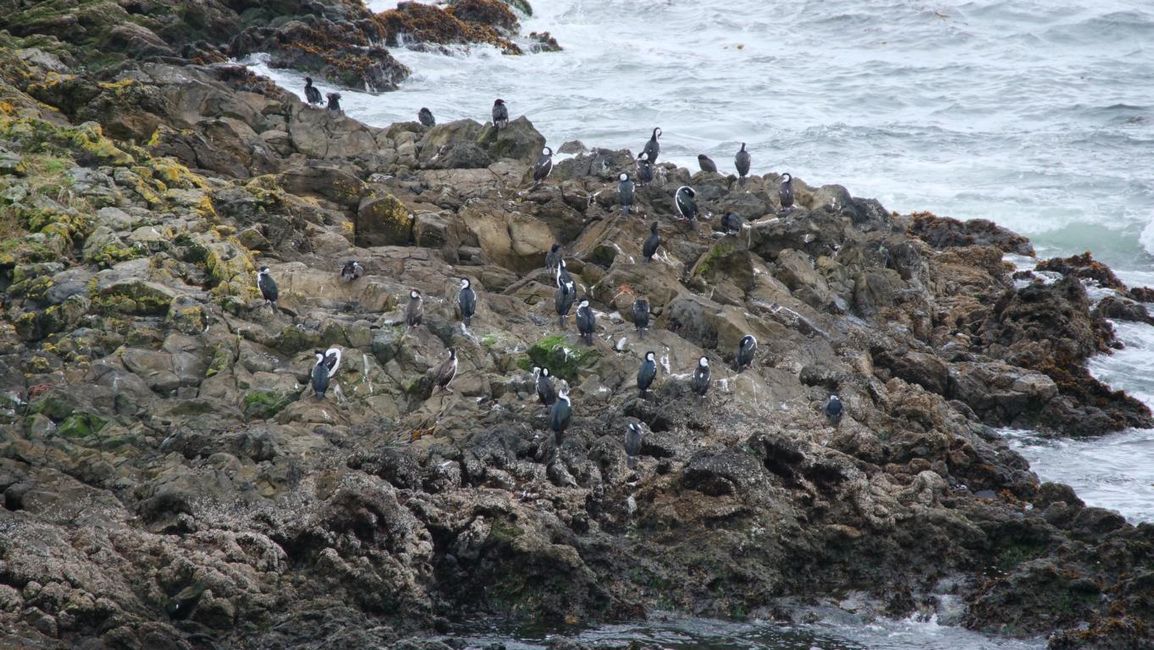
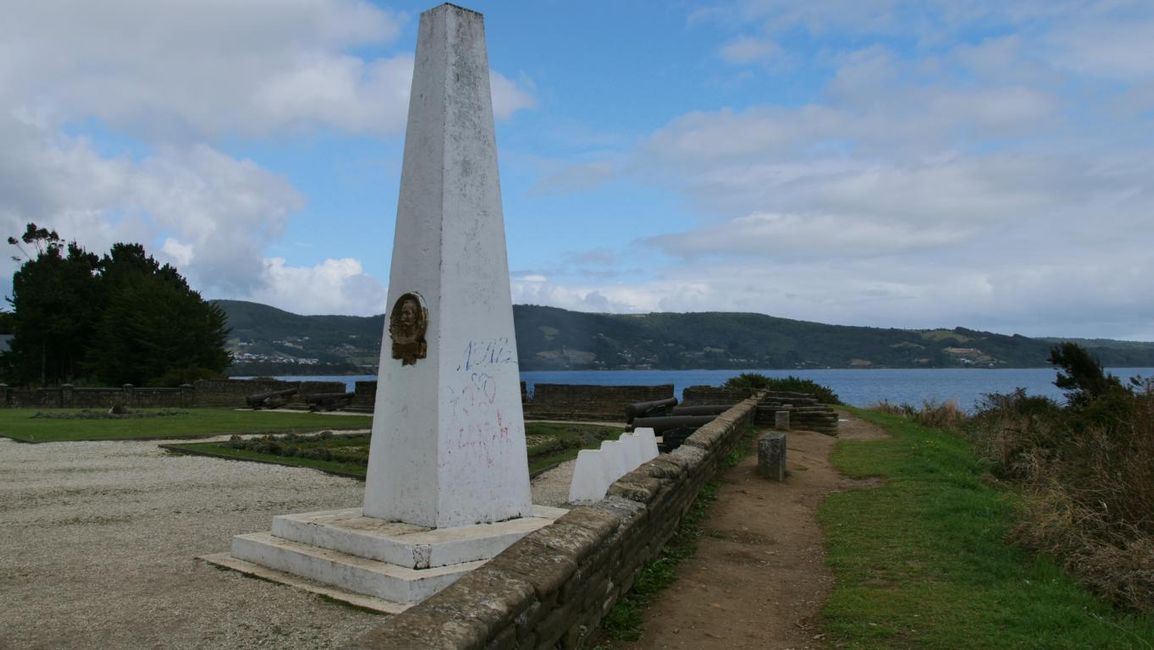
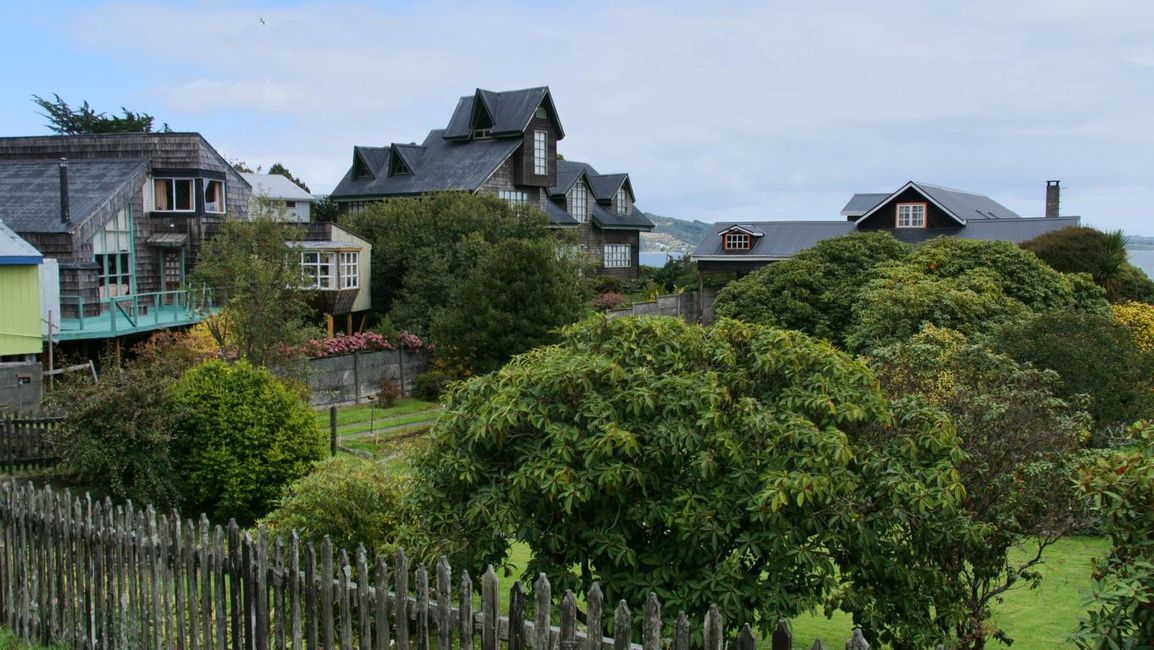
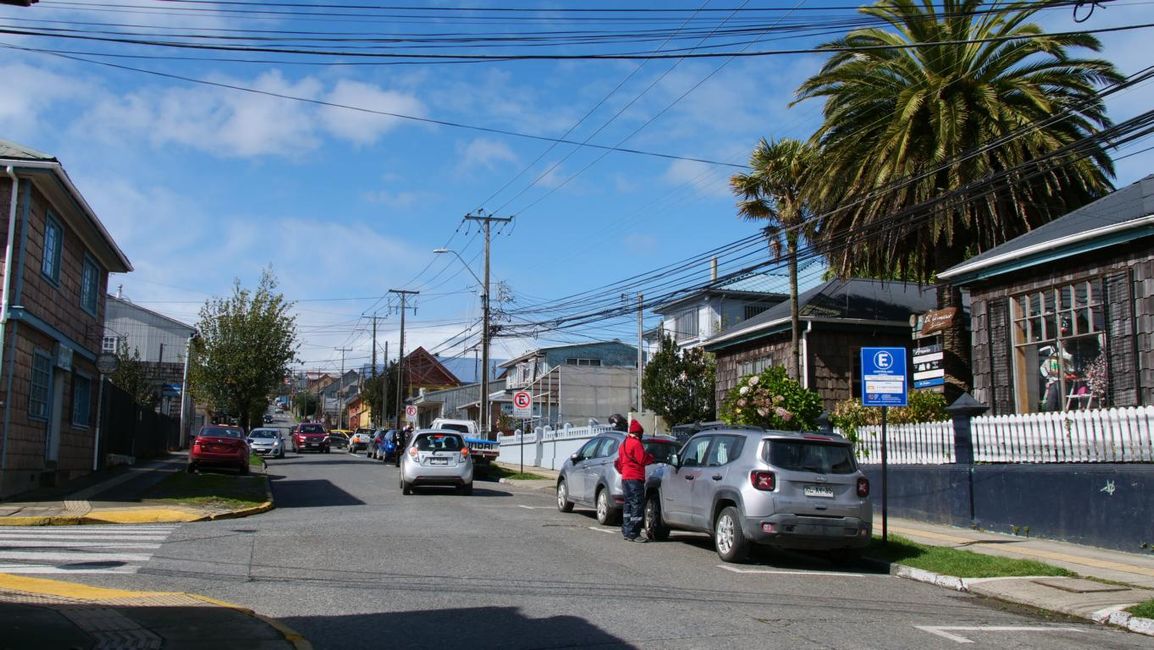
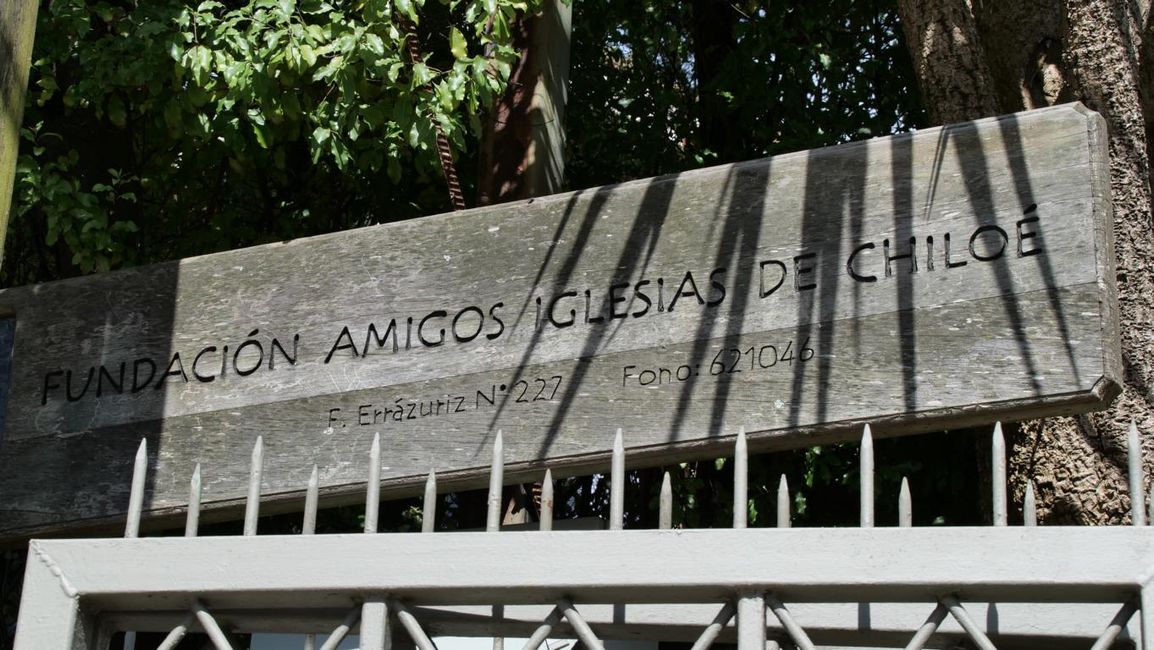
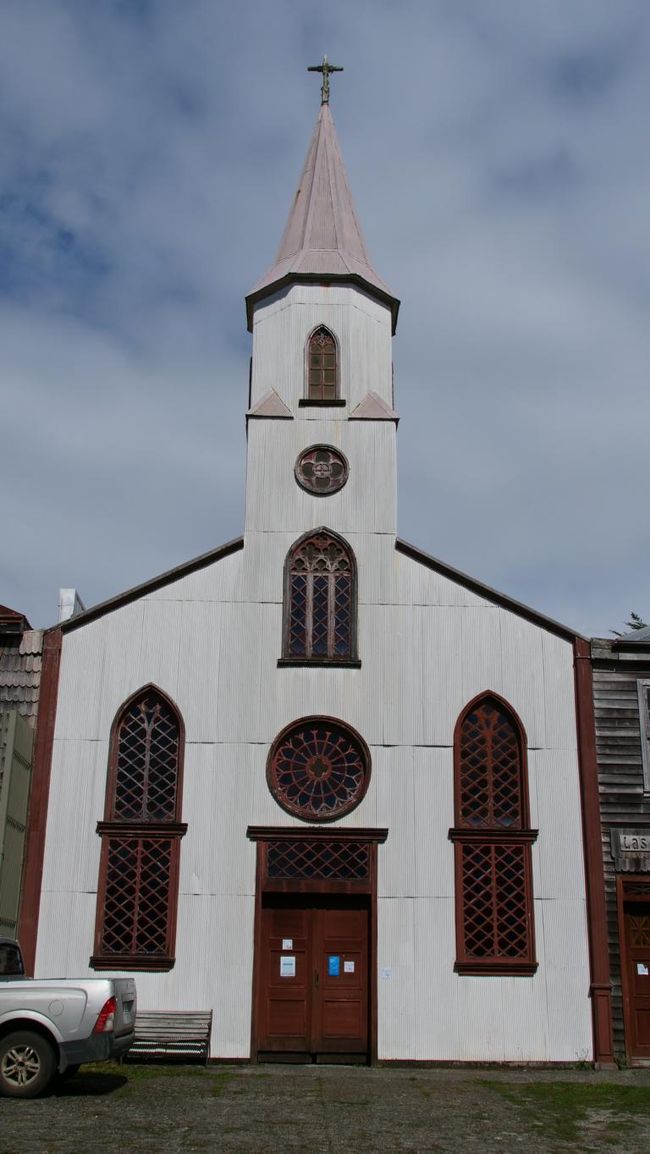
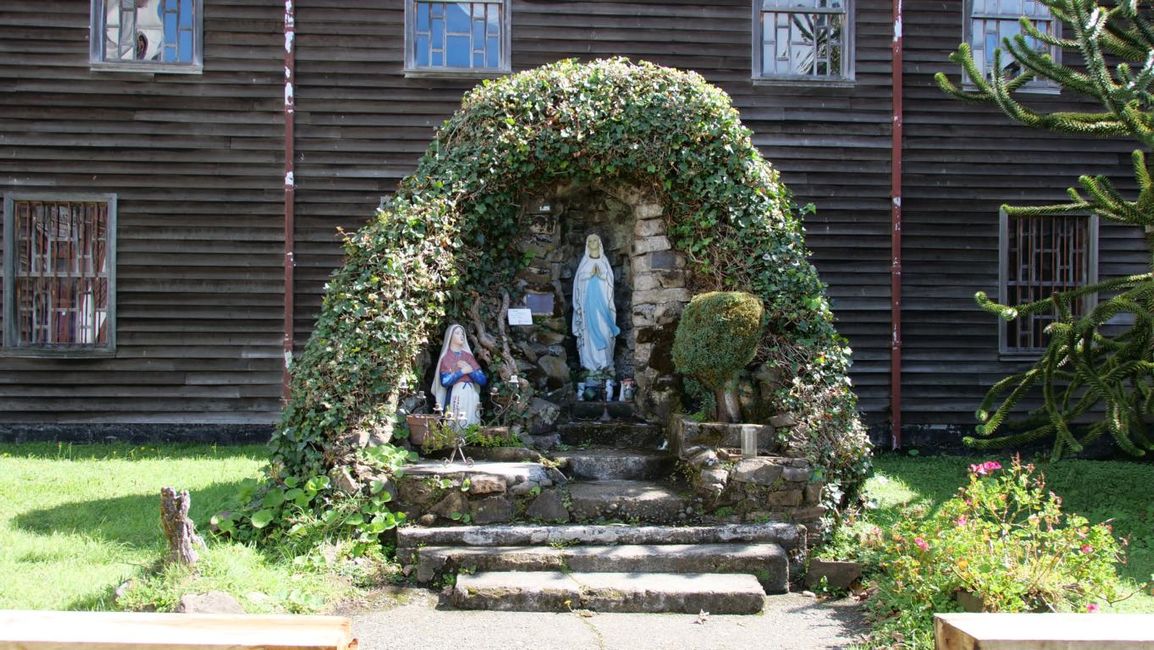
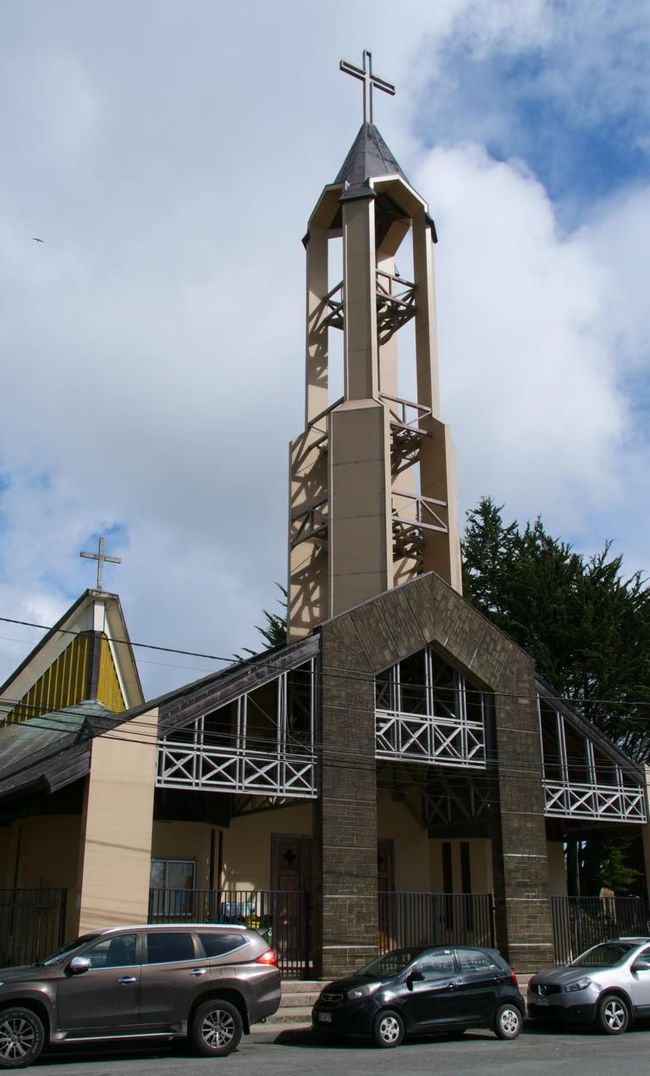
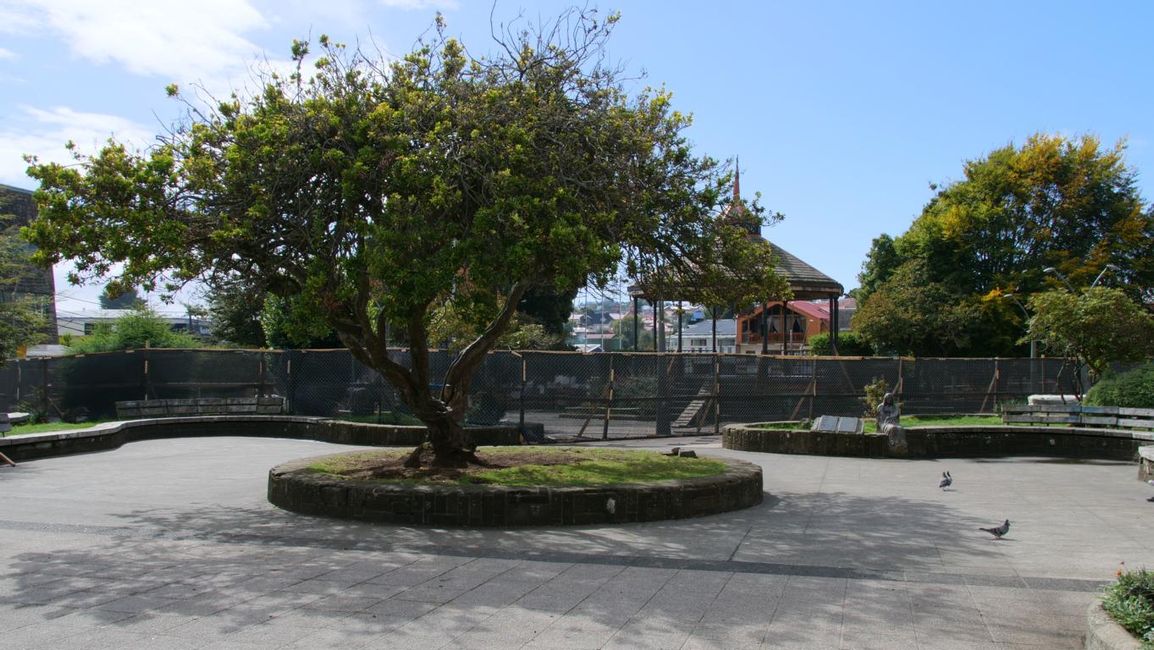

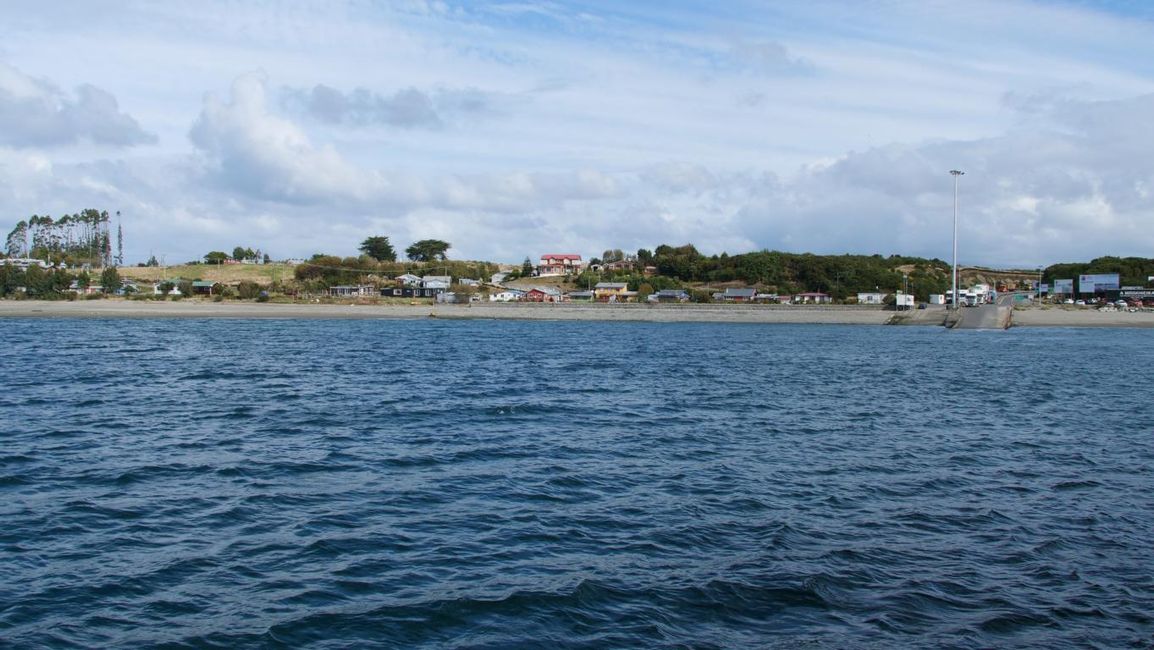

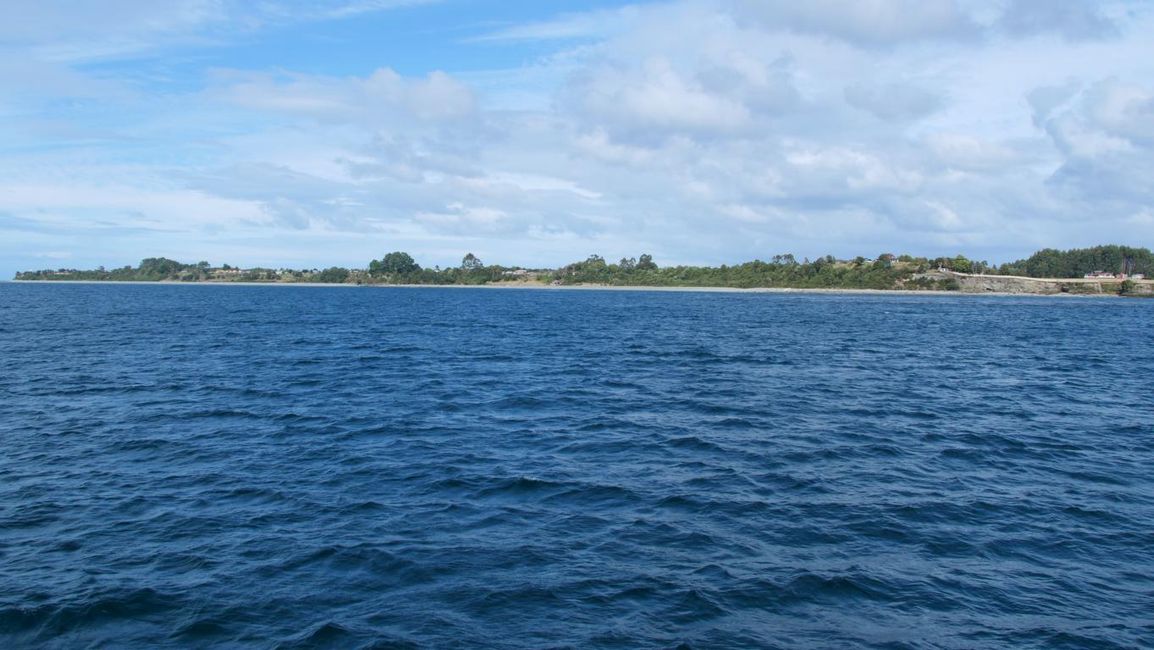
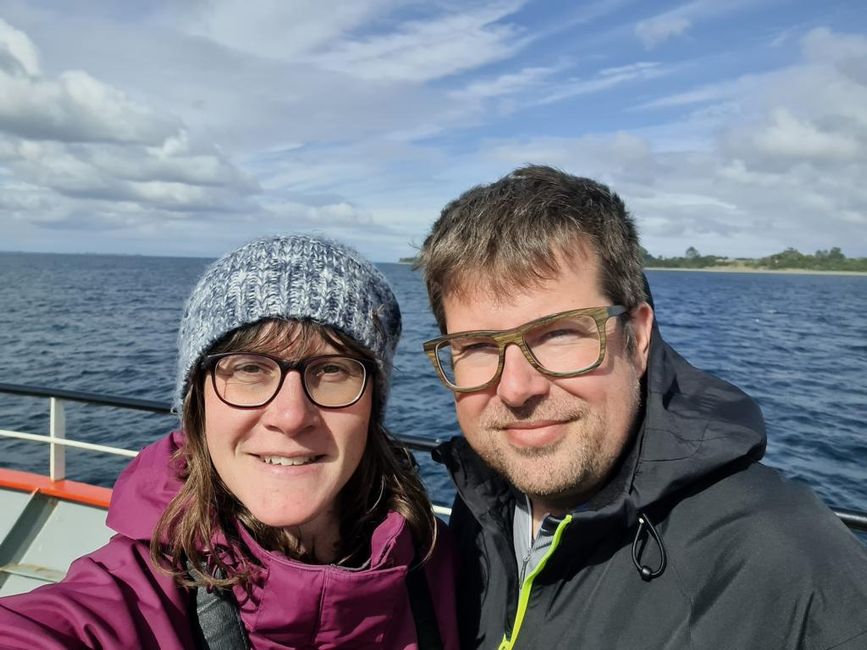
Tsarisa eka Xiphephana xa Mahungu
Shortly before 3 o'clock, the alarm clock rang and at 5.30 a.m. our plane took off from Santiago de Chile to Puerto Montt. We were now about 1,000 kilometers south of the capital. Further south in this case means away from the equator, close to Antarctica. So we unpacked our thick winter jackets at the airport in Puerto Montt. For the next few days, we had rented a car to explore the island of Chiloé. We went shopping and briefly visited the center of Puerto Montt. Then back to the airport to exchange the rental car. Every pothole and every hill made us think that the car was about to fall apart, something was broken. With an almost new VW, our tour really started. We drove southwest towards Pargua. There we took the ferry to Chiloé. We just got the last spot, then the gates closed and the ship set sail. The crossing took 30 minutes. By 2025, the Chacao Channel is supposed to be crossed by the longest bridge in South America, connecting the island to the mainland. We couldn't see anything on the water that looked like a finished bridge in two years, but maybe the Chileans are fast builders and will manage it by then. We reached the town of Chacao on Chiloé. The island welcomed us with rain, but according to the weather report, that's almost always part of it here. Chiloé is the second largest island in Chile after the main island of Tierra del Fuego. It is 180 kilometers long and 50 kilometers wide. We drove to Castro, the main town on the island. It was raining more and more, so we only dared to get out of the car for a typical meal - fish and seafood - and then we continued our journey. We drove through small towns with colorful wooden houses and past lush green nature. We spent our first night in the middle of nowhere. The GPS coordinates actually led us to the middle of nowhere, we were at the sea, but there was no house. We drove back so far that we had cell phone reception again, called the landlords and found the right location for the accommodation. A great wooden house with a view of the sea.
The next day we had a full schedule and, once again, it was raining. We drove slowly along small bumpy roads to the northwest. Our first destination was the Chiloé National Park. It was founded in 1983 and covers 43,057 hectares along the Pacific coast. We hiked for about 2 hours through dense, lush green forest and past swamps and bogs in a mix of rain and sun. Chiloé has a relatively mild but very humid climate and has very fertile soil. The national park is home to a Valdivian rainforest, a temperate rainforest with an evergreen and cold-temperate ecosystem. Our next destinations were some churches. The Jesuits began the mission of the Huilliche Indians. What remained were 150 colorful wooden churches from the 17th century. Nowadays, 16 of them are on the UNESCO World Heritage List. We visited the churches in Chonchi, Vilupuli, Castro, and Dalcahue. Next, we had some nature on the program again with the Tocoihue Waterfall. The water falls 30 meters surrounded by green vegetation. We had plenty of space to observe the panorama because we were all alone since it was still raining. About 25 kilometers further north, near the town of Quemchi, is the small island of Aucar, which can only be reached via a 600-meter-long wooden bridge. We walked along the bridge and could observe many different birds bathing and feeding. The island is completely occupied by a chapel and a cemetery. Just under an hour's drive lay ahead of us and then we reached our accommodation in the middle of nowhere, our own little house with a view.
And our view in the morning was fantastic. Mist hung in the green woods and the sun hardly had to hide behind clouds today. We enjoyed the great view and the blue sky with a walk on Cerro Pico de Novio. Someone had the idea to build the "Hand of Chiloé" and show tourists his view. Very clever. Our next destination was a very special one. We wanted to observe penguins. We drove to the beach from where the boats to the 3 small Punihuil islands in the northwest of Chiloé depart. This is the only place in the world where Magellanic and Humboldt penguins can be seen at the same time. The animals come here in the Patagonian summer to lay their eggs and raise their young. Unfortunately, we were about a month too late, the penguins were only there until early March :-(. So we took an extensive beach walk and then headed to the small town of Ancud, about 30 kilometers away. We ate delicious seafood, had a coffee, strolled through the small streets of the town, visited another wooden church, and looked at the remains of Fort San Antonio. It was one of the last bastions in Spanish hands in South America. At 3:30 p.m. we took the ferry back to the mainland. The island is really a great, worth seeing and versatile place and still far from mass tourism. Arriving on the mainland, we continued driving to Puerto Montt for one more night.
Tsarisa eka Xiphephana xa Mahungu
Nhlamulo (1)
Ute
Einmal mehr wunderschöne Bilder, vor allem die mit dem Nebel 👍😍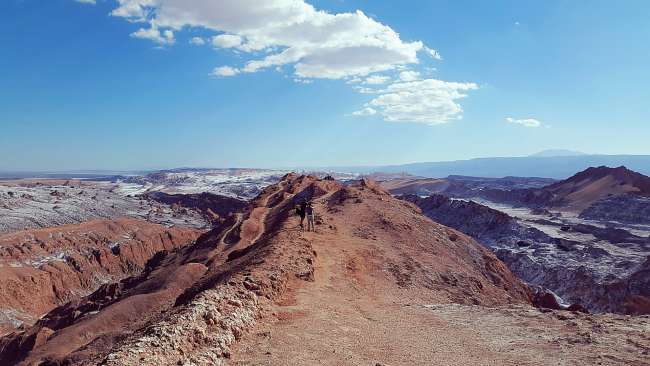
Swiviko swa maendzo Chile
